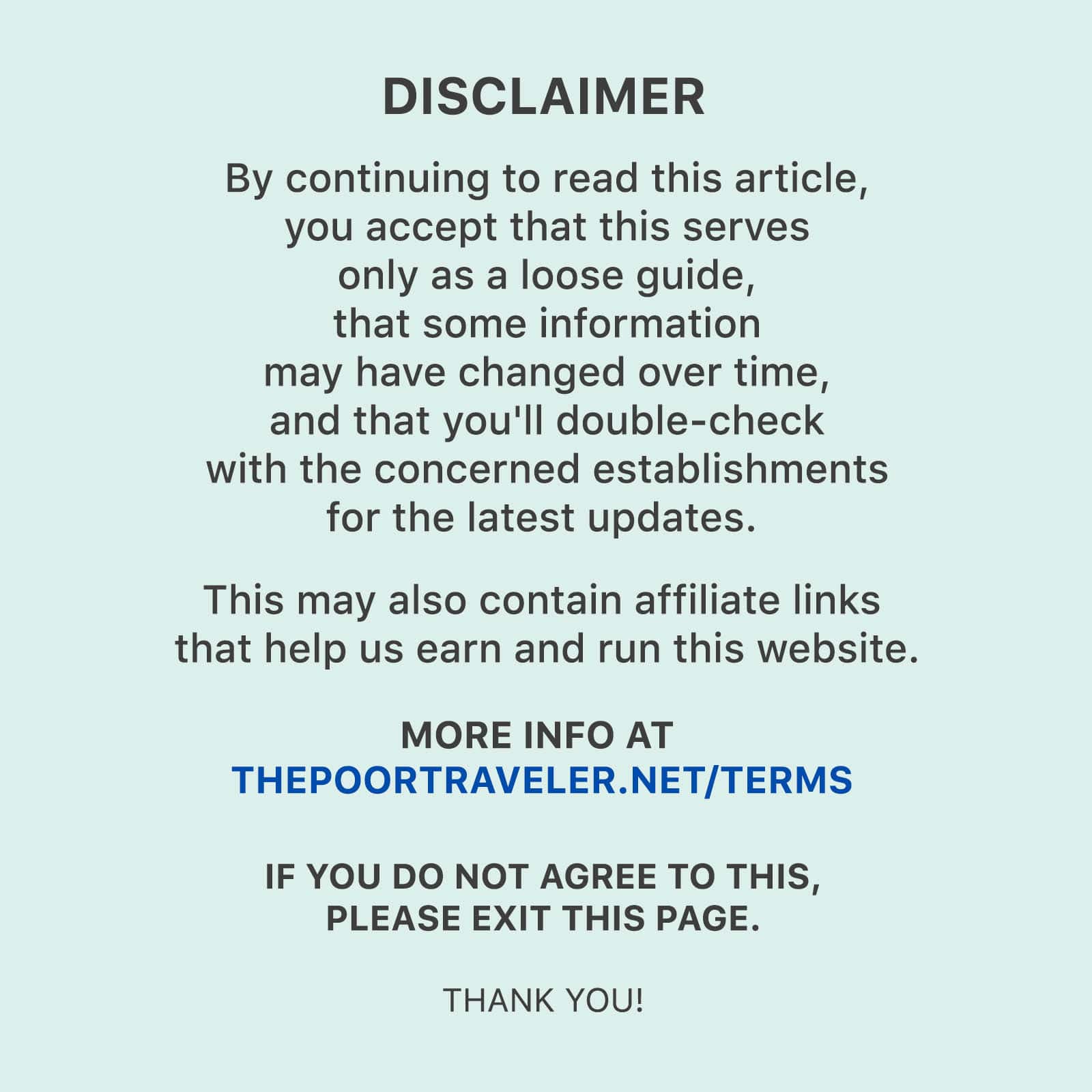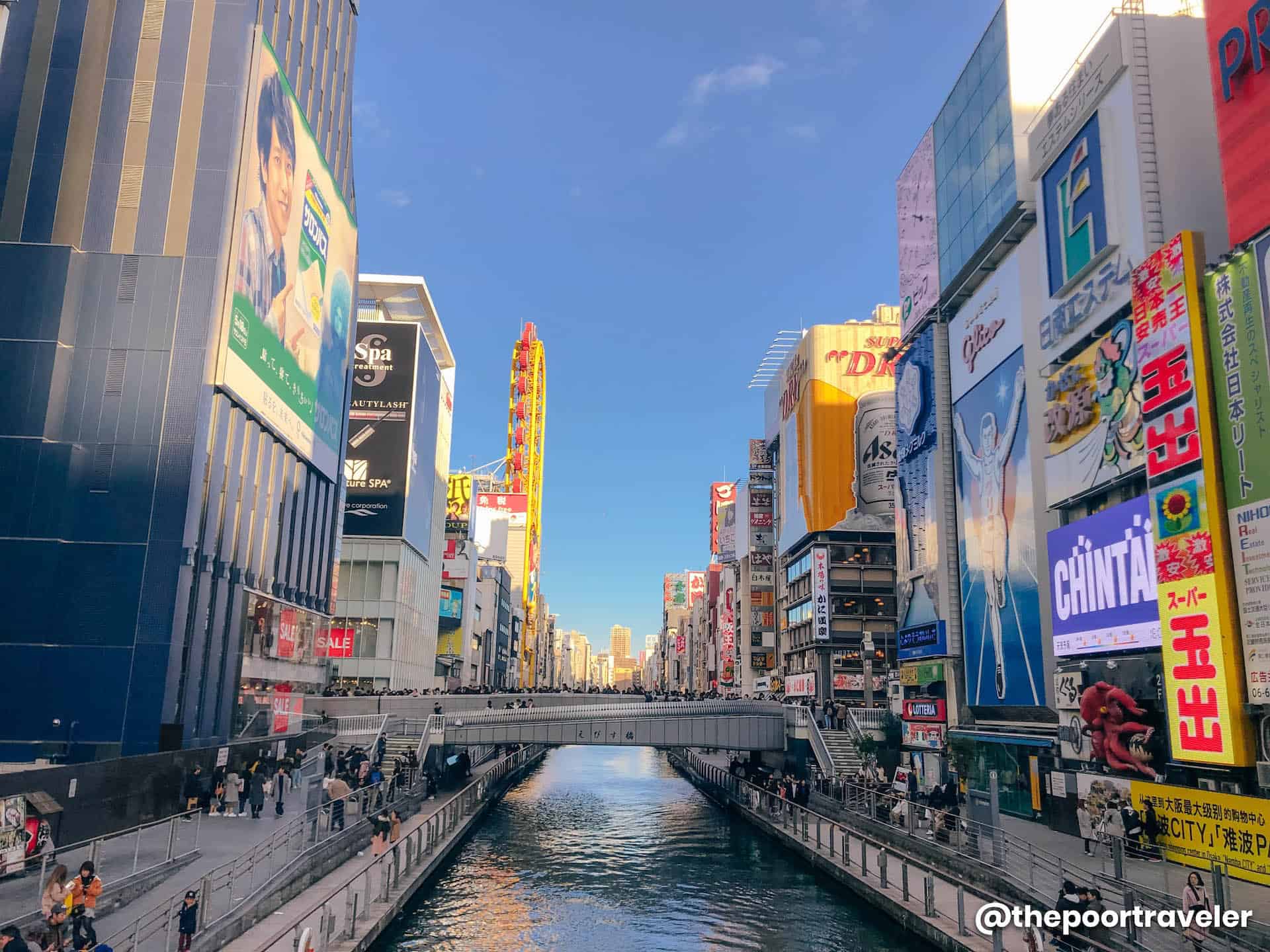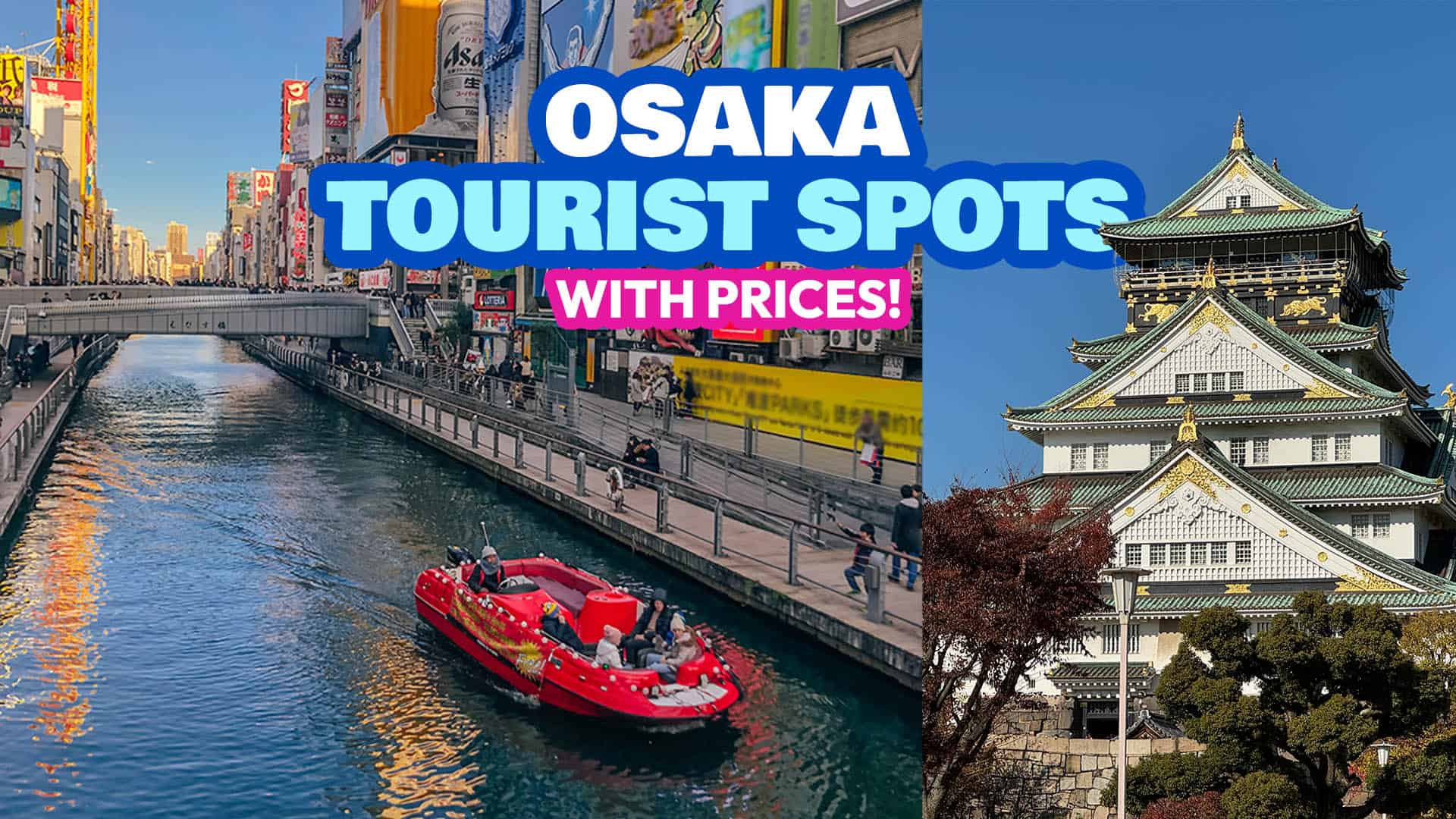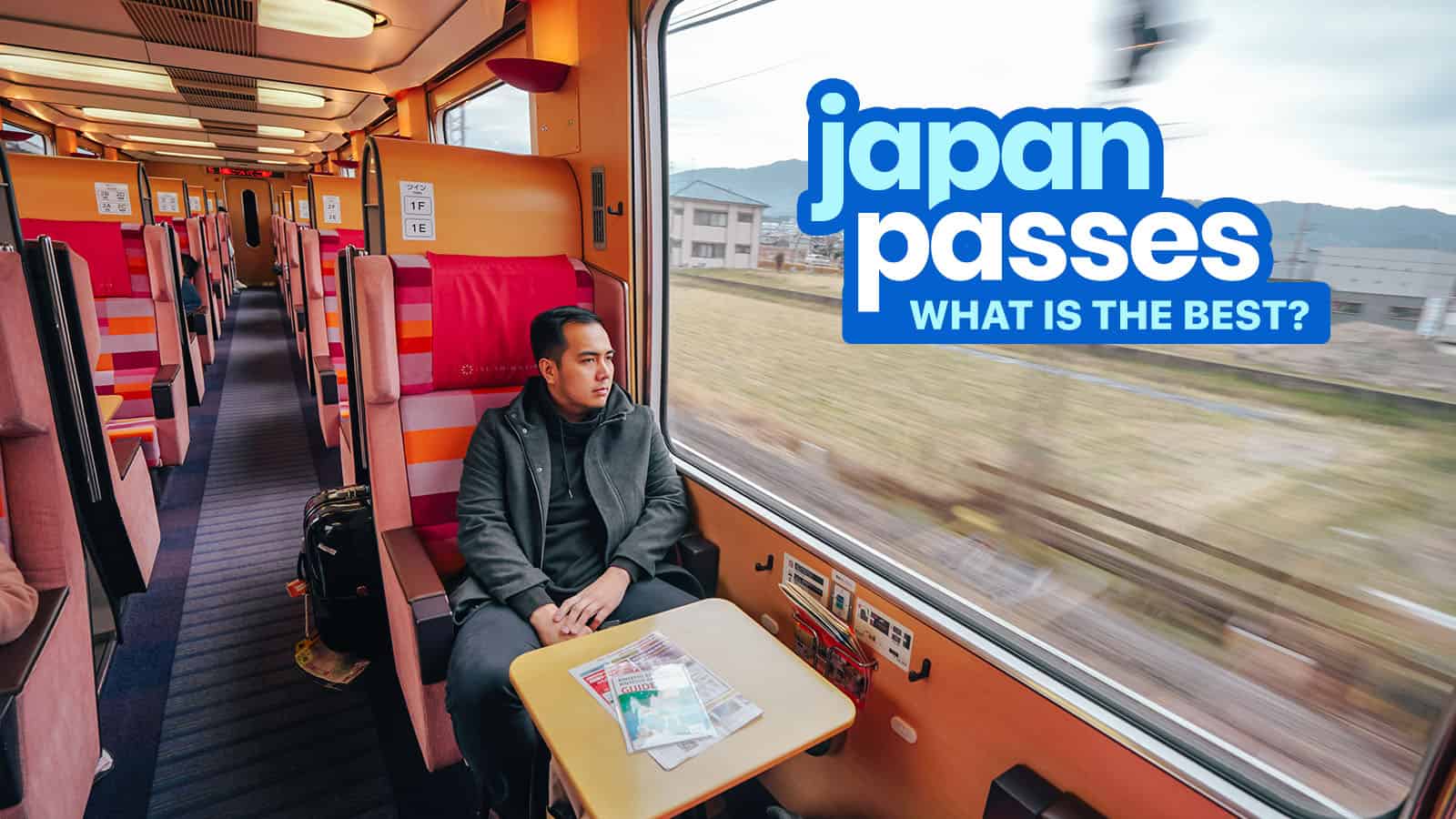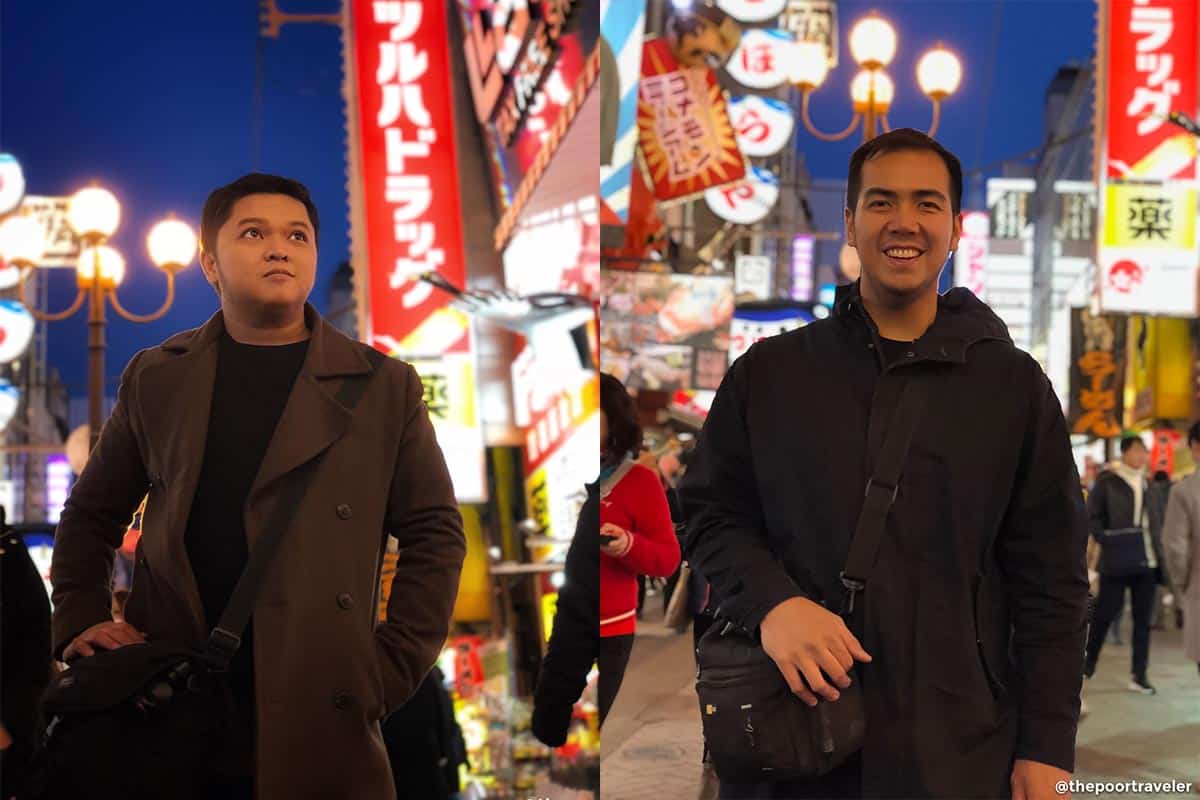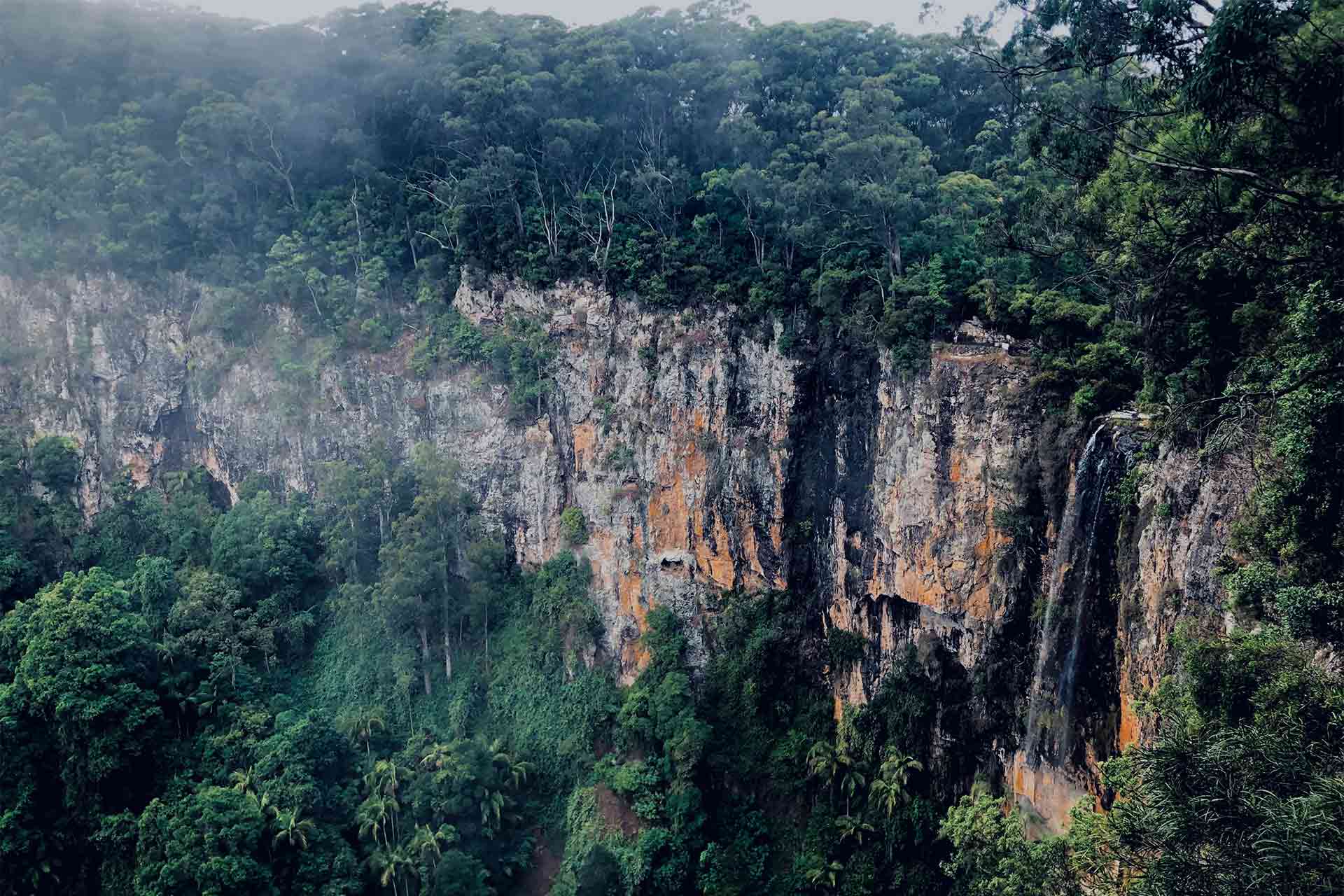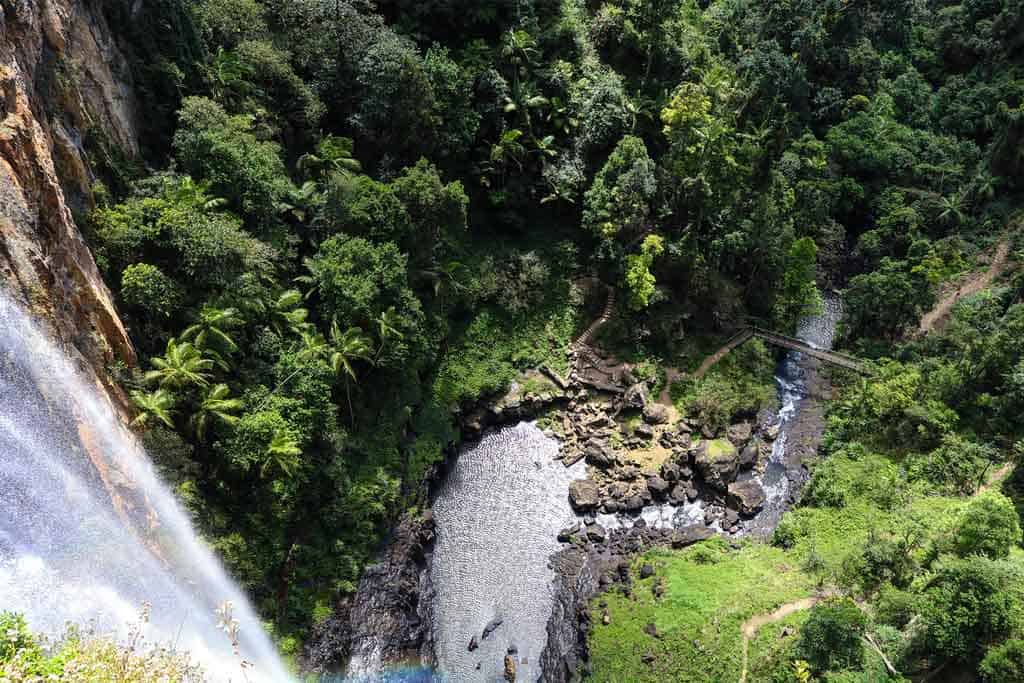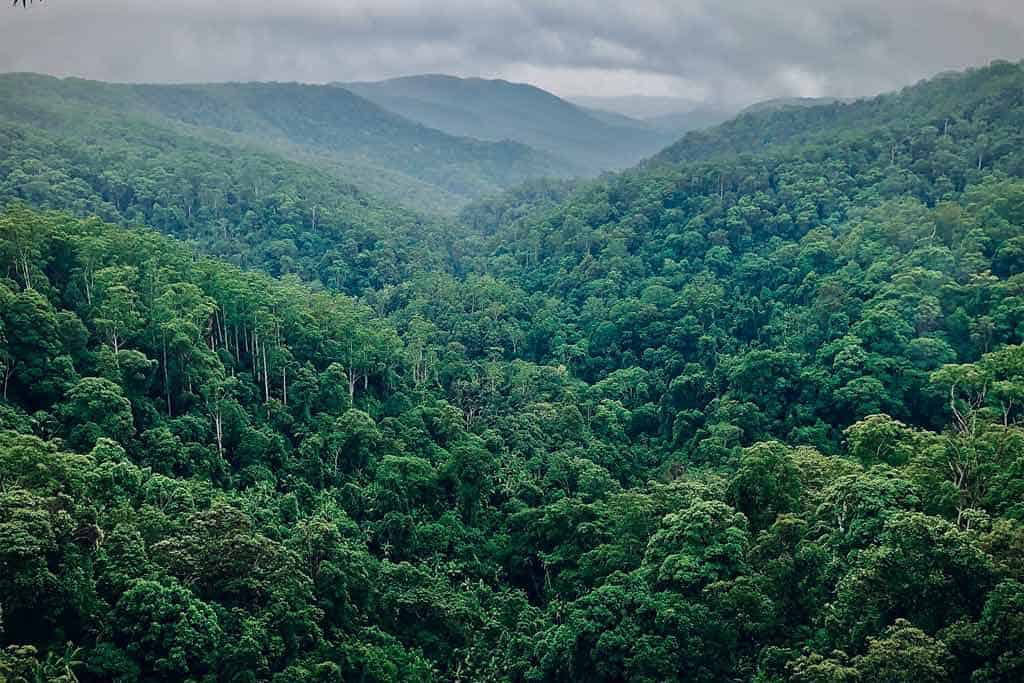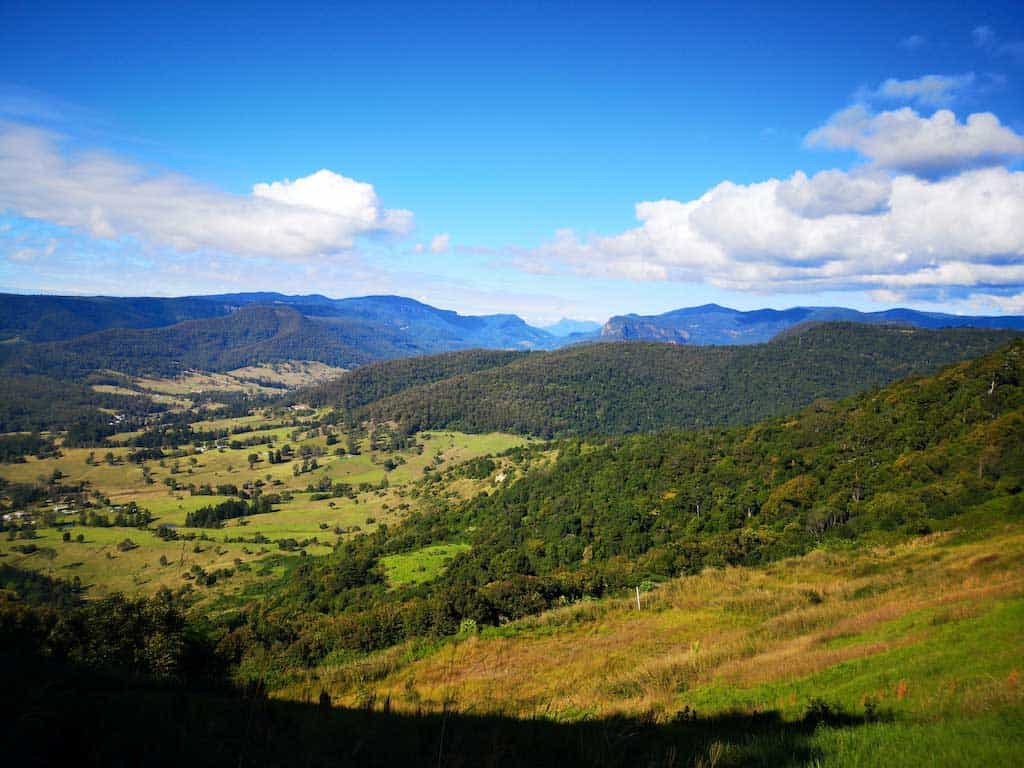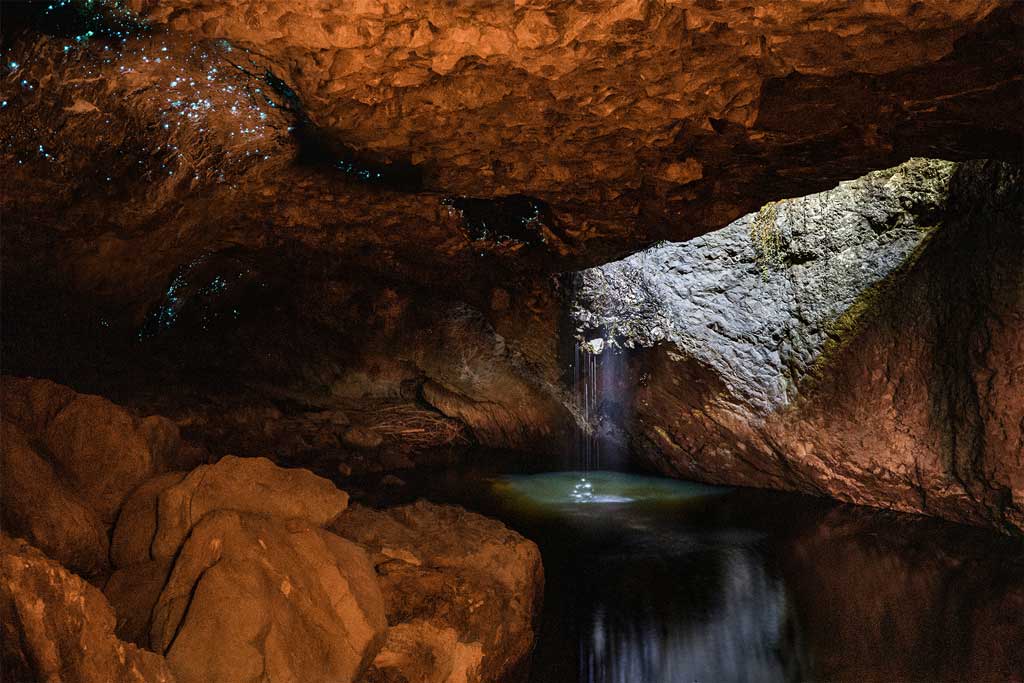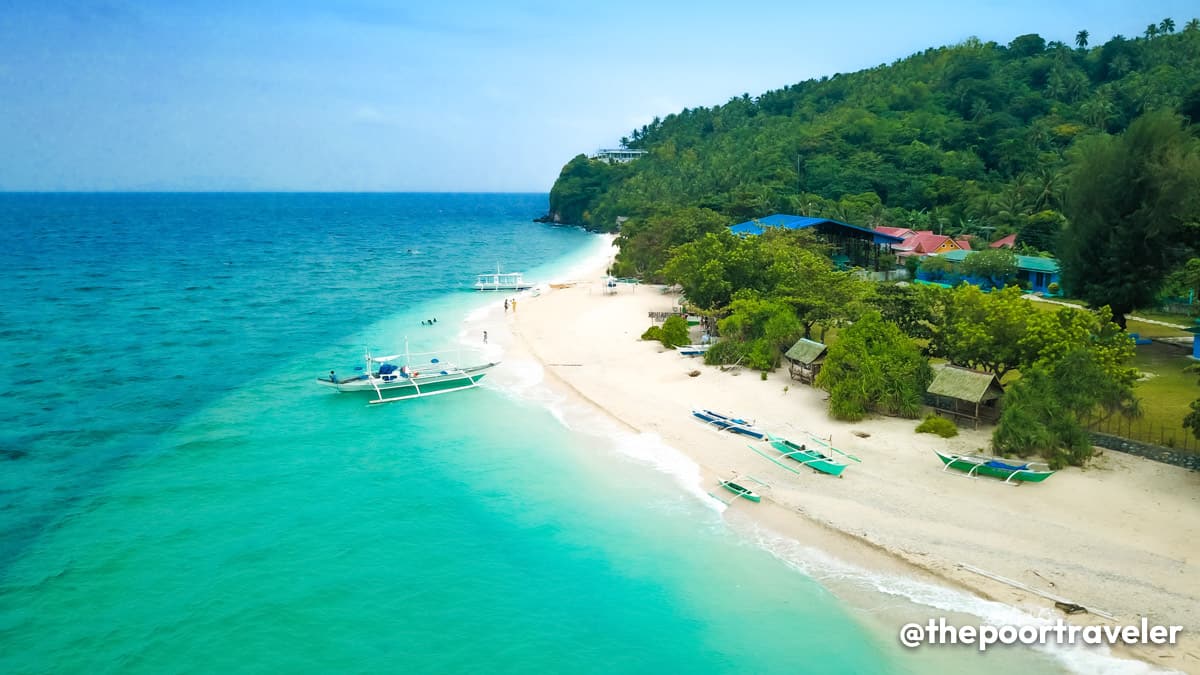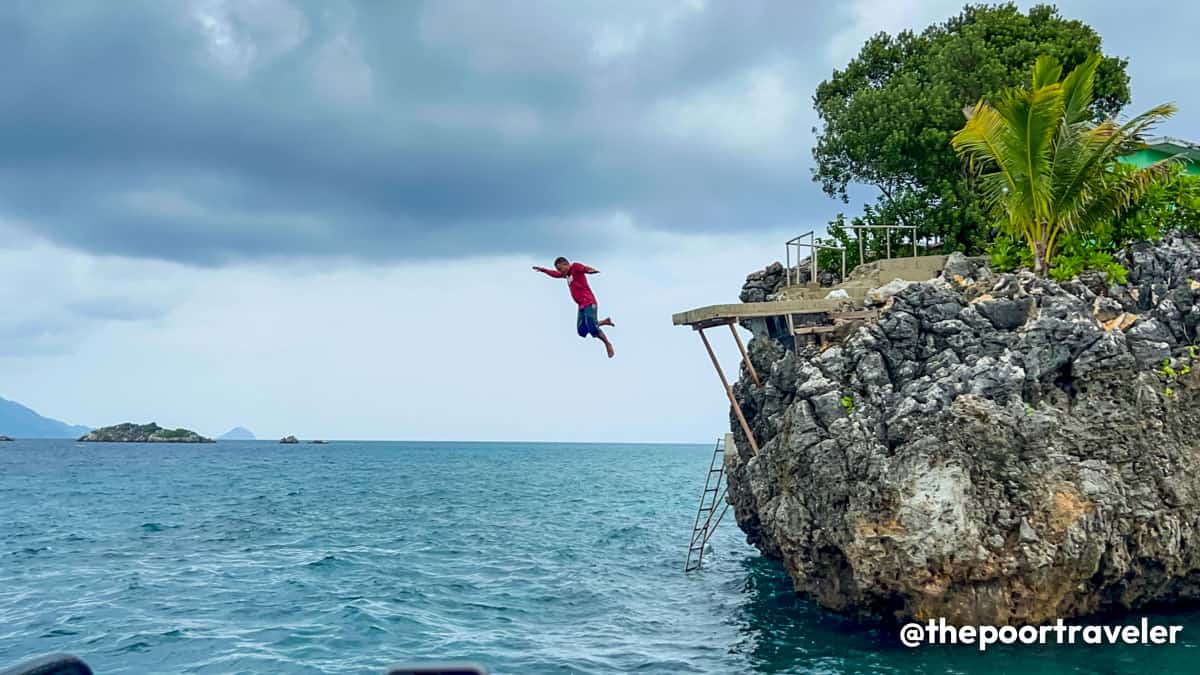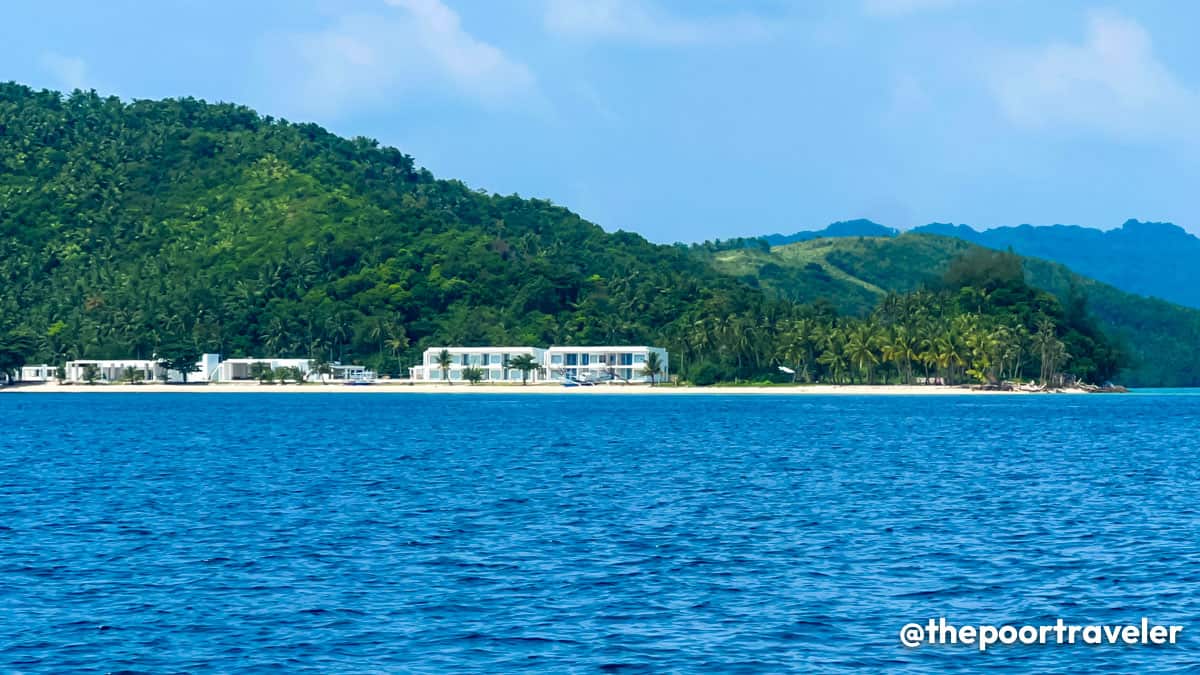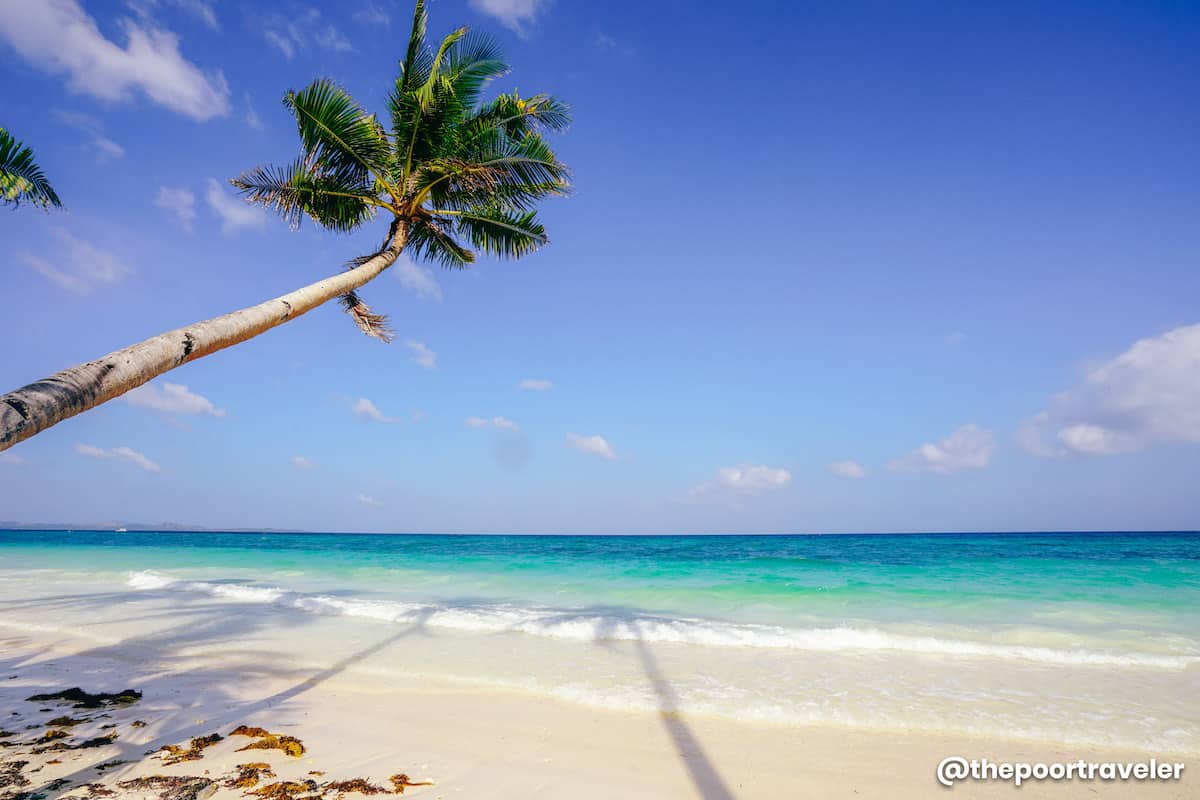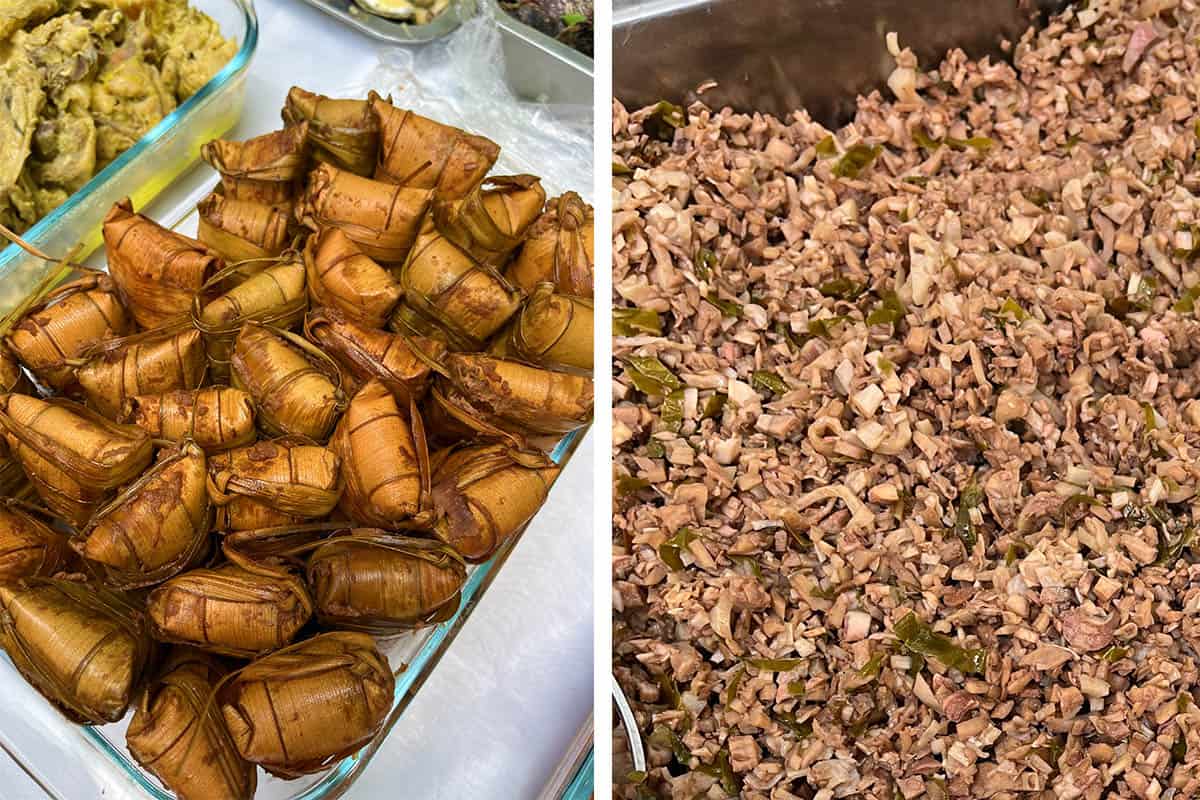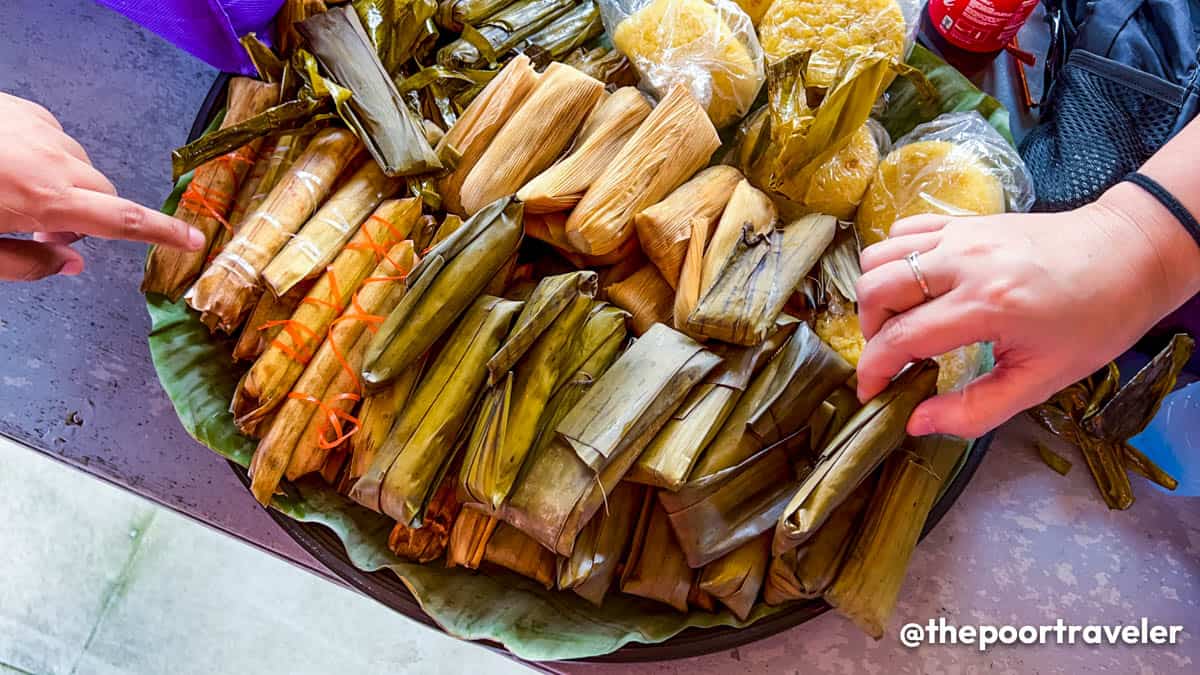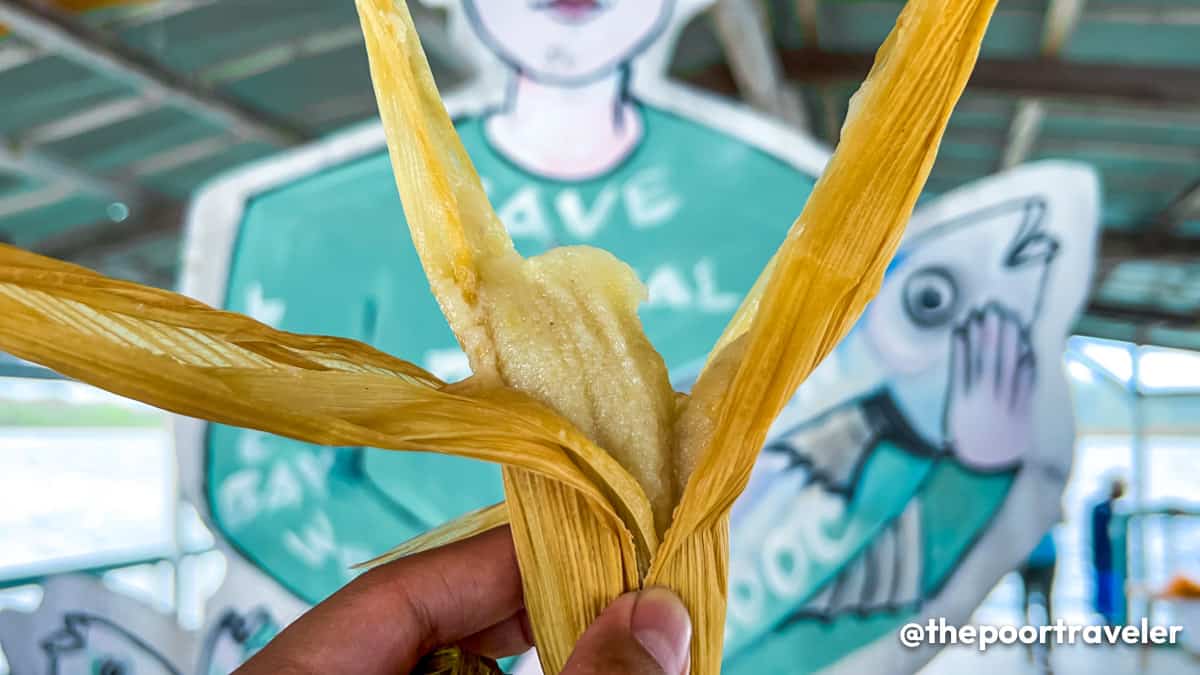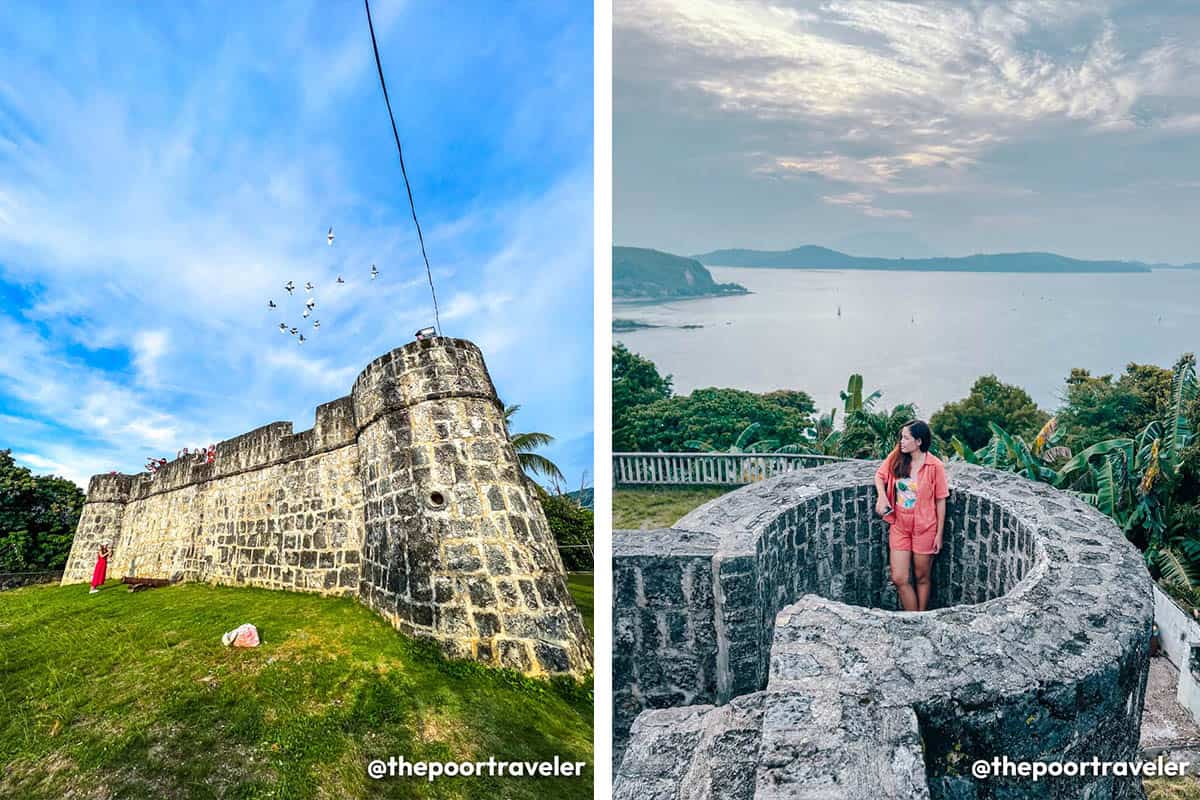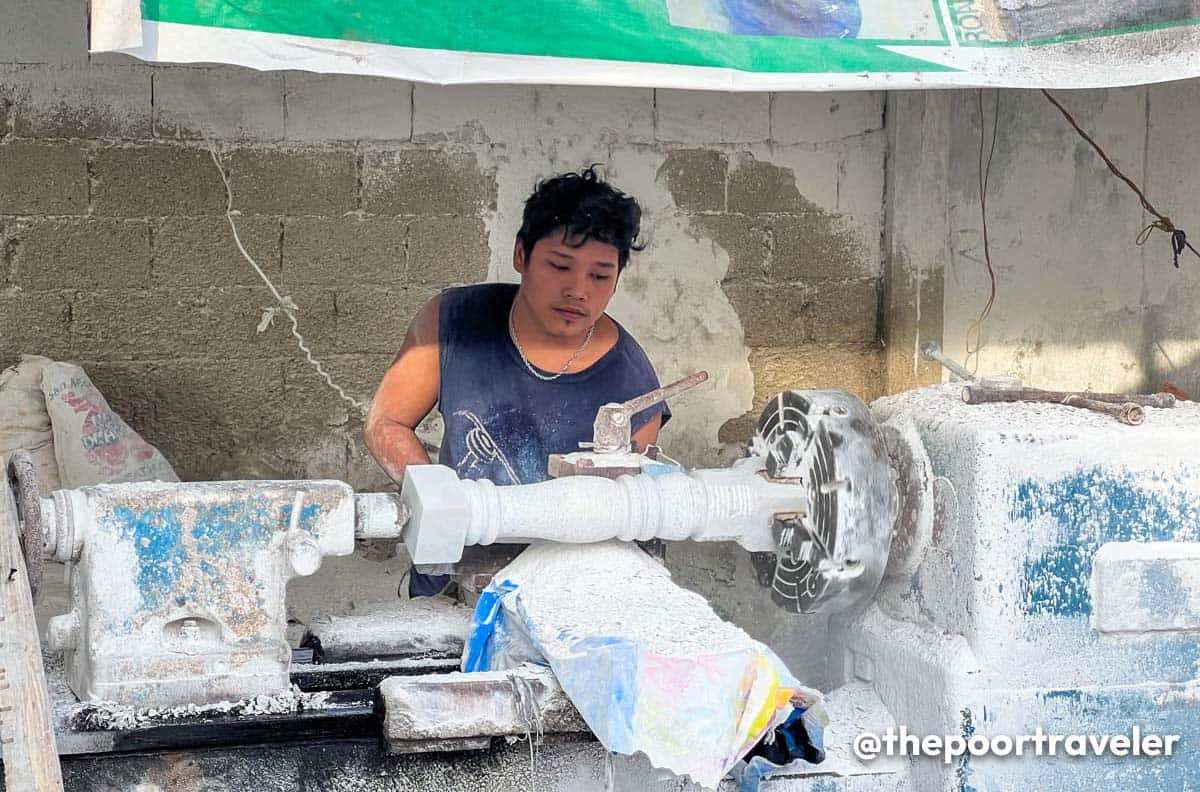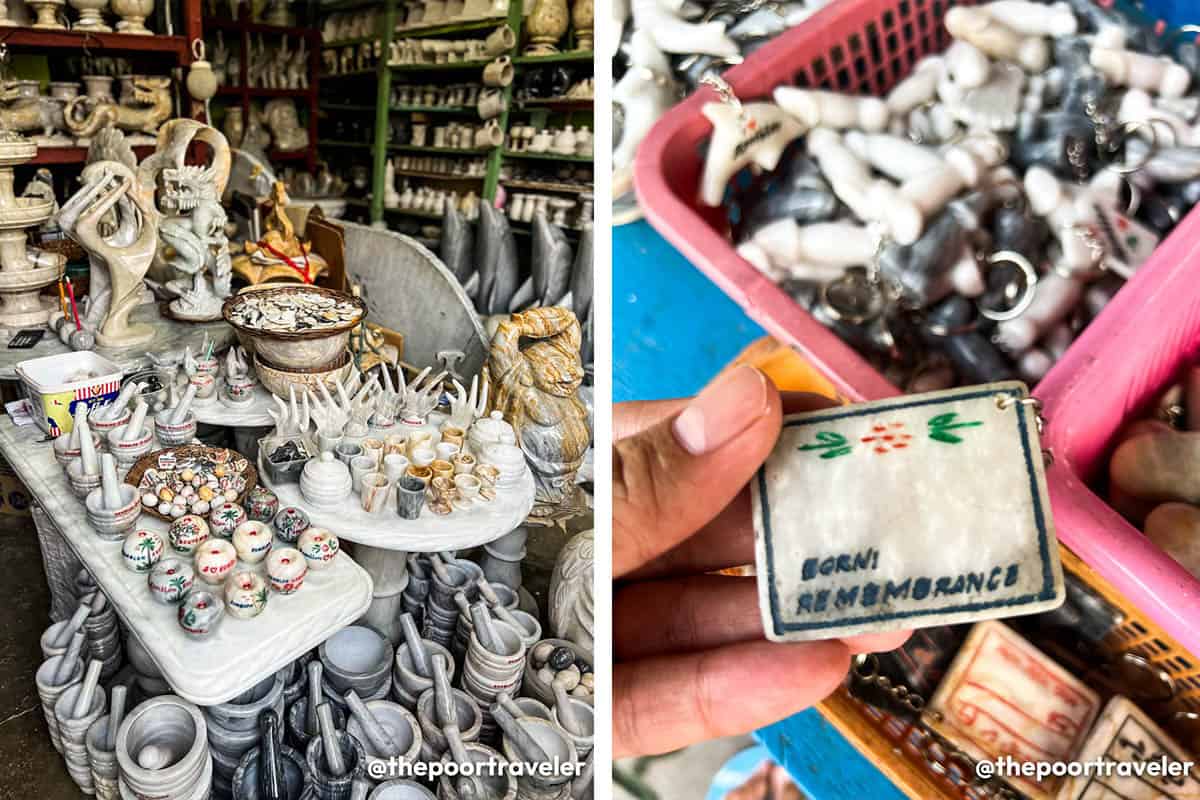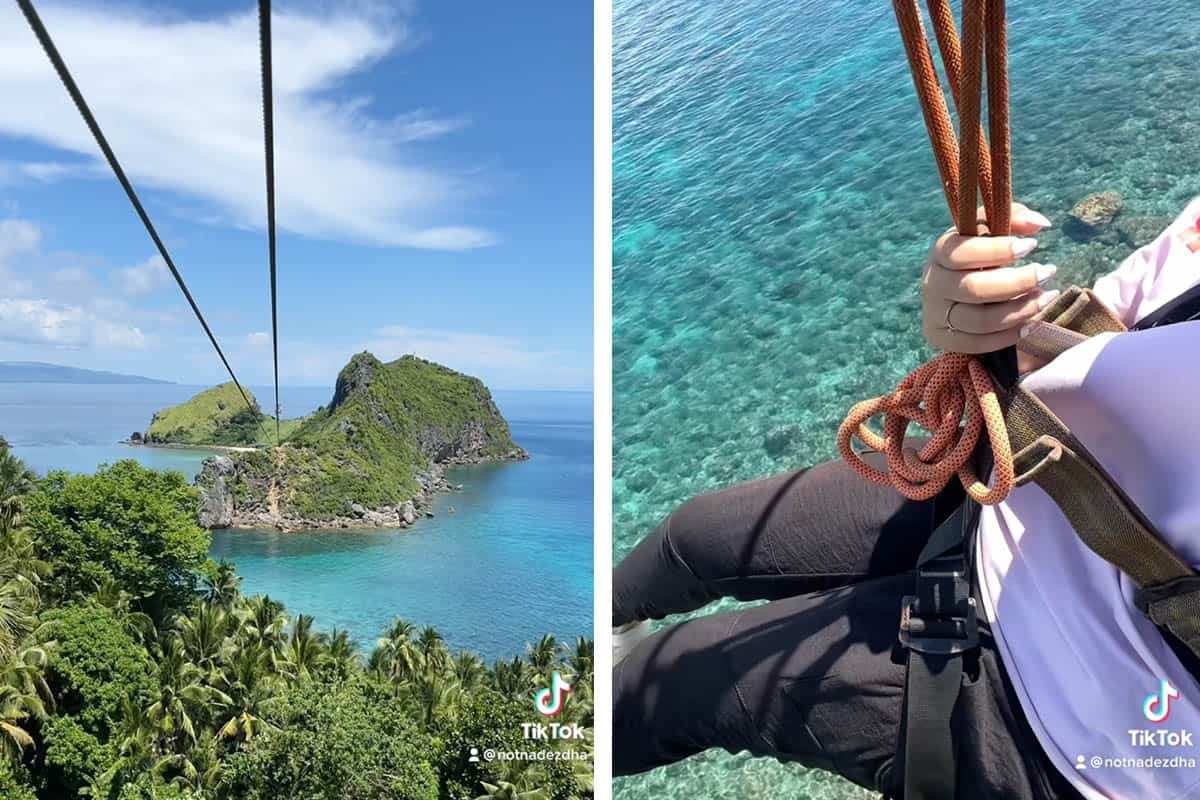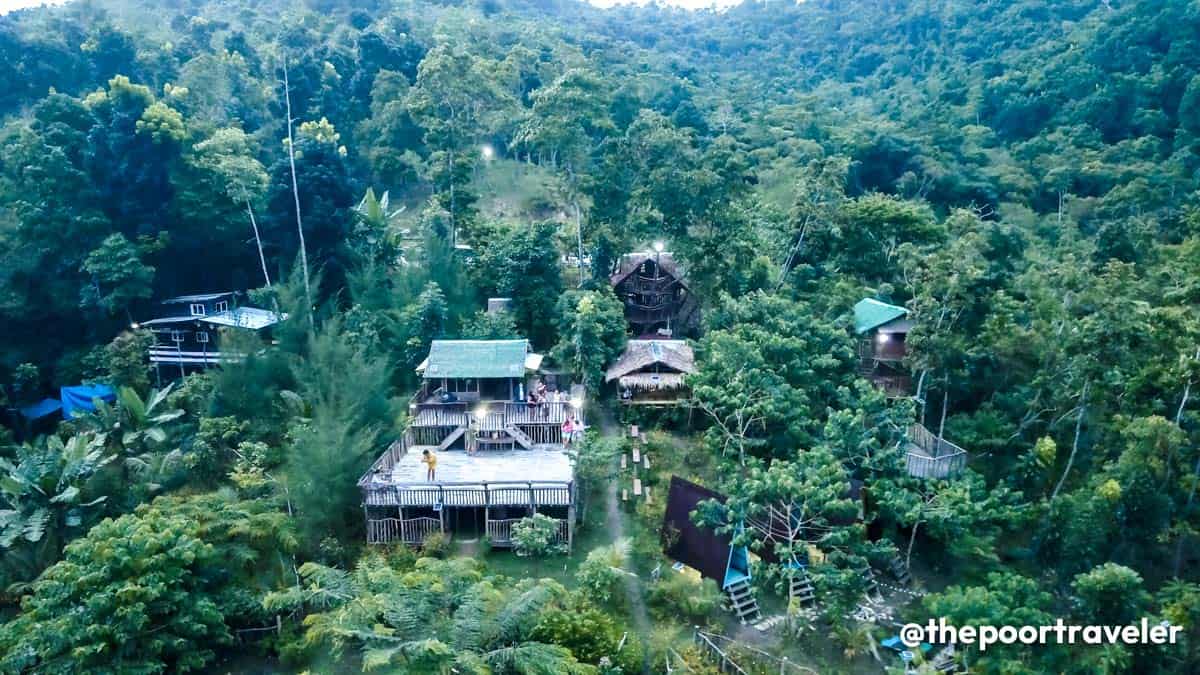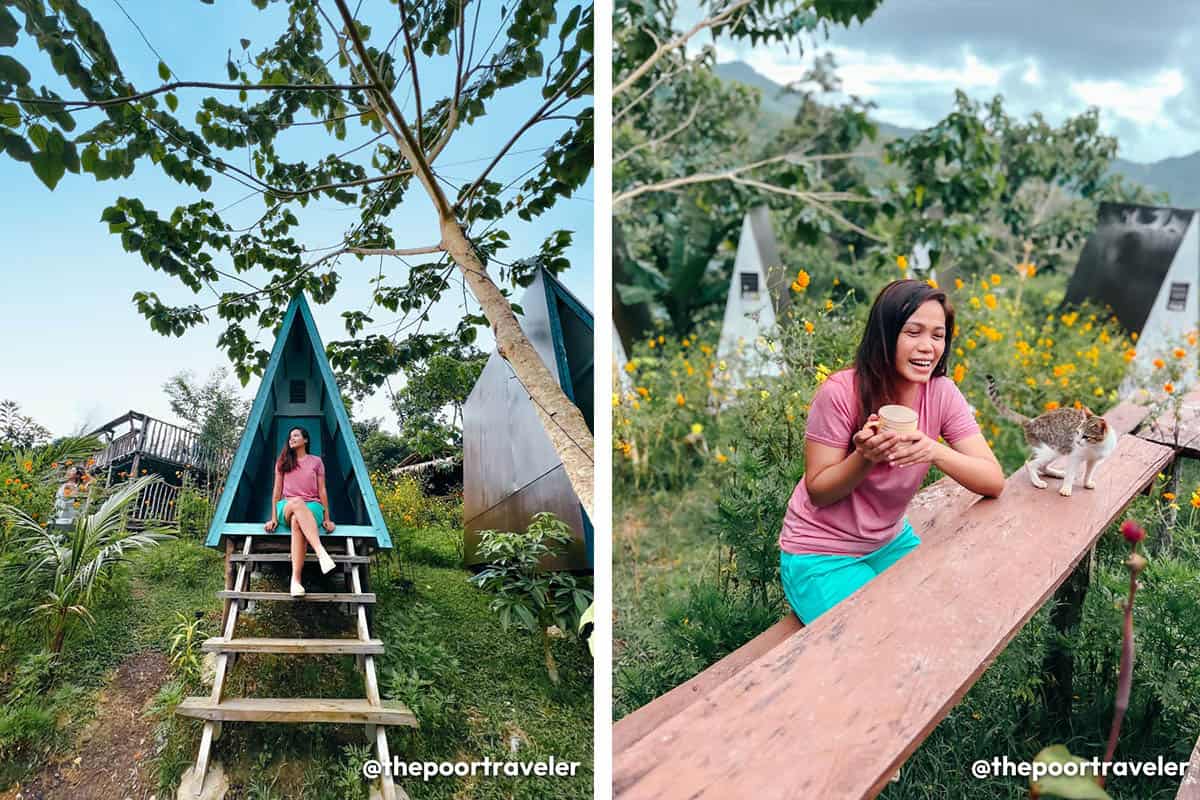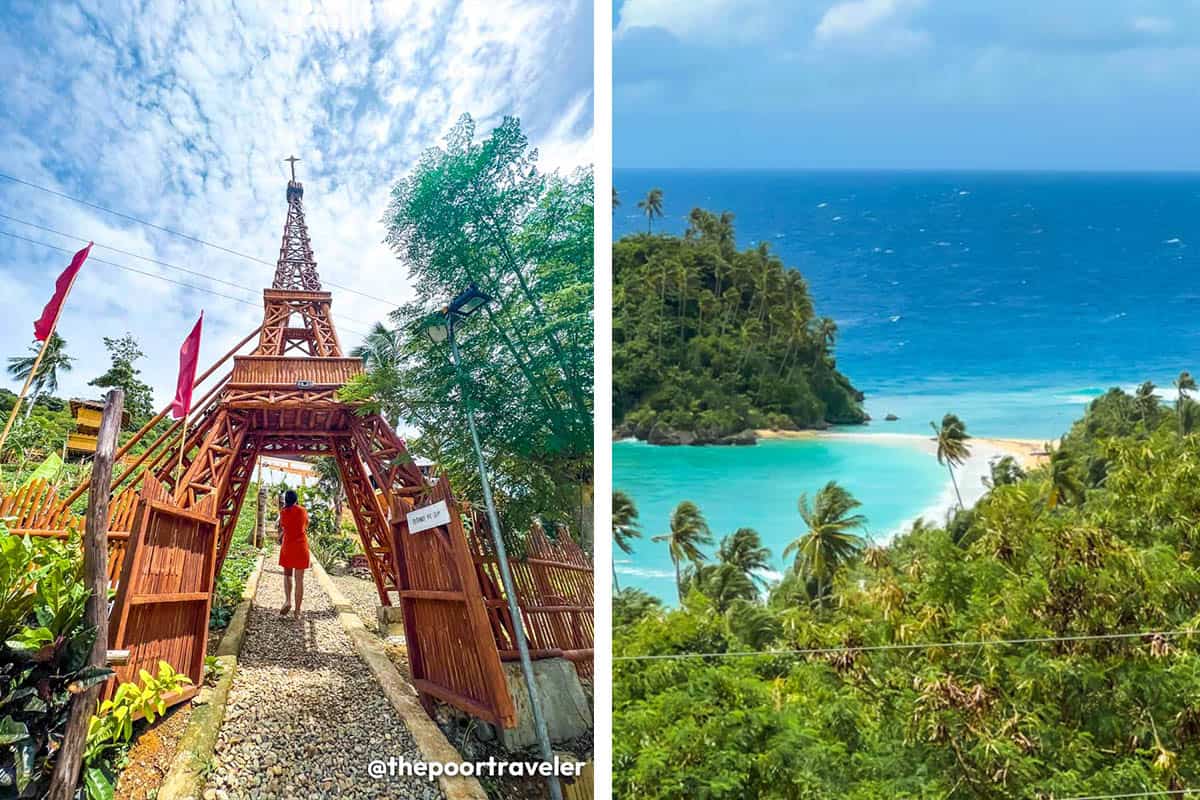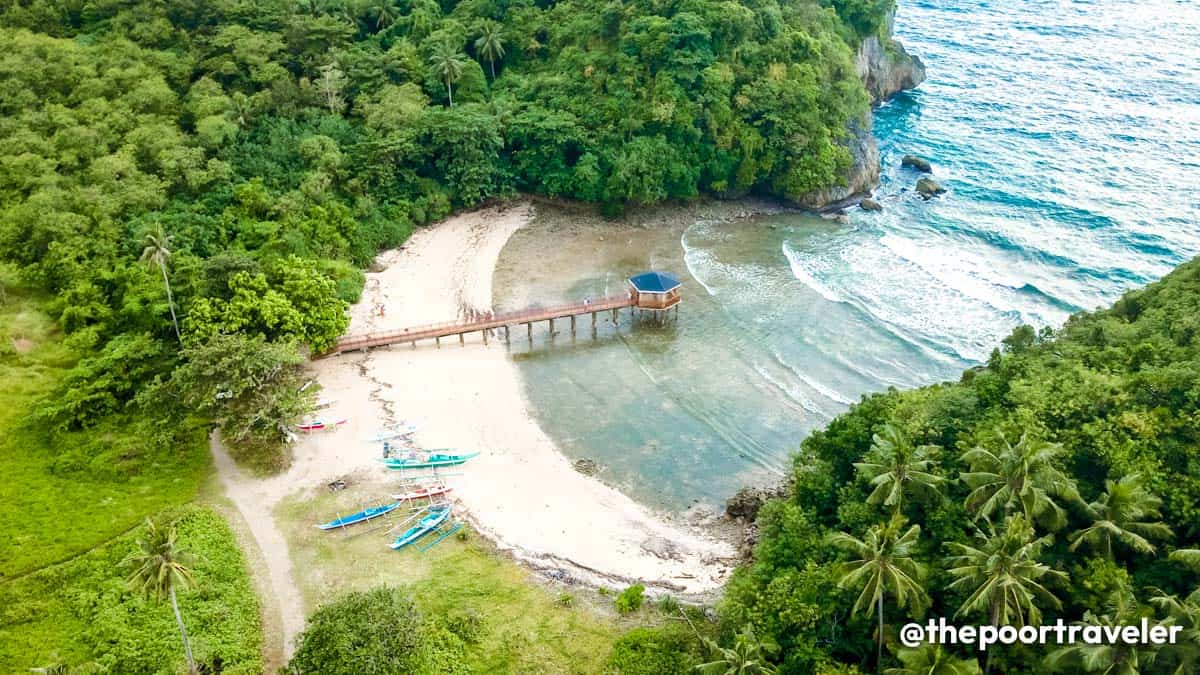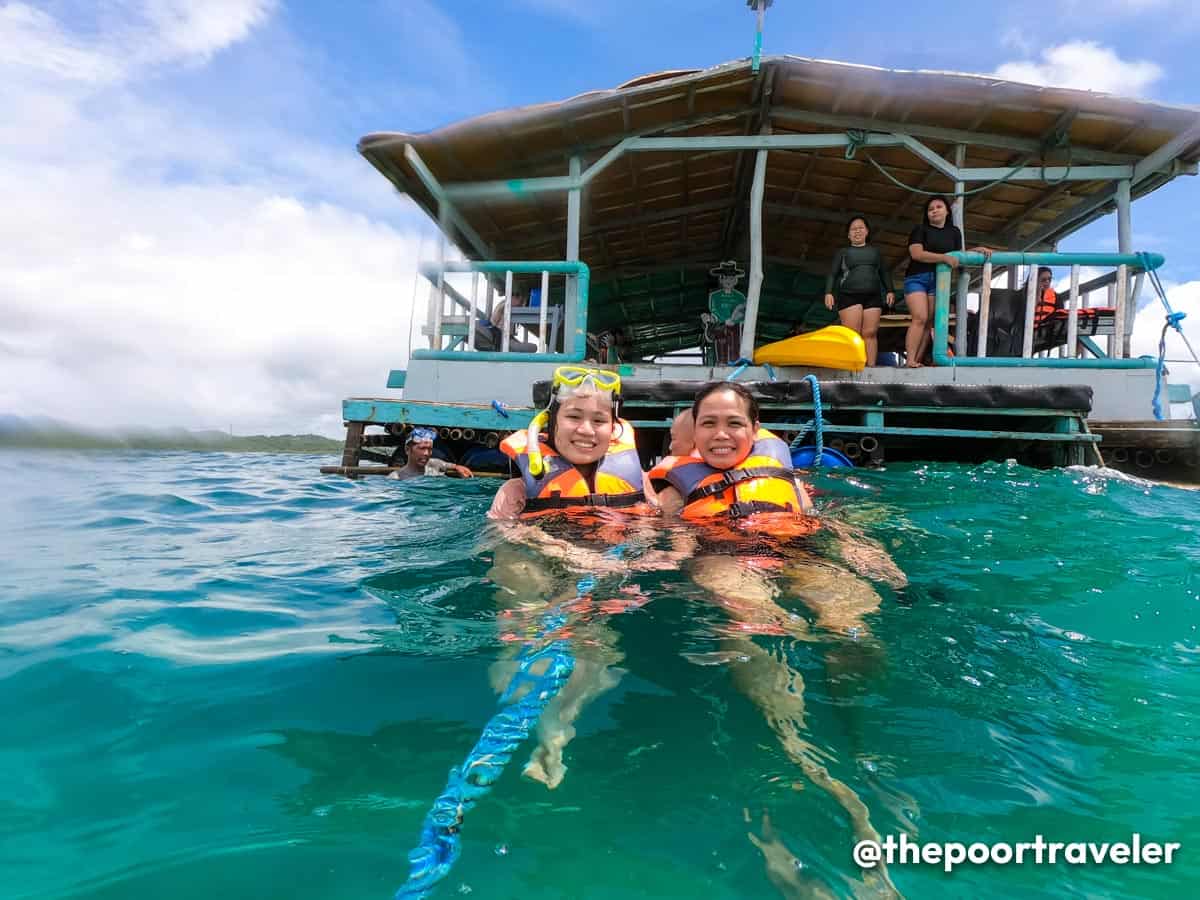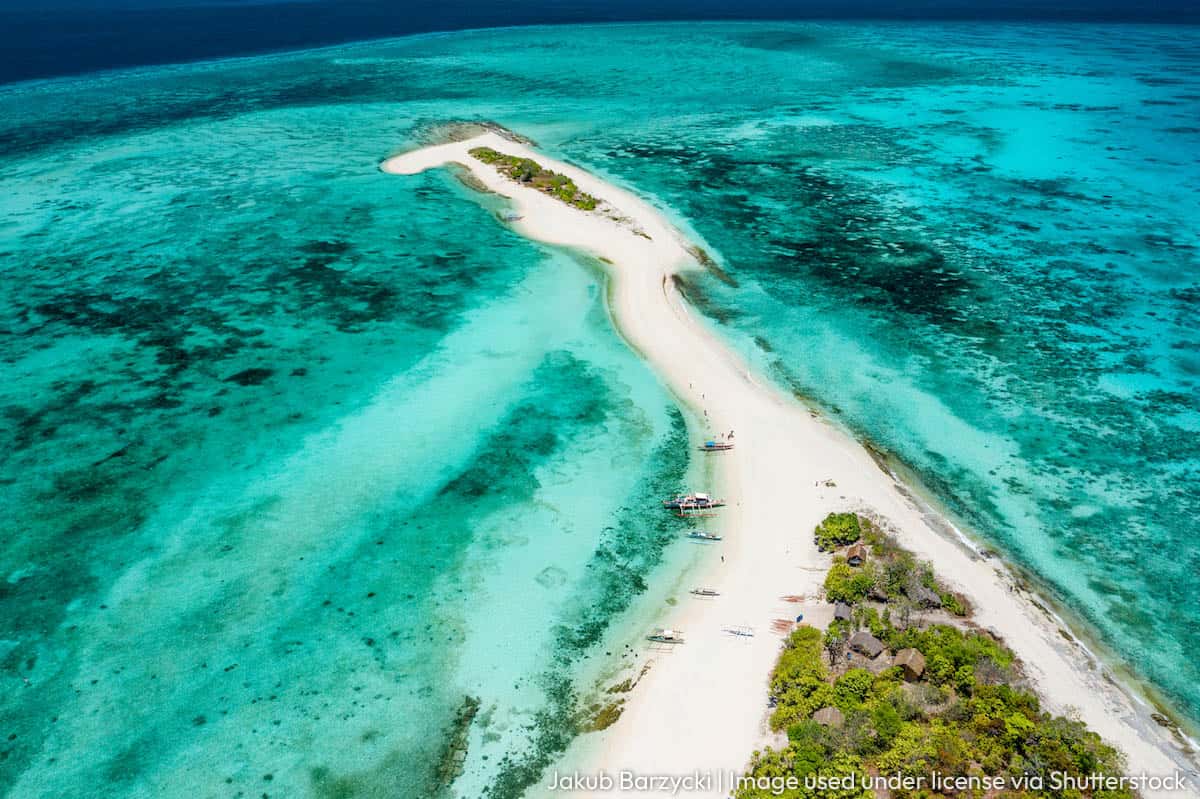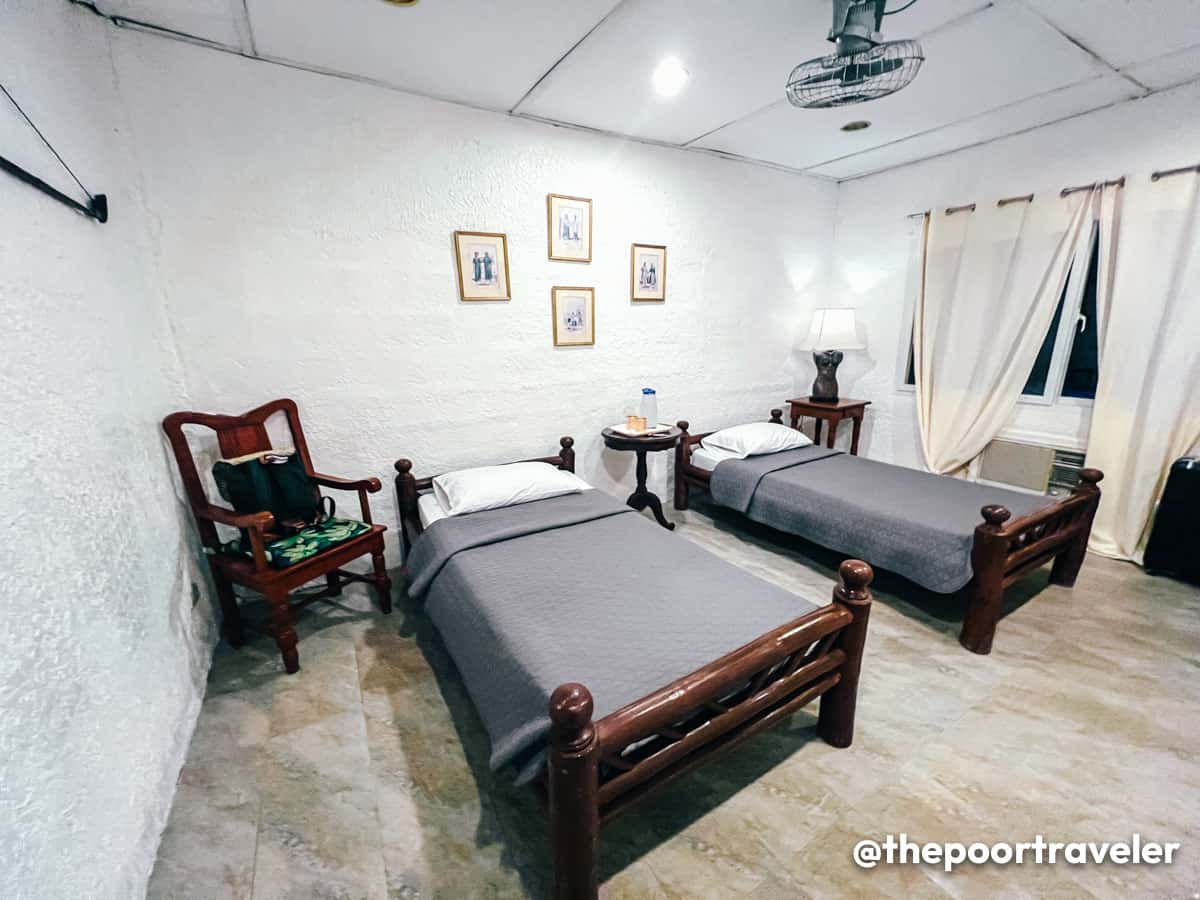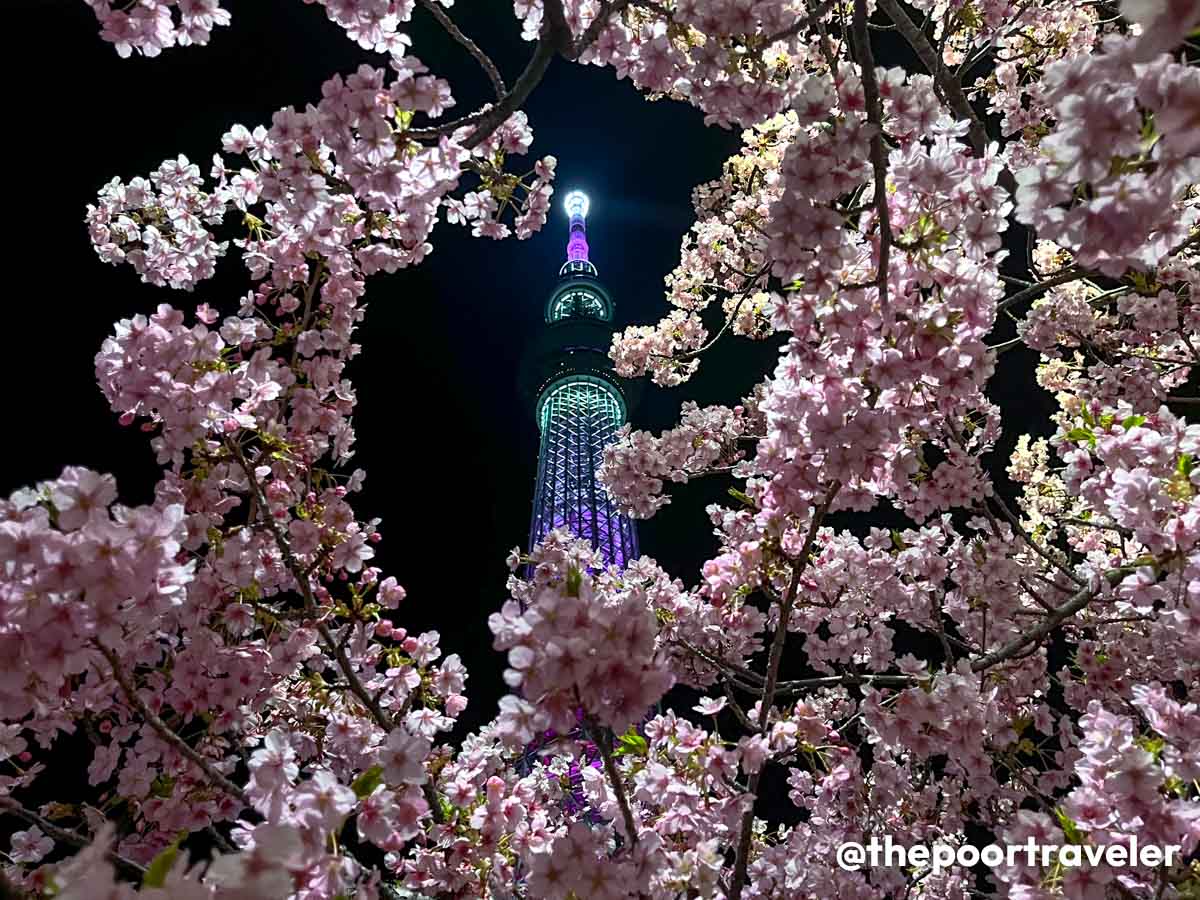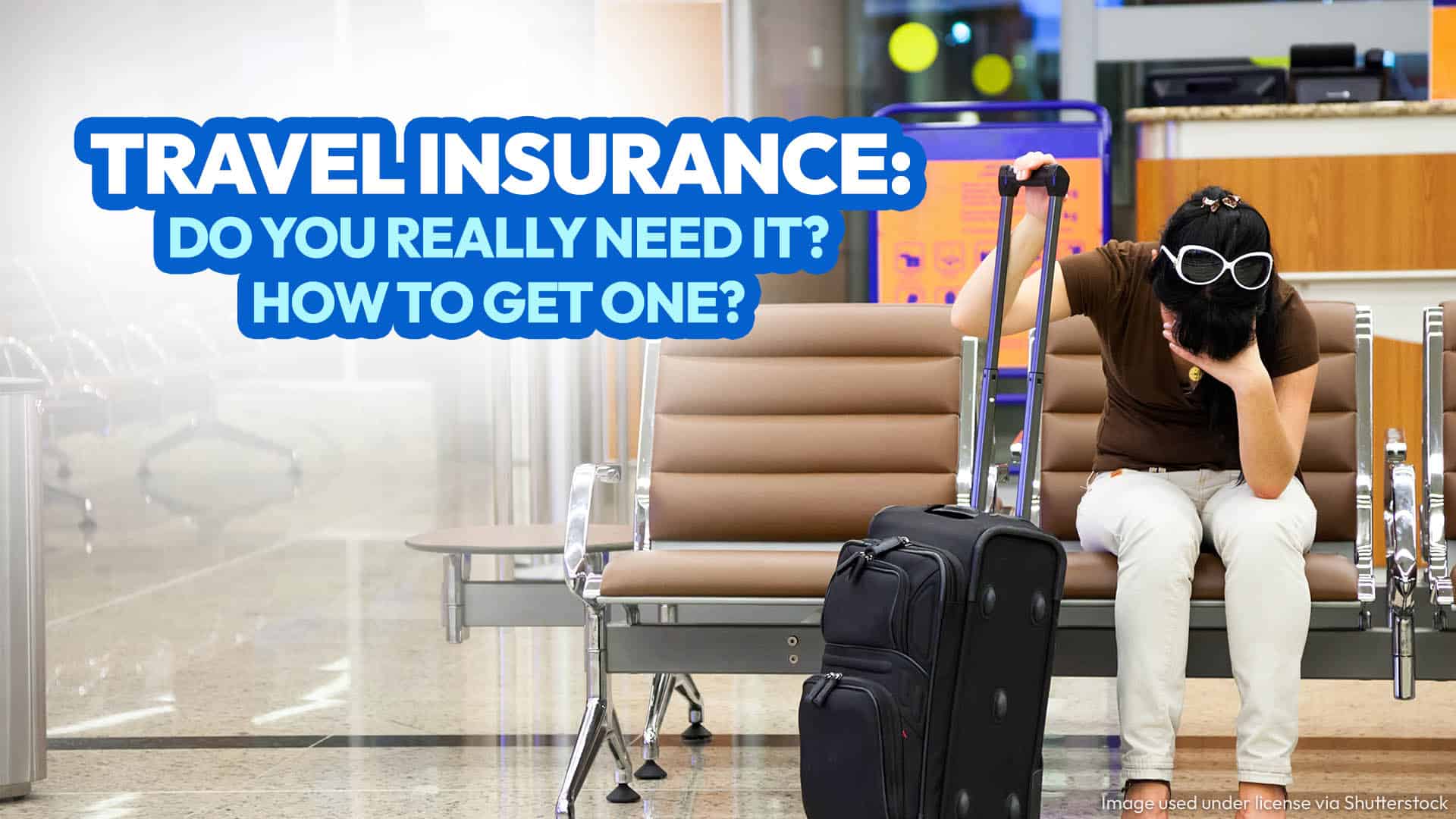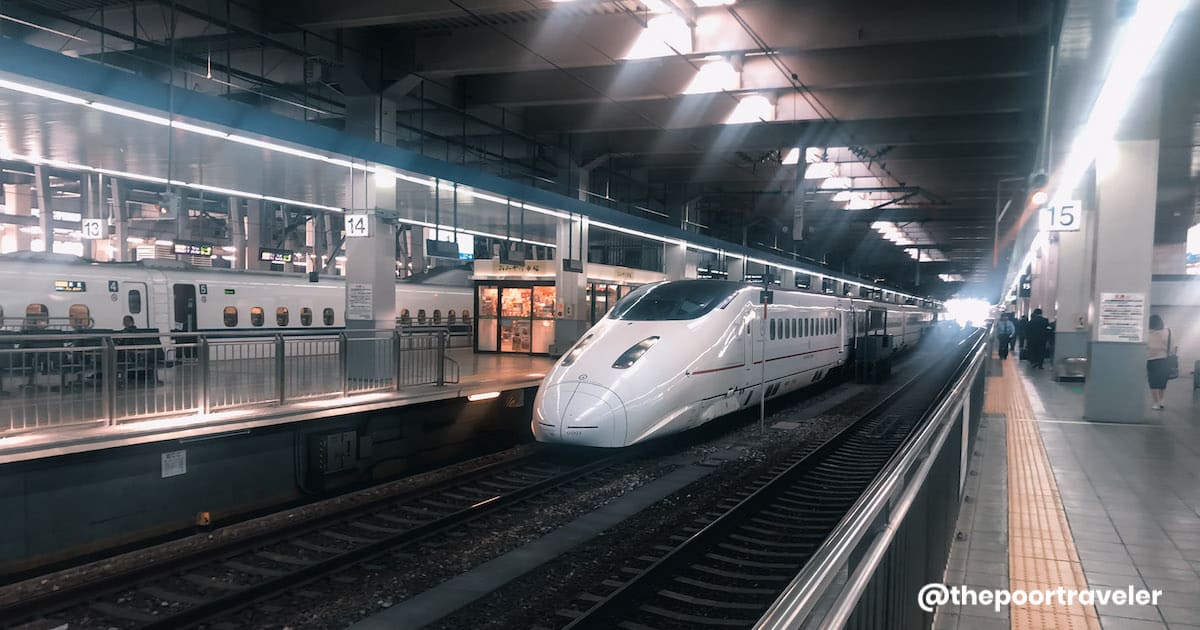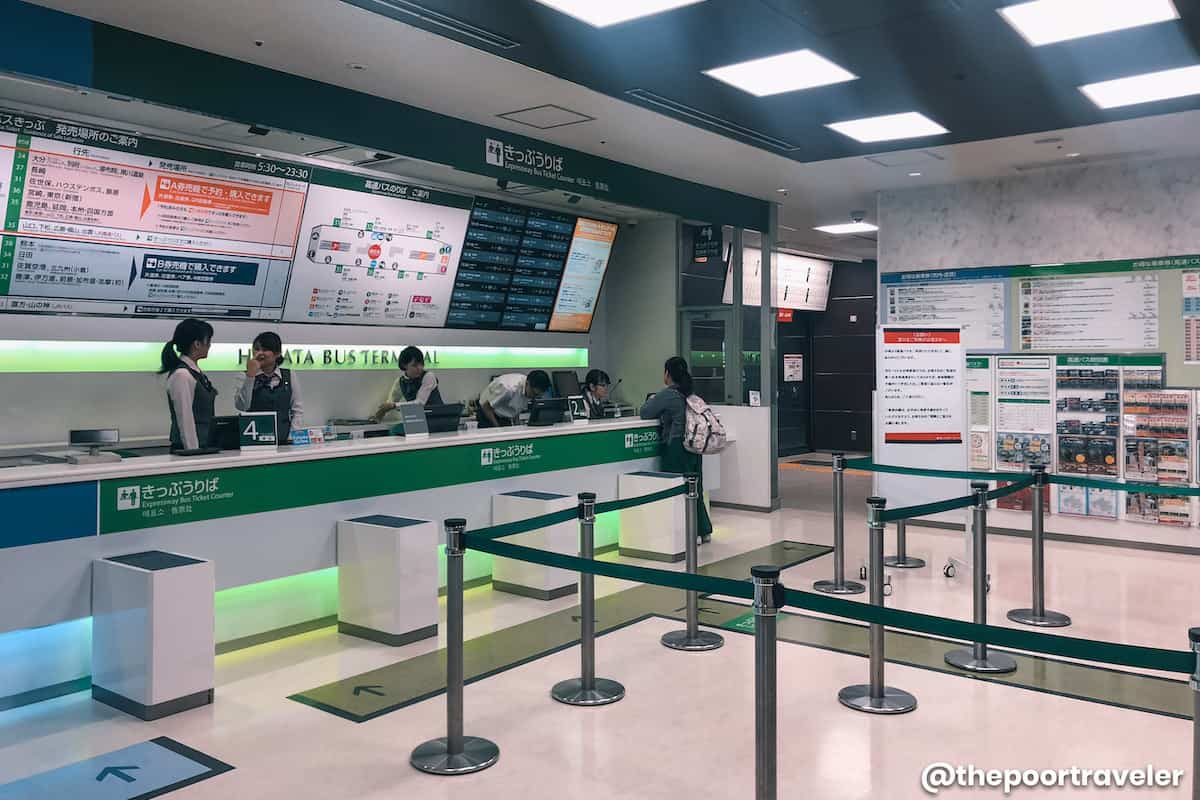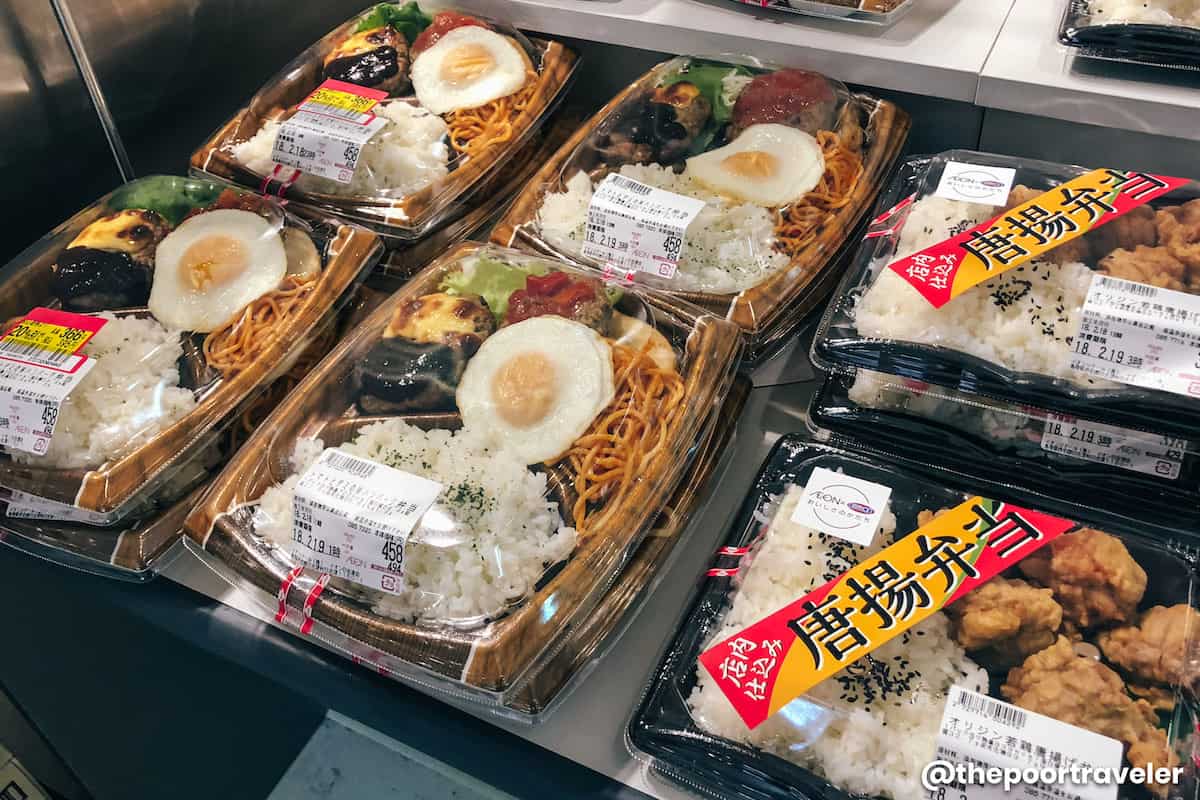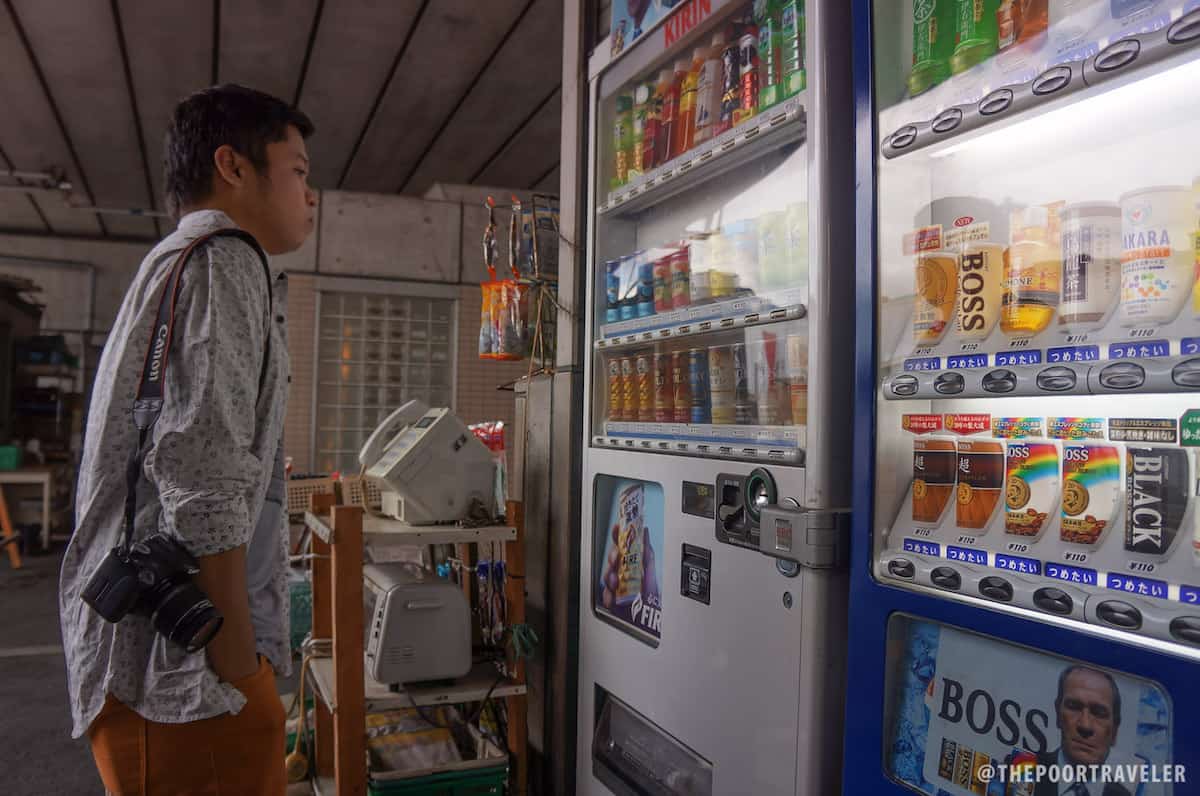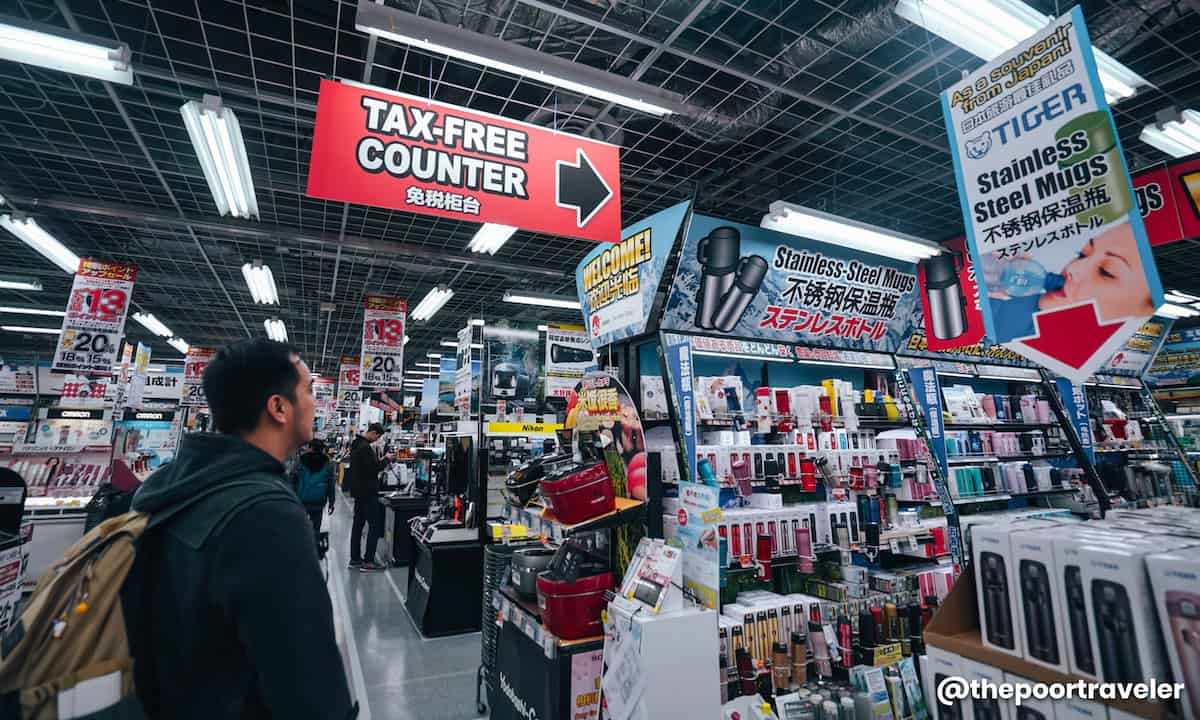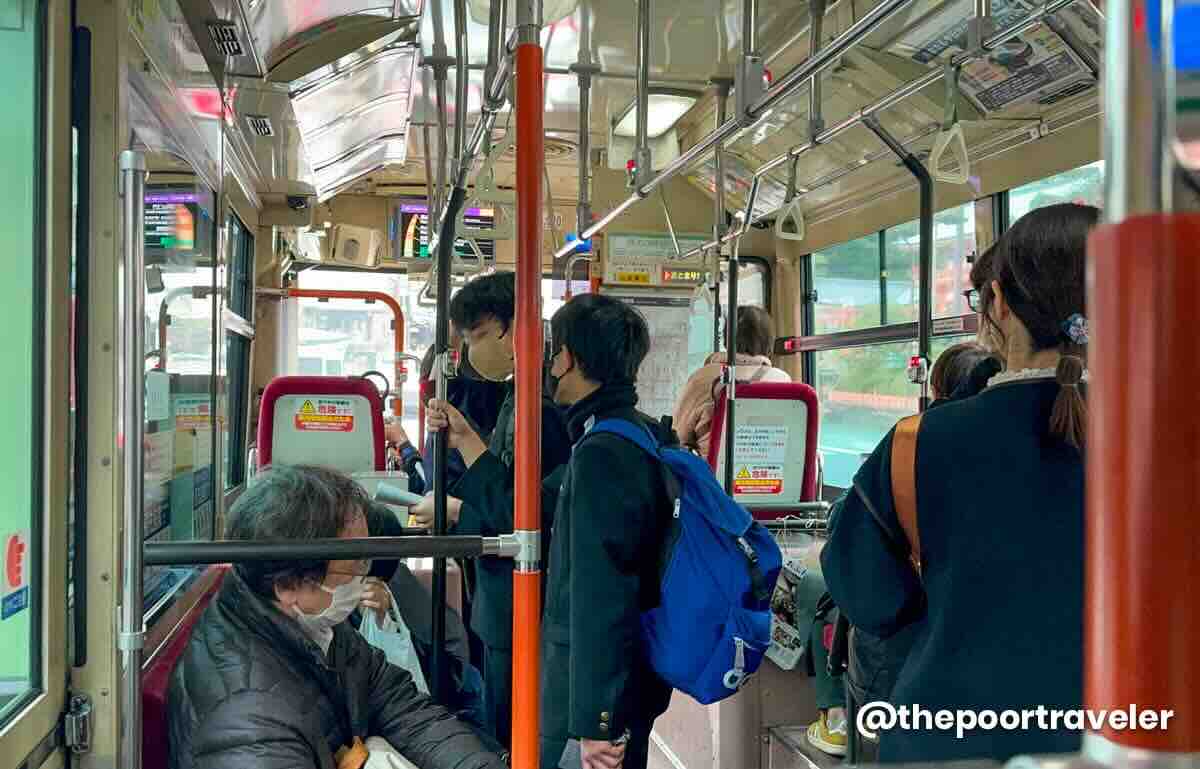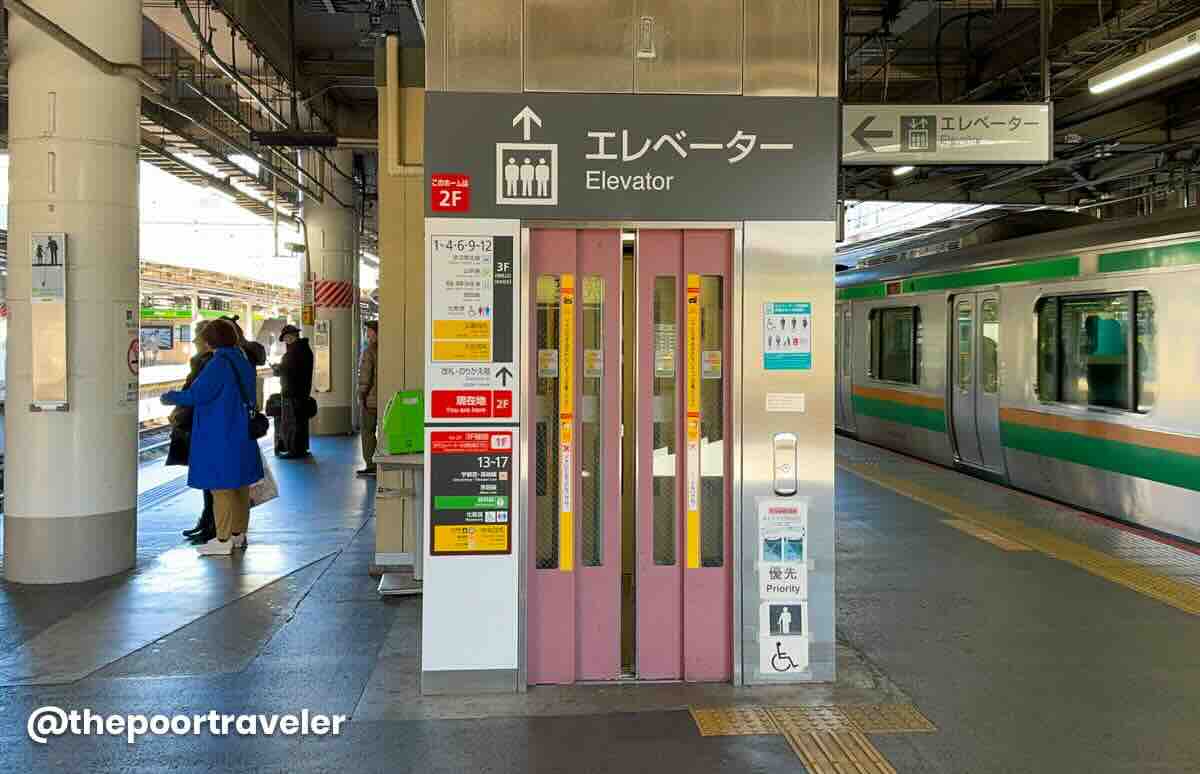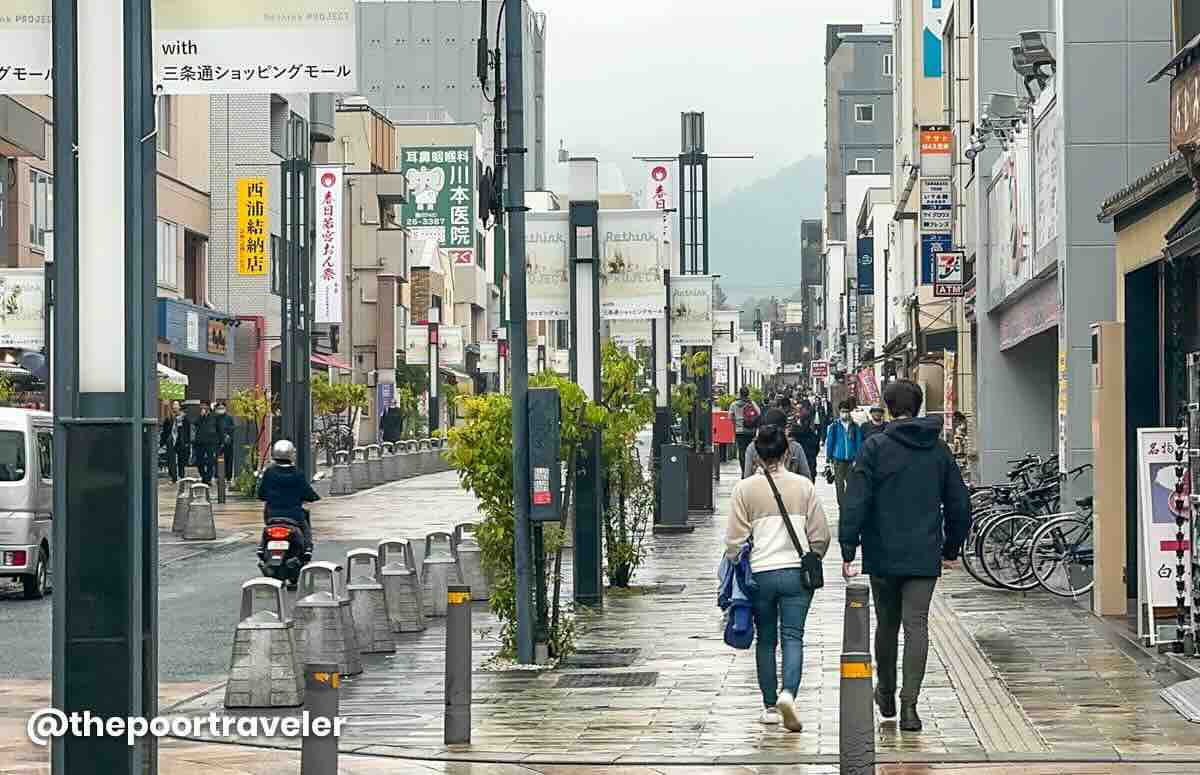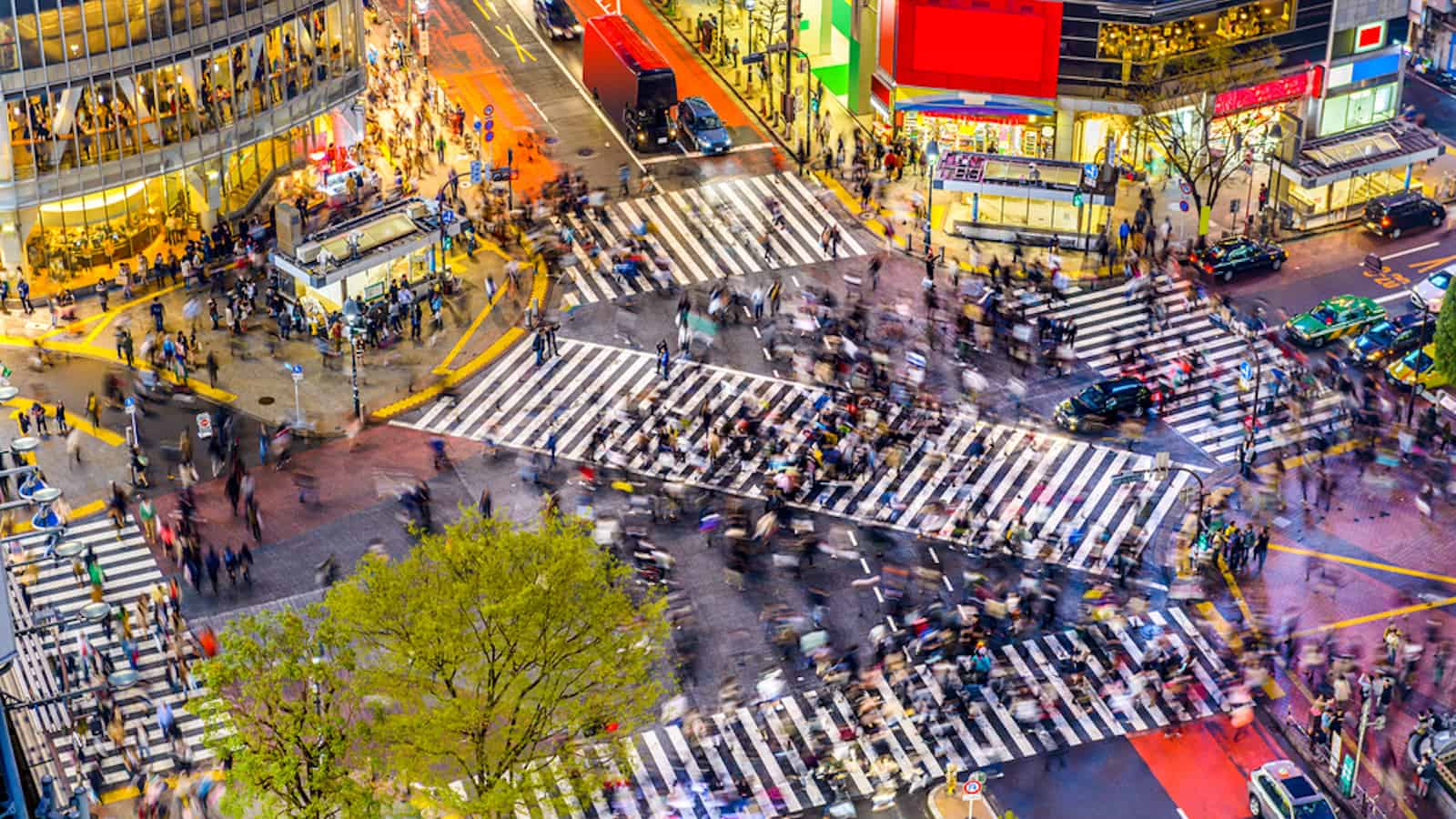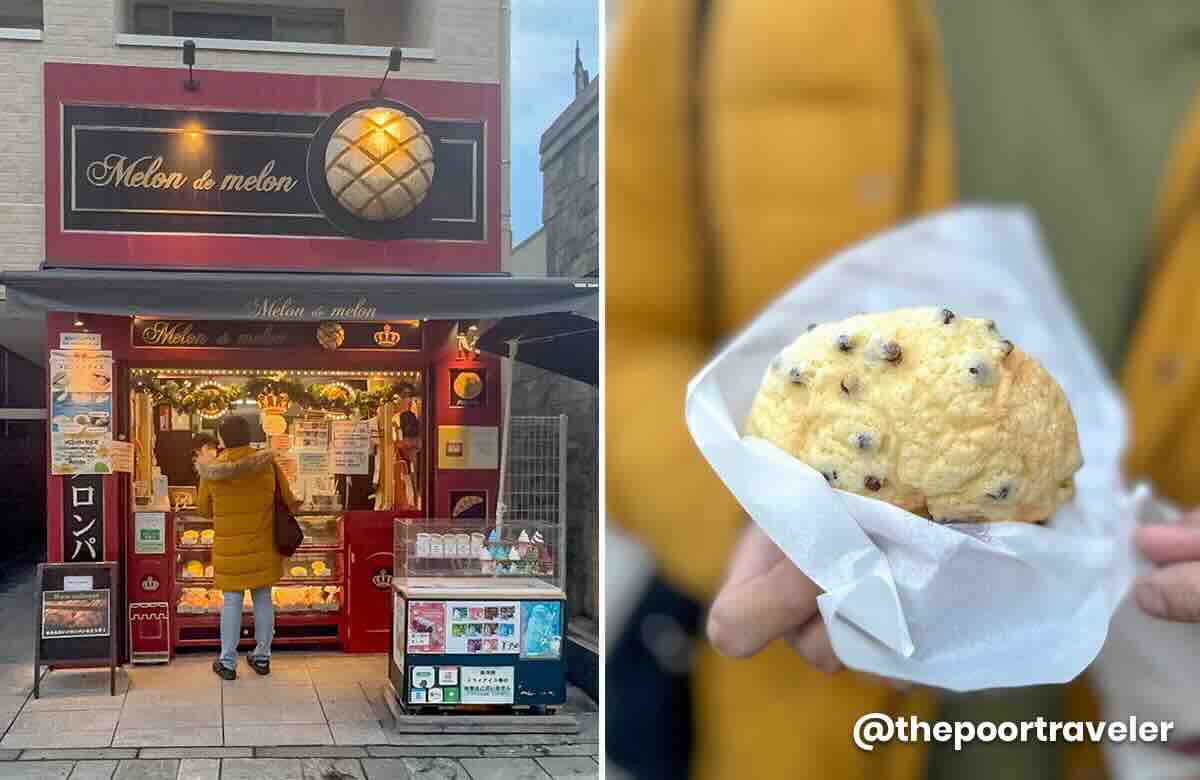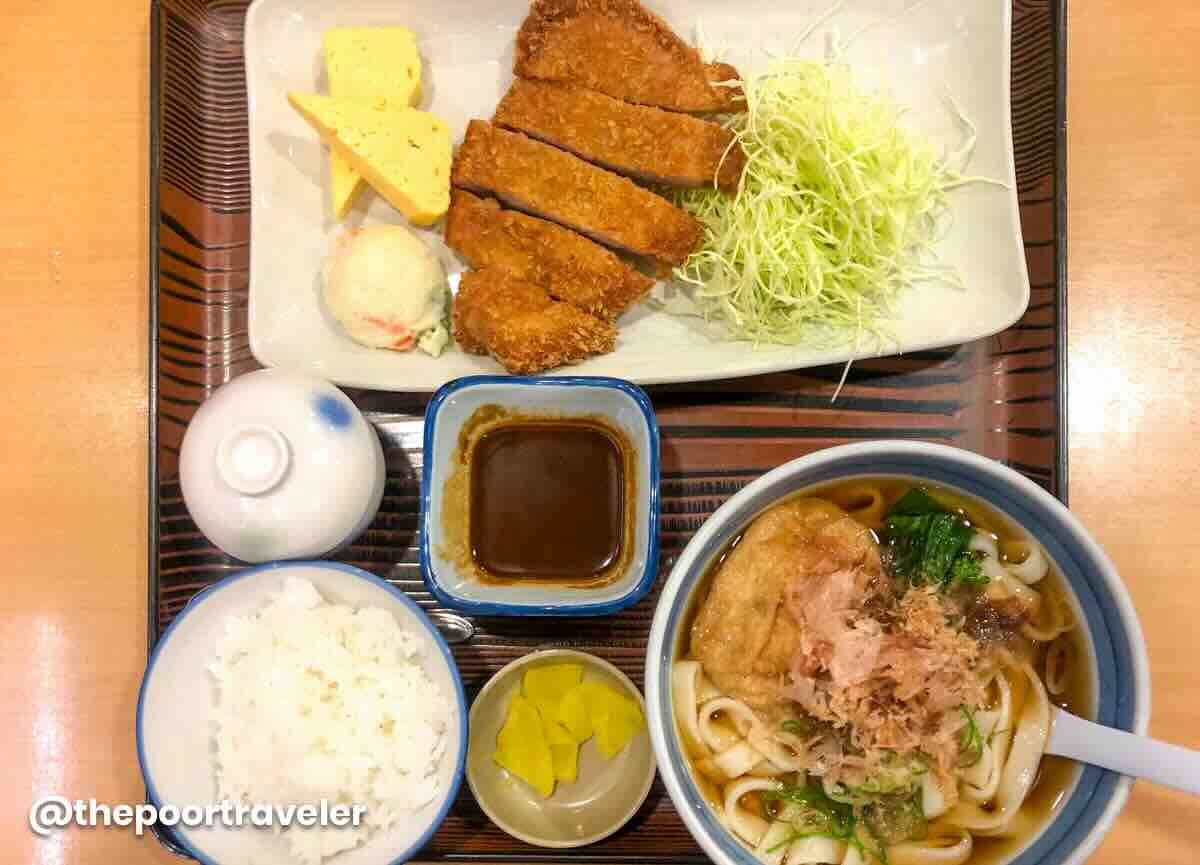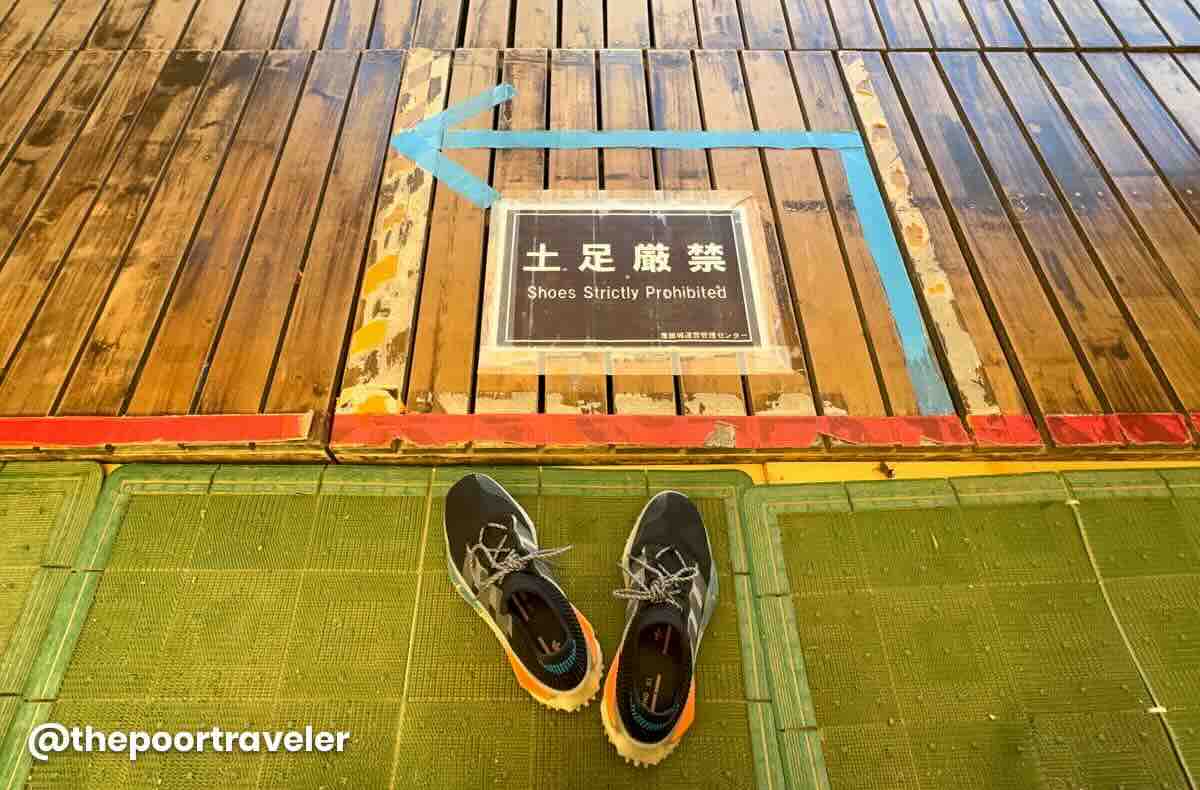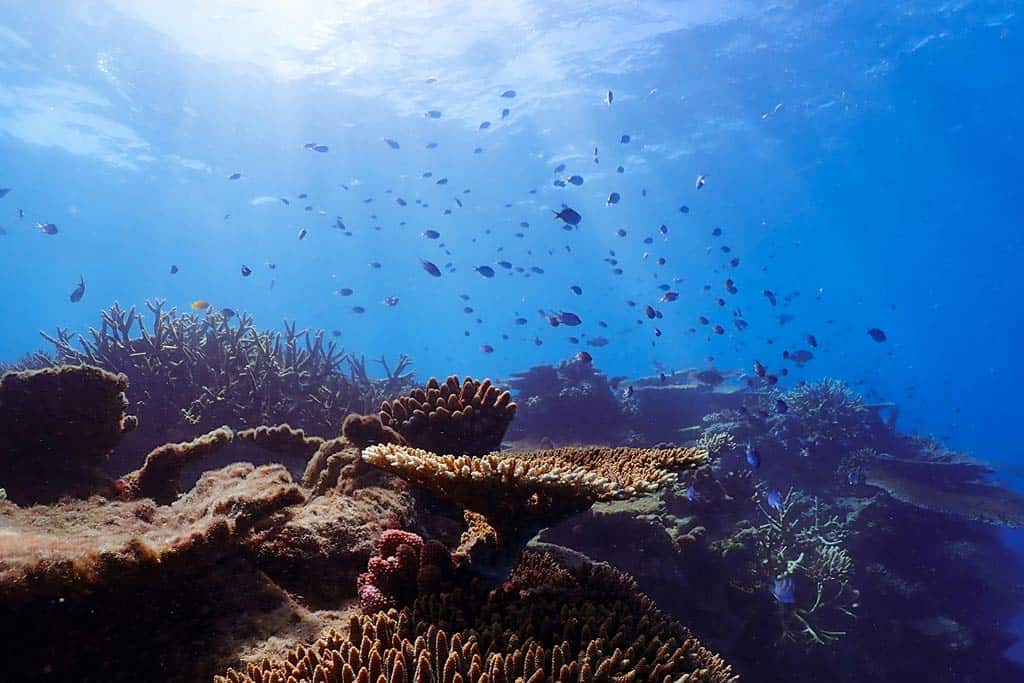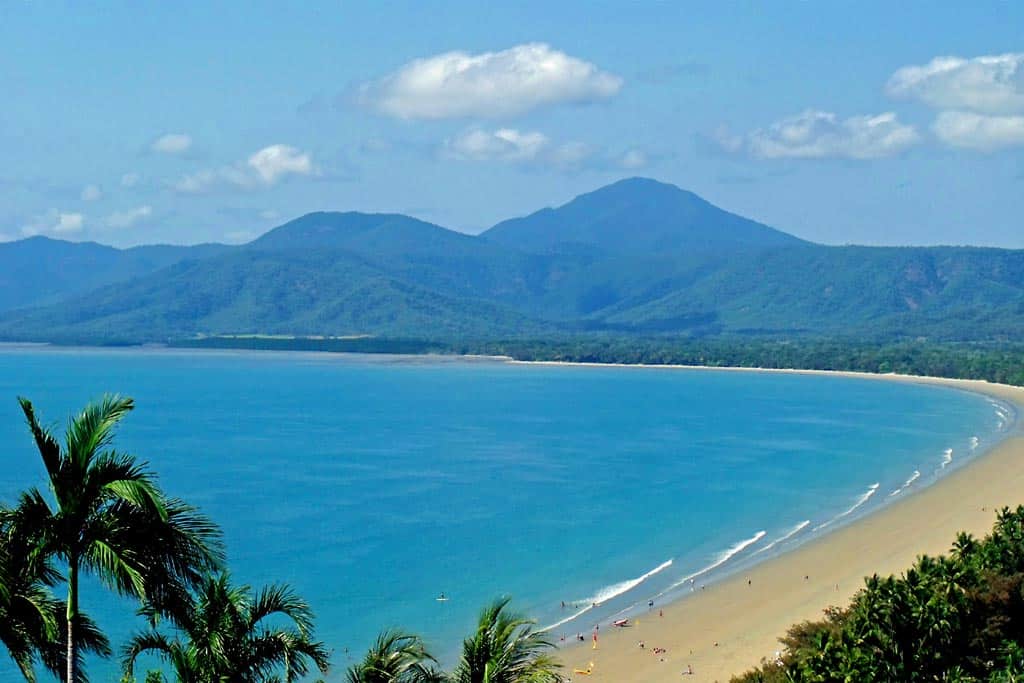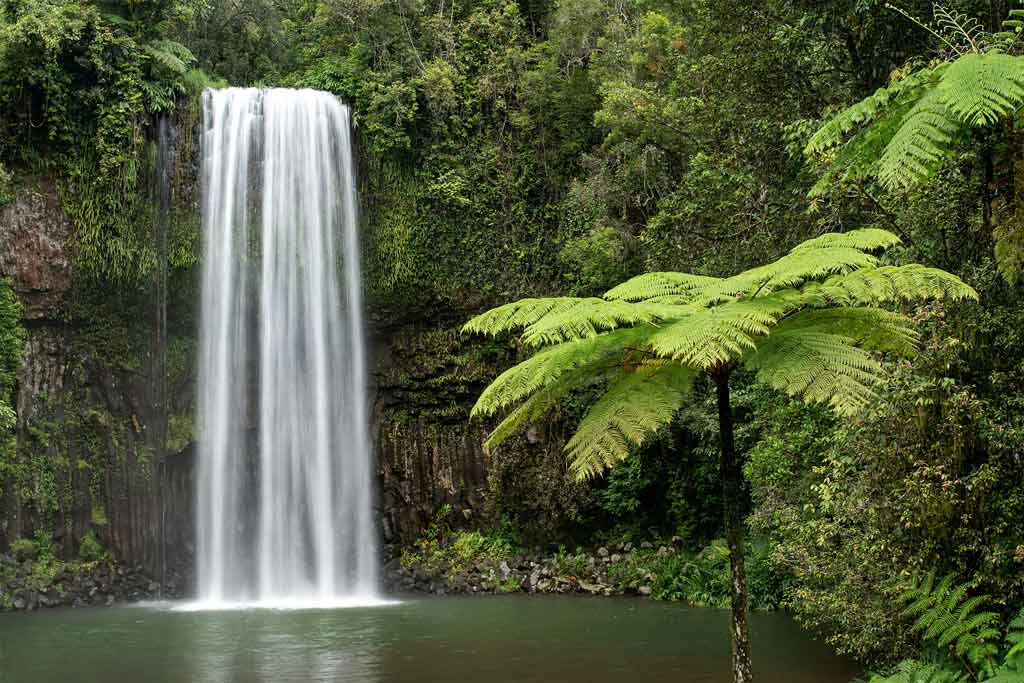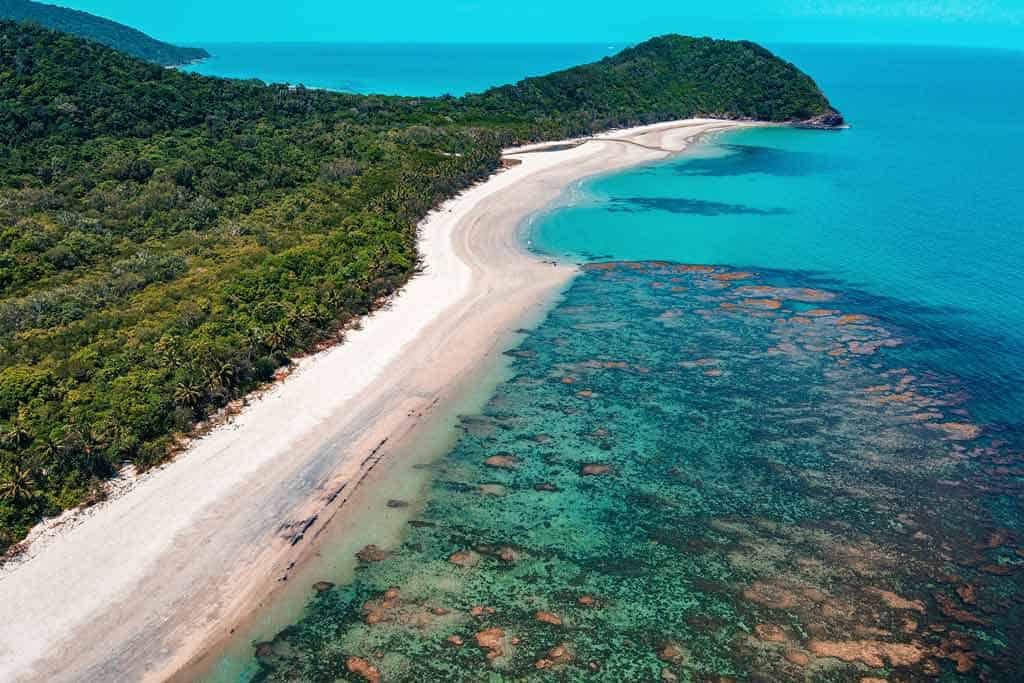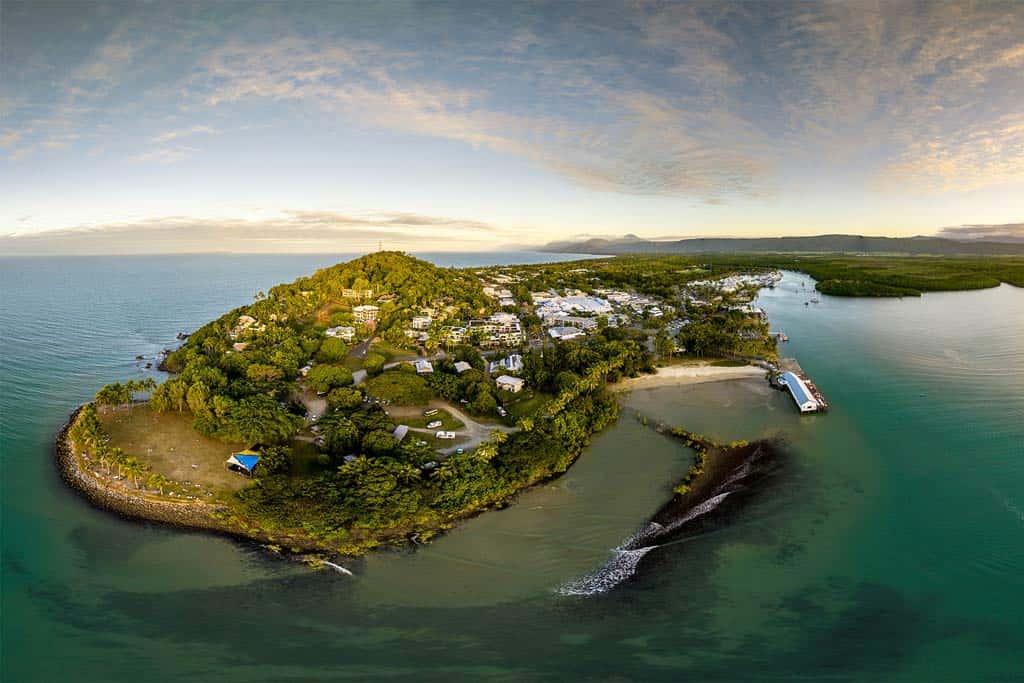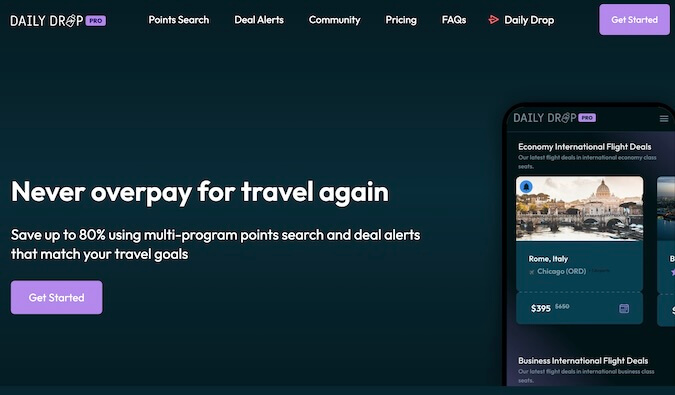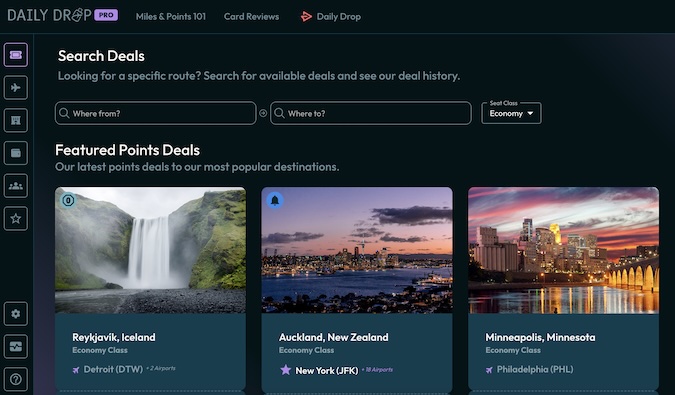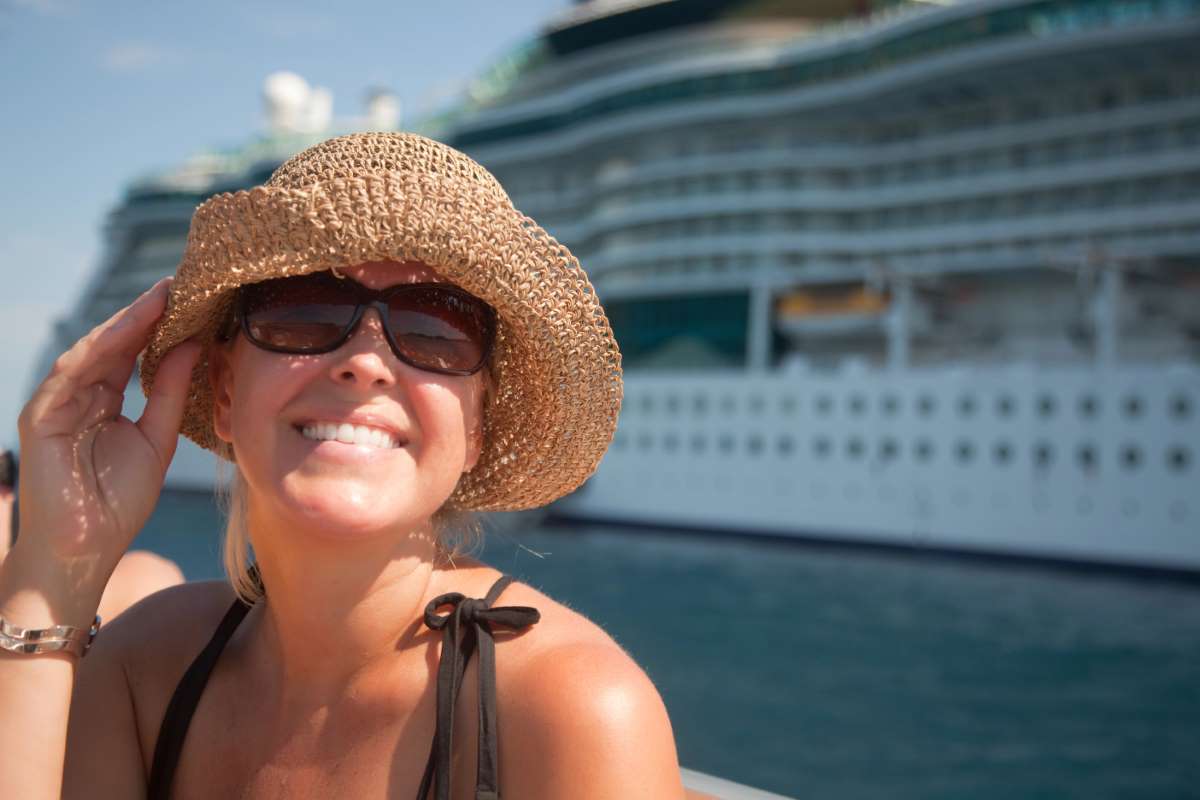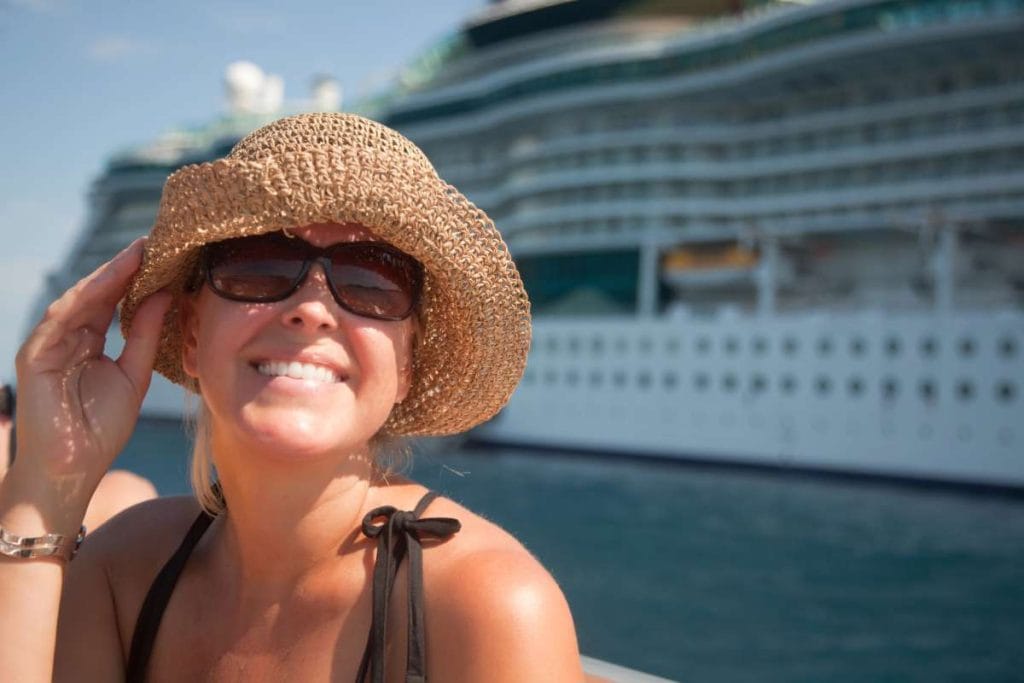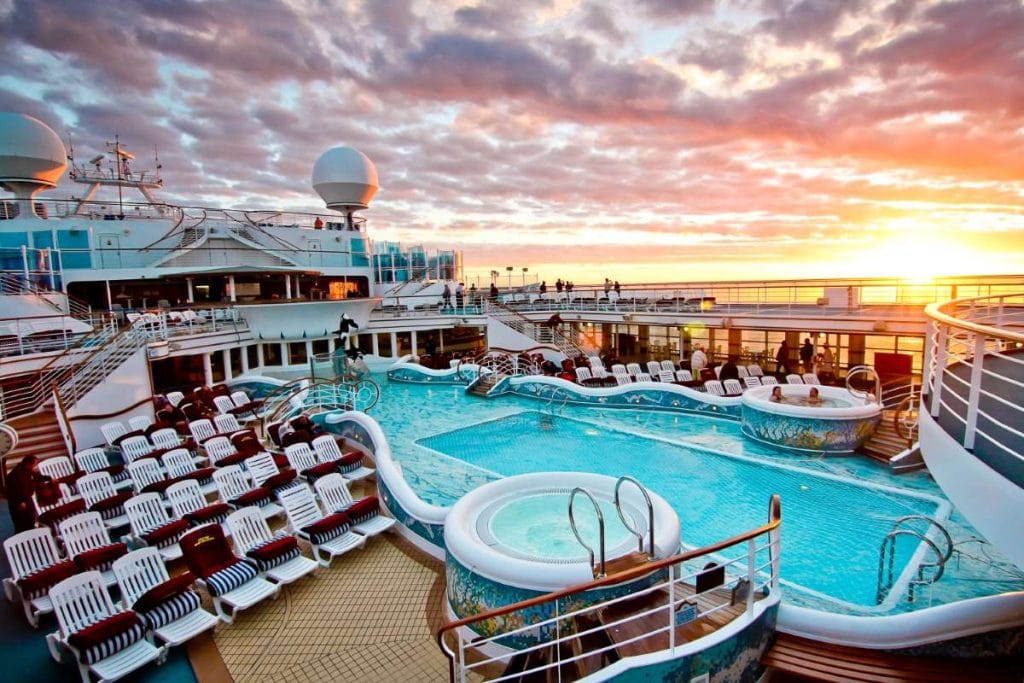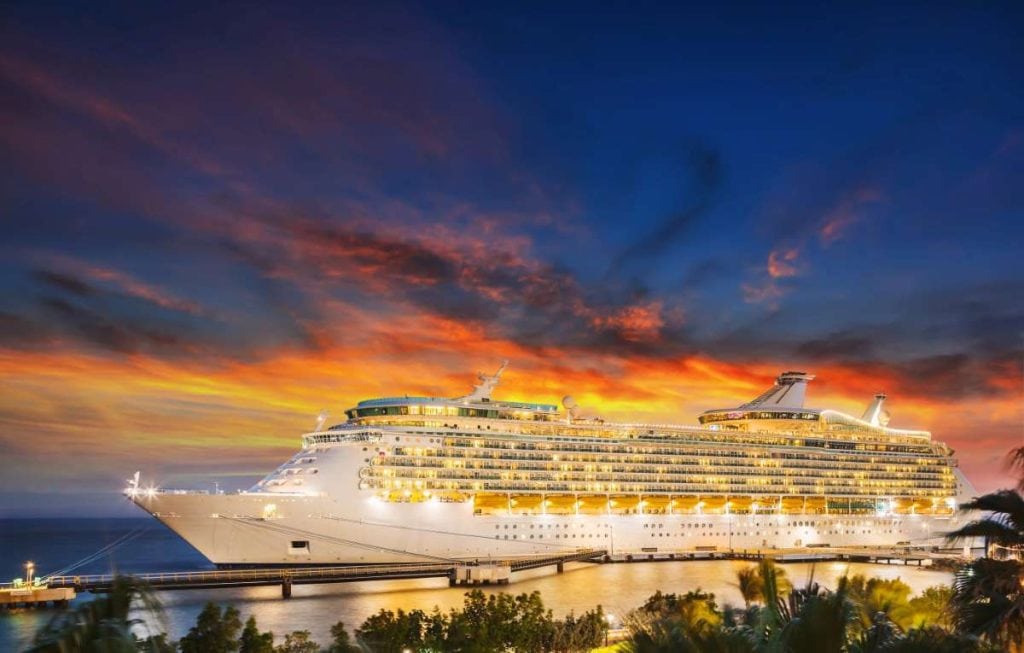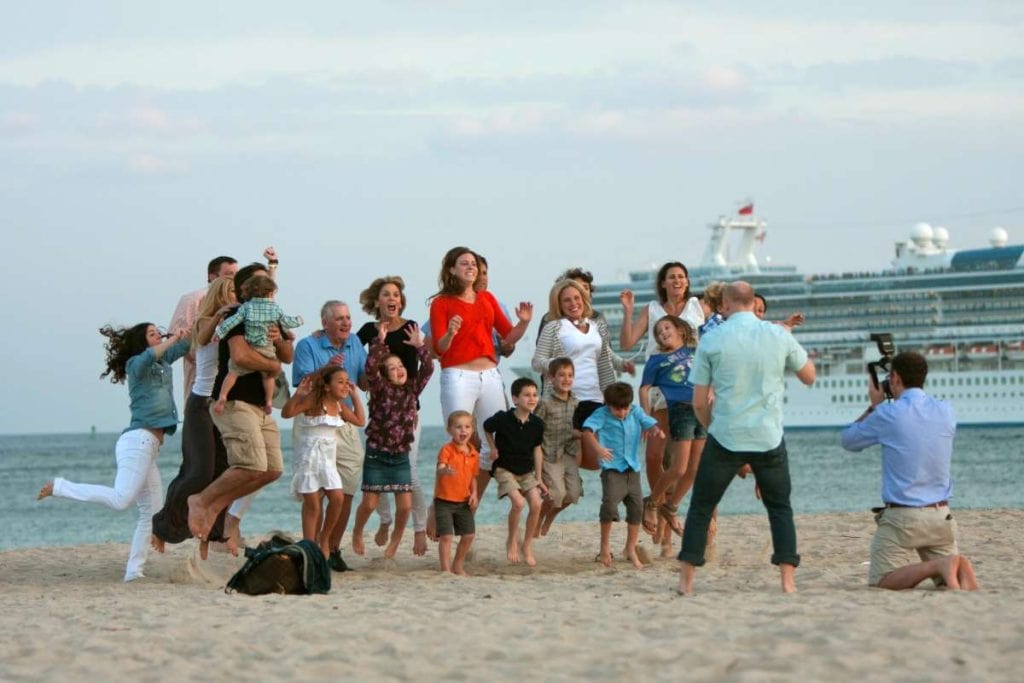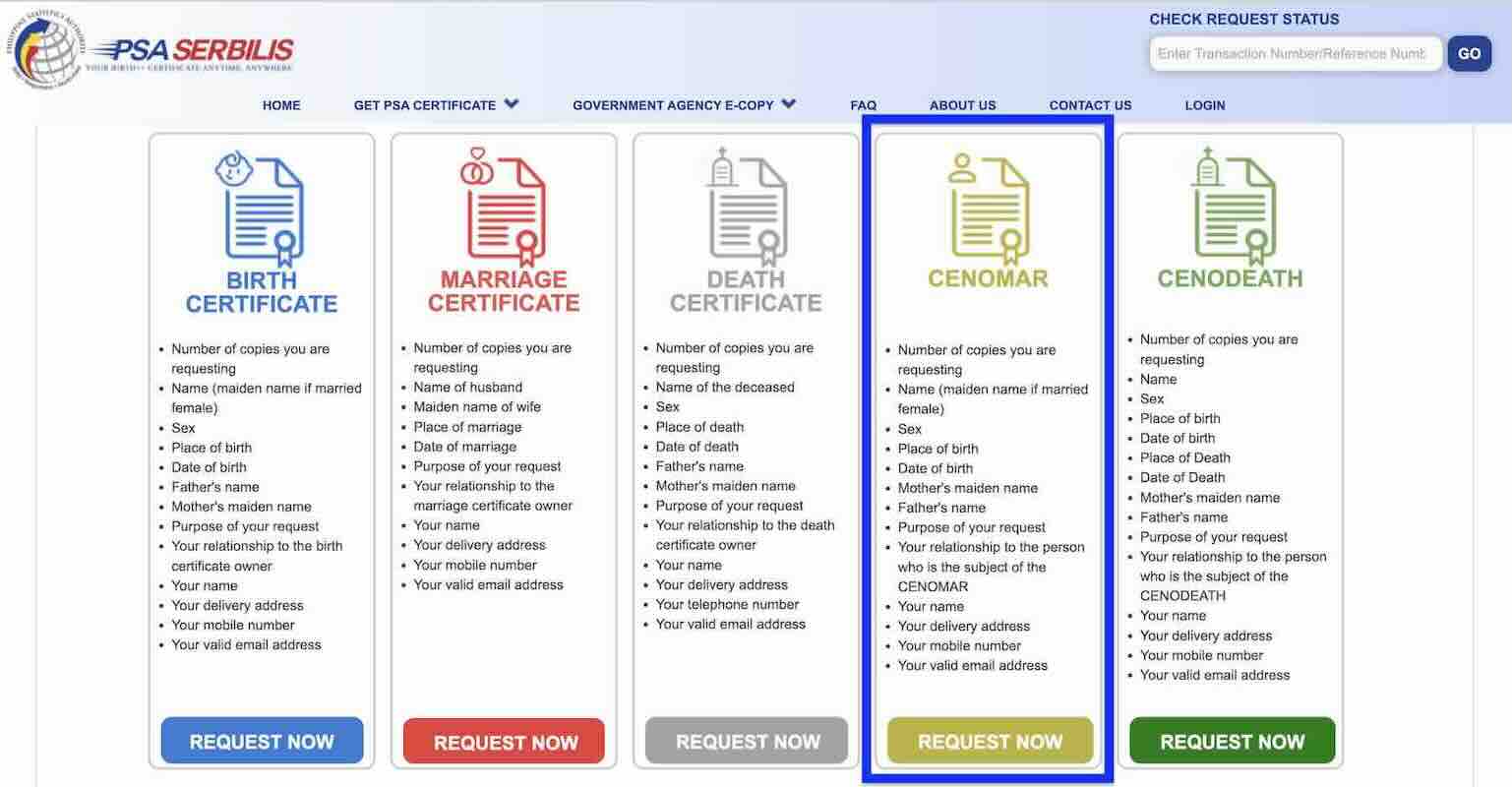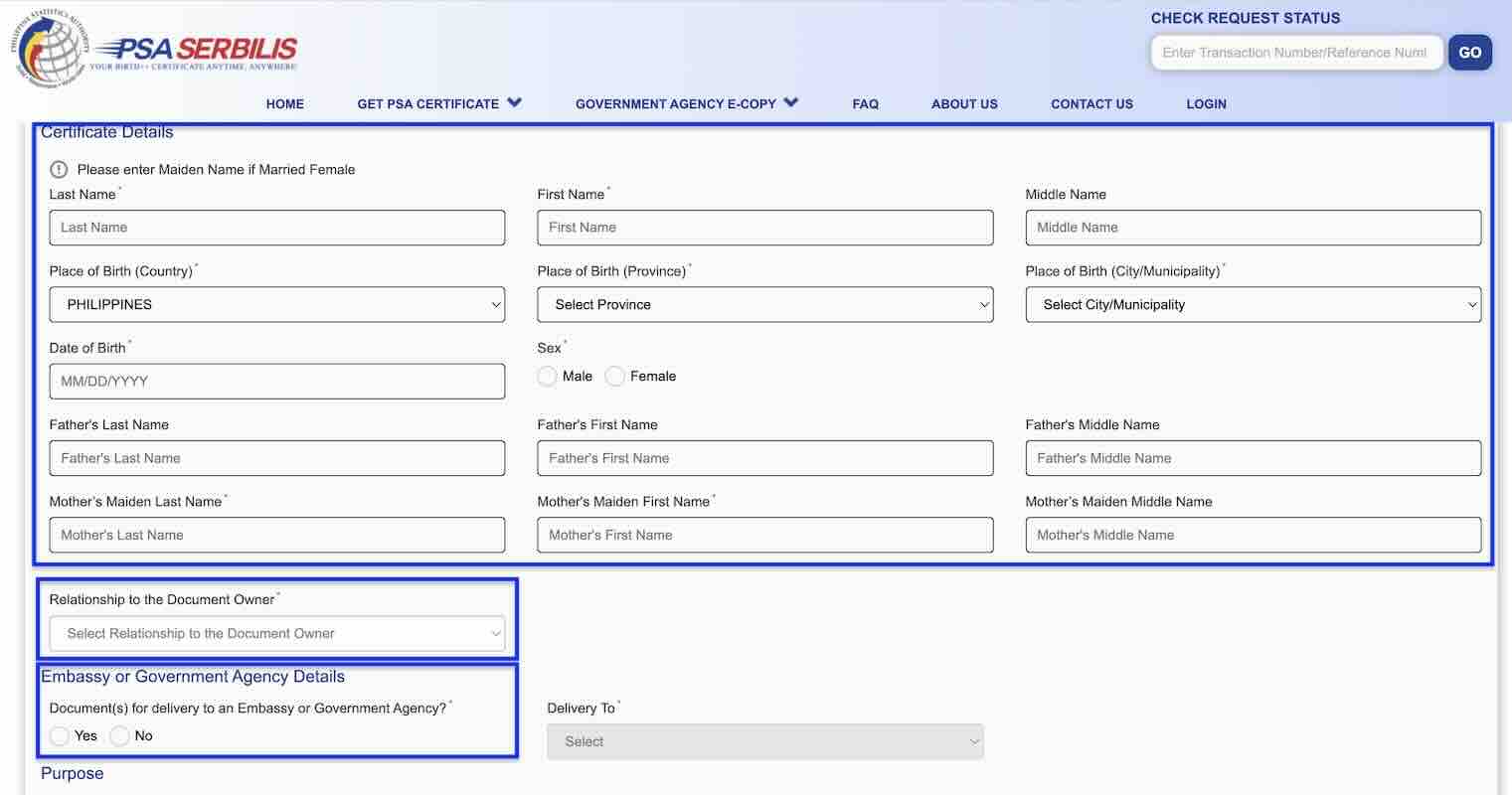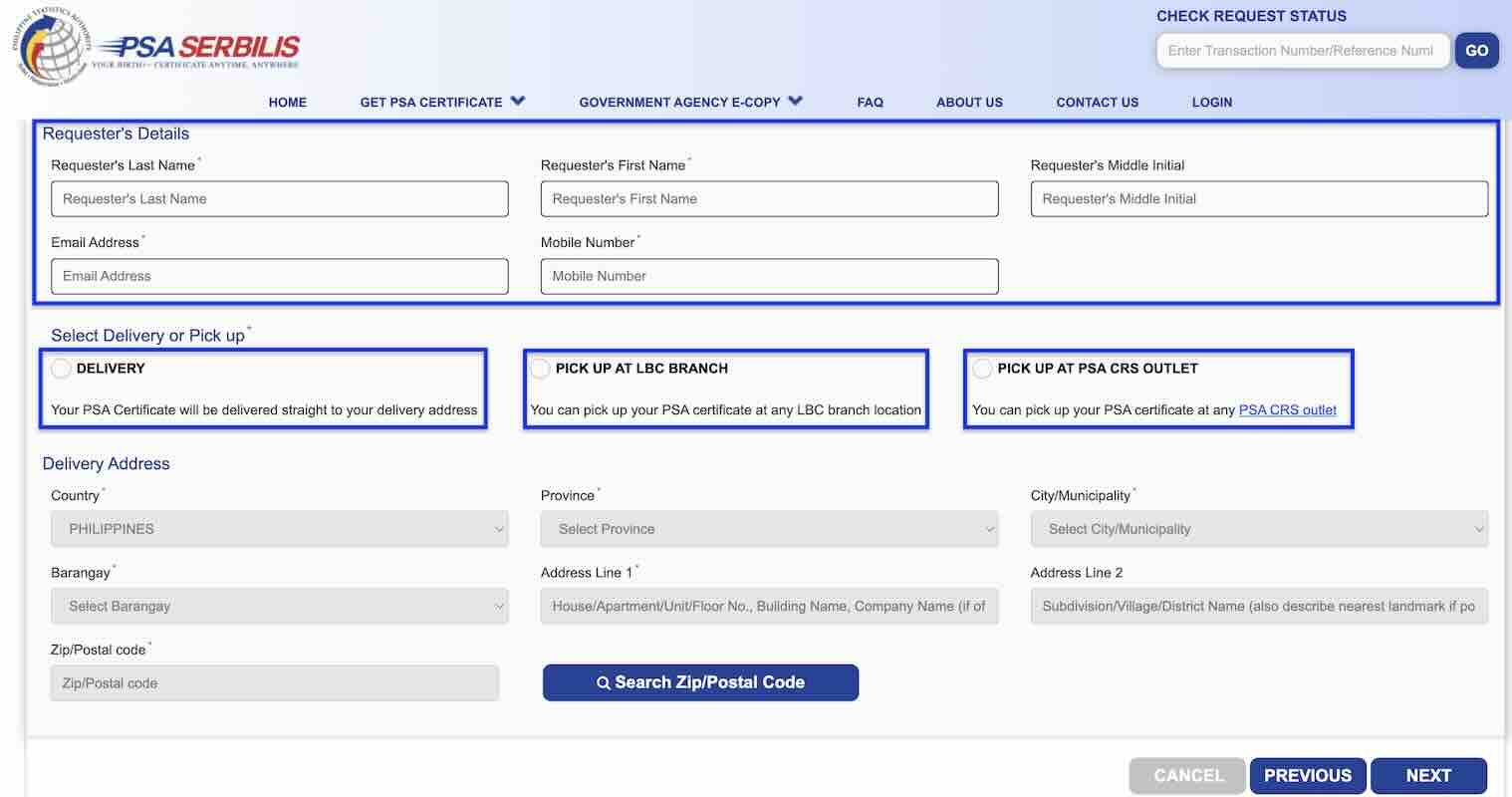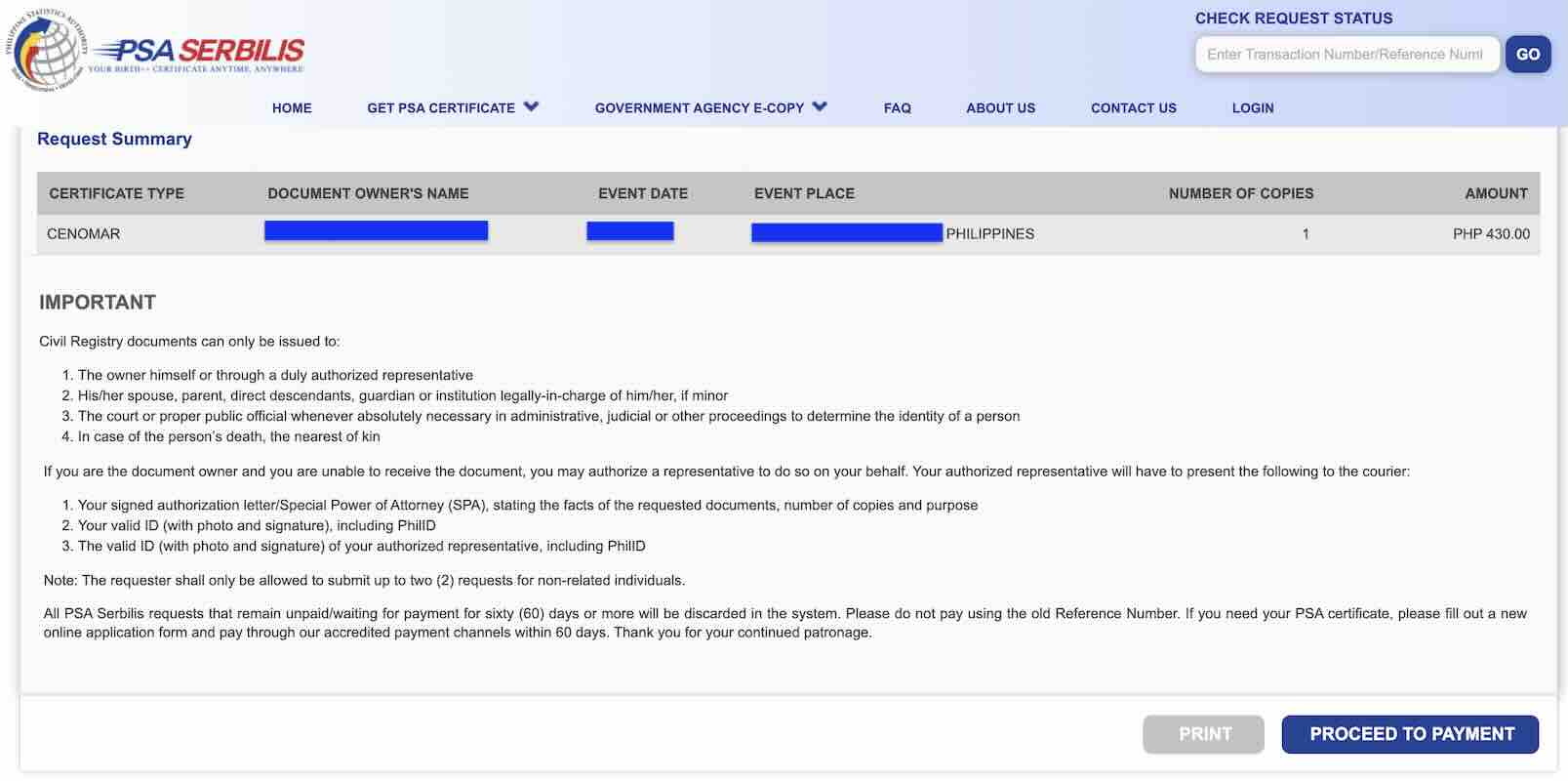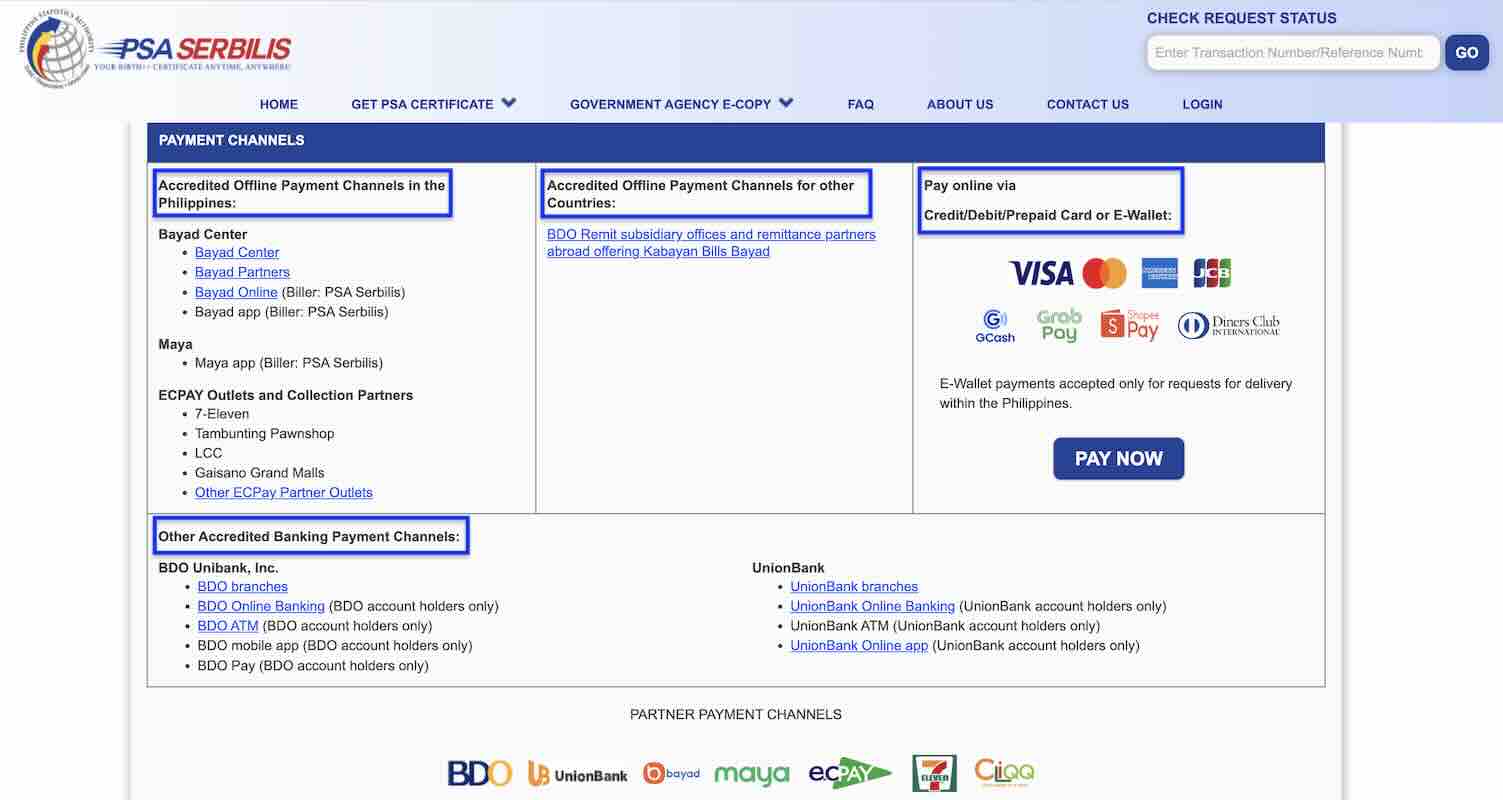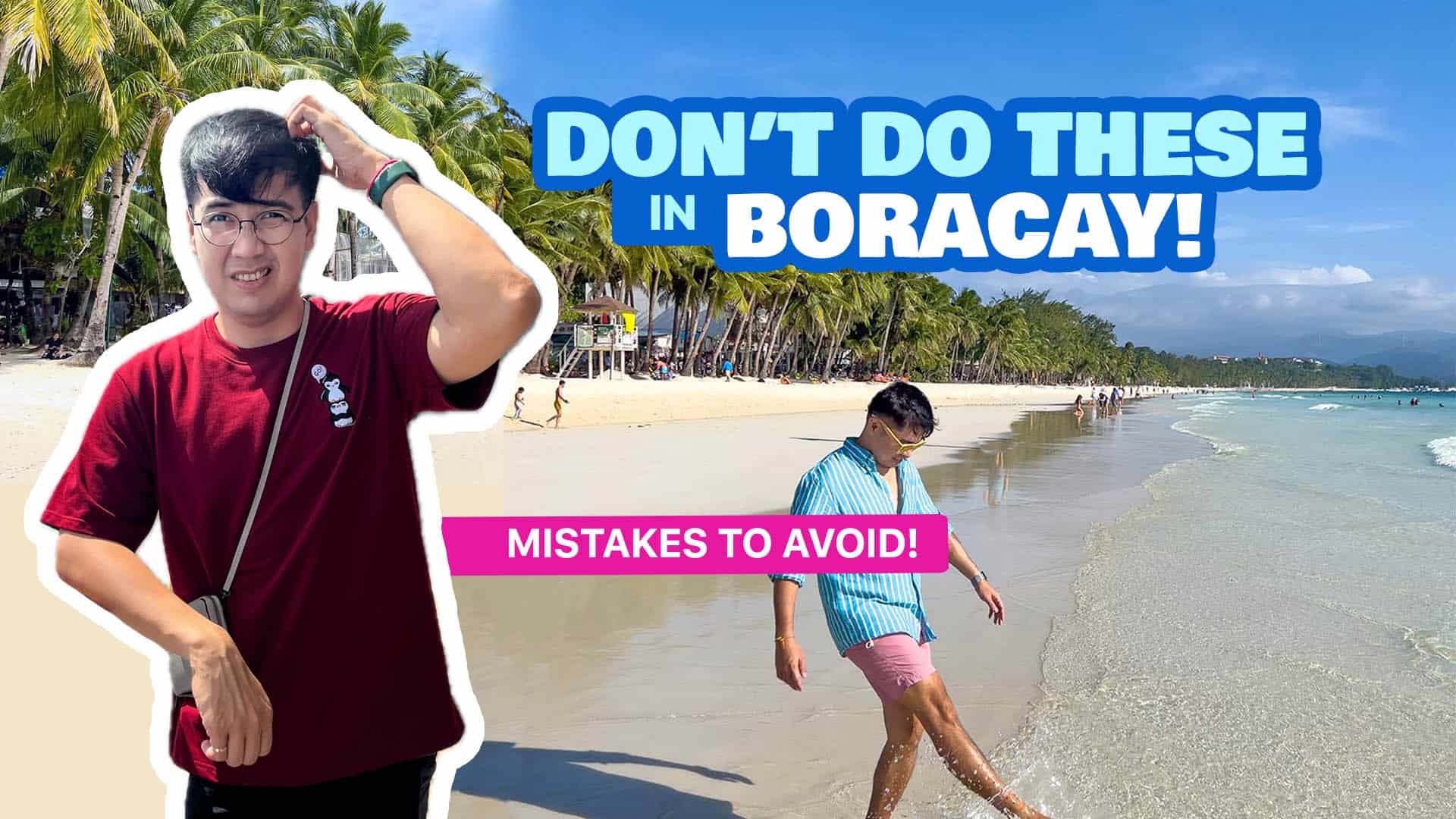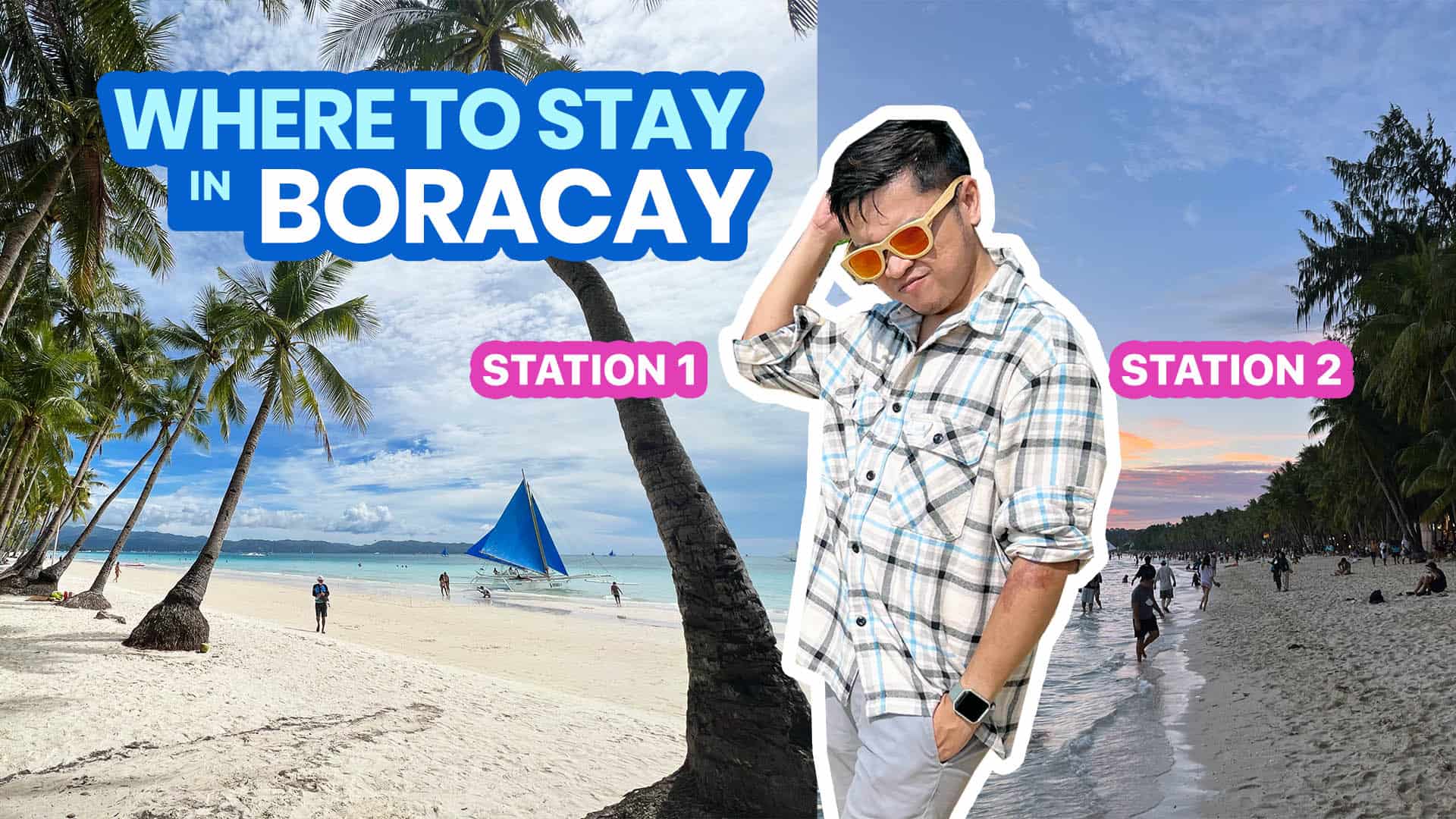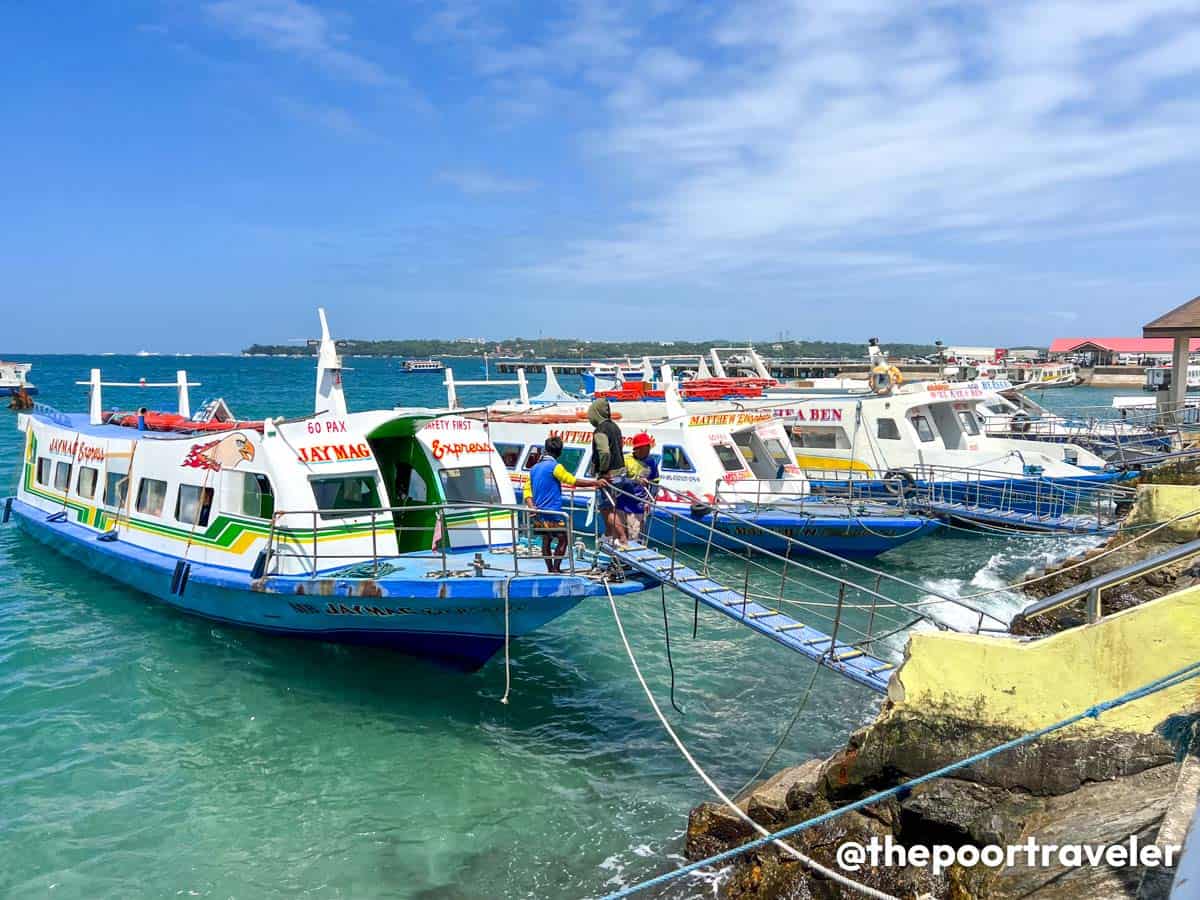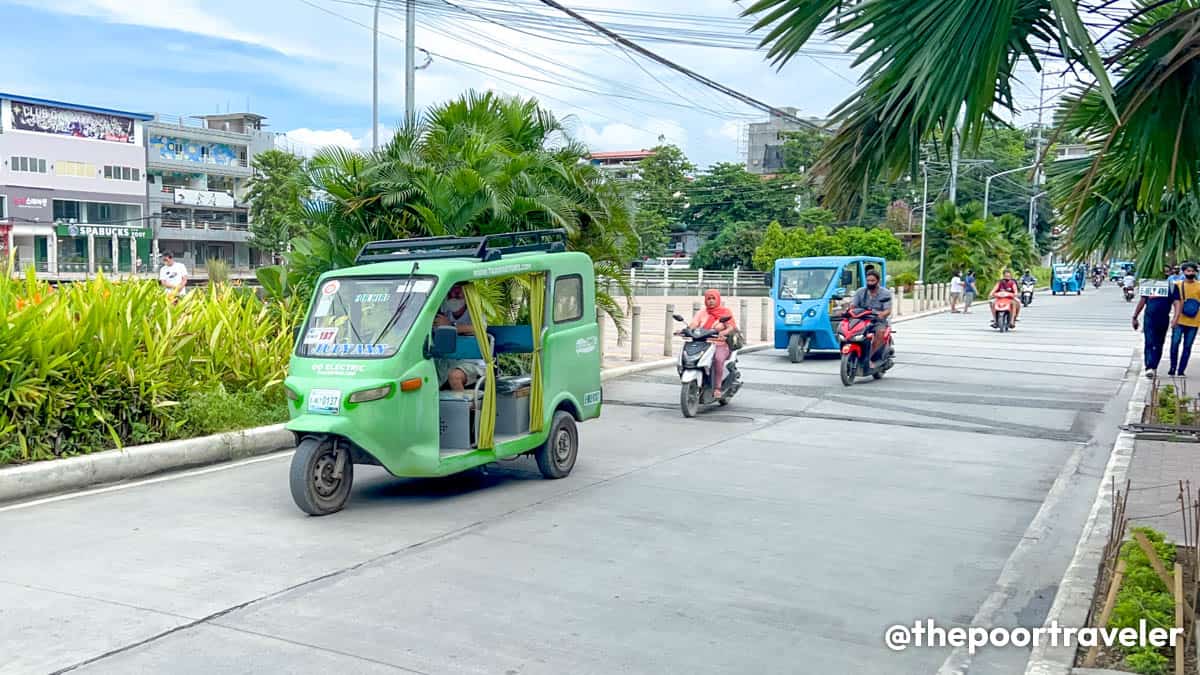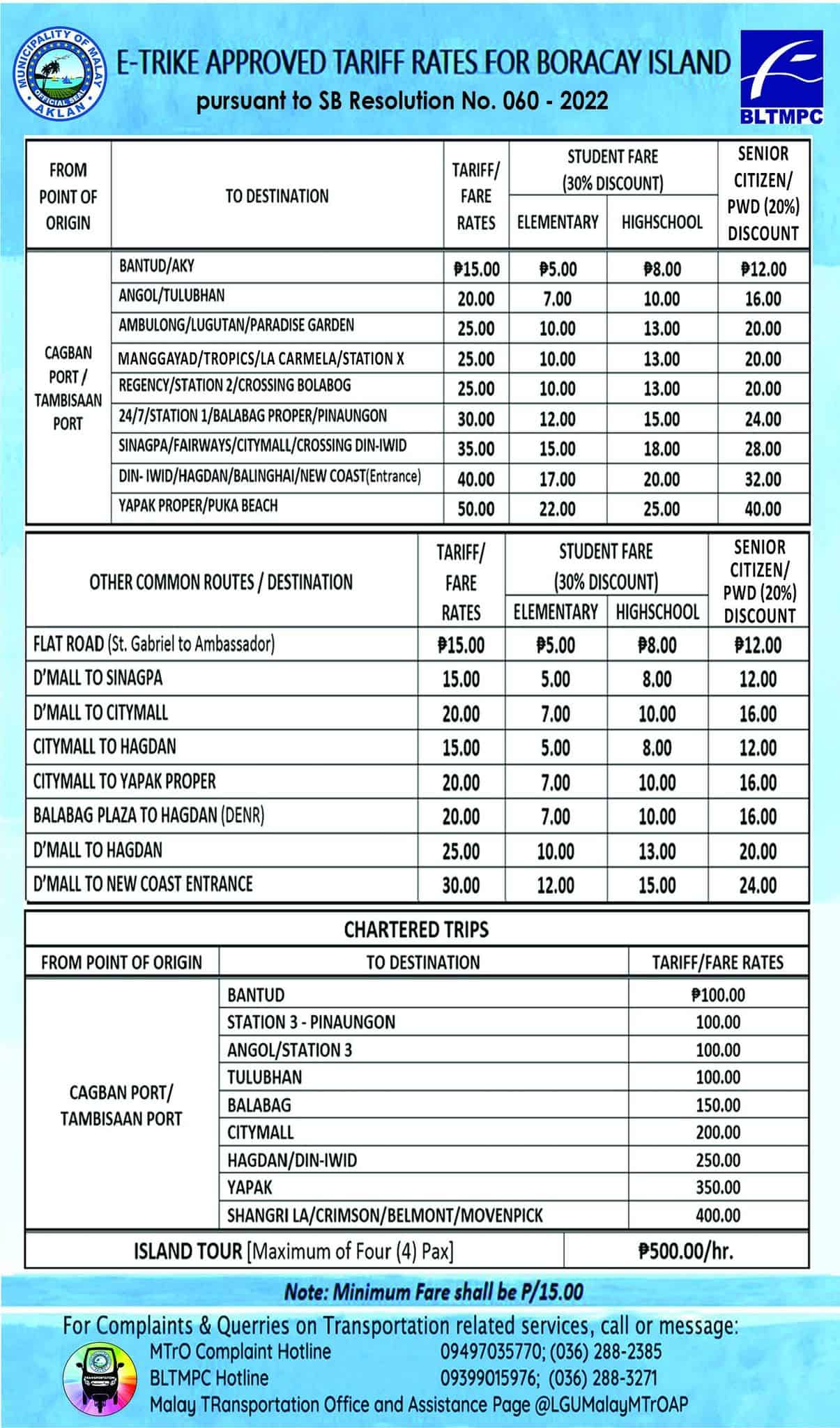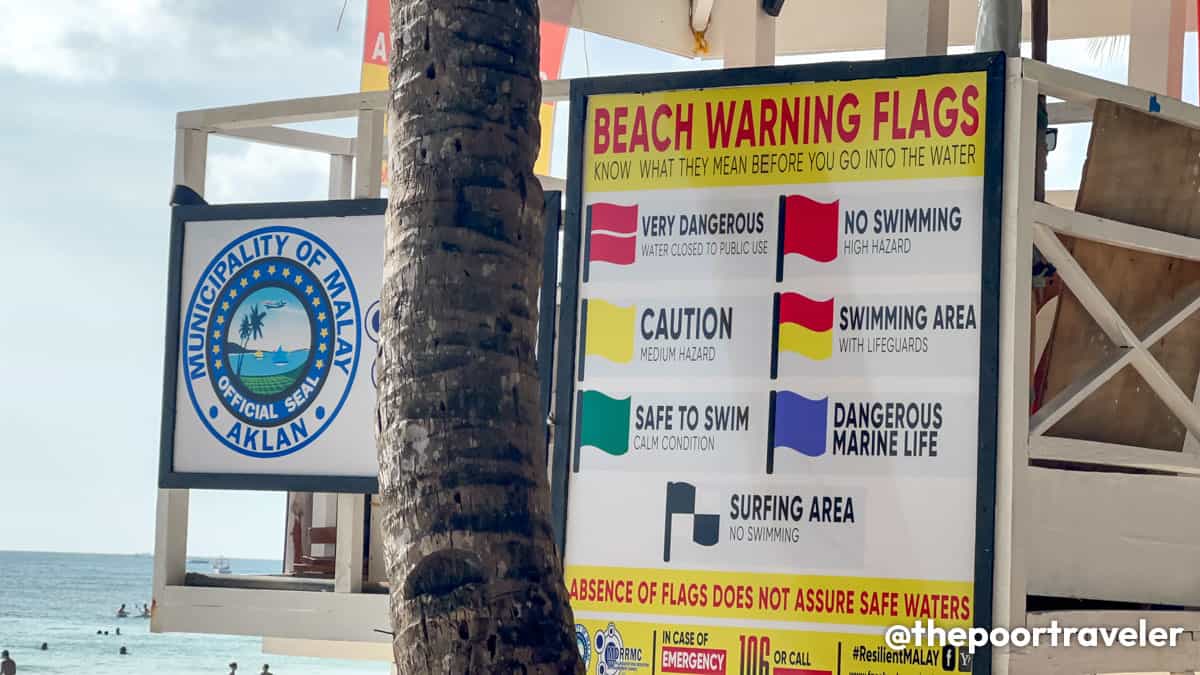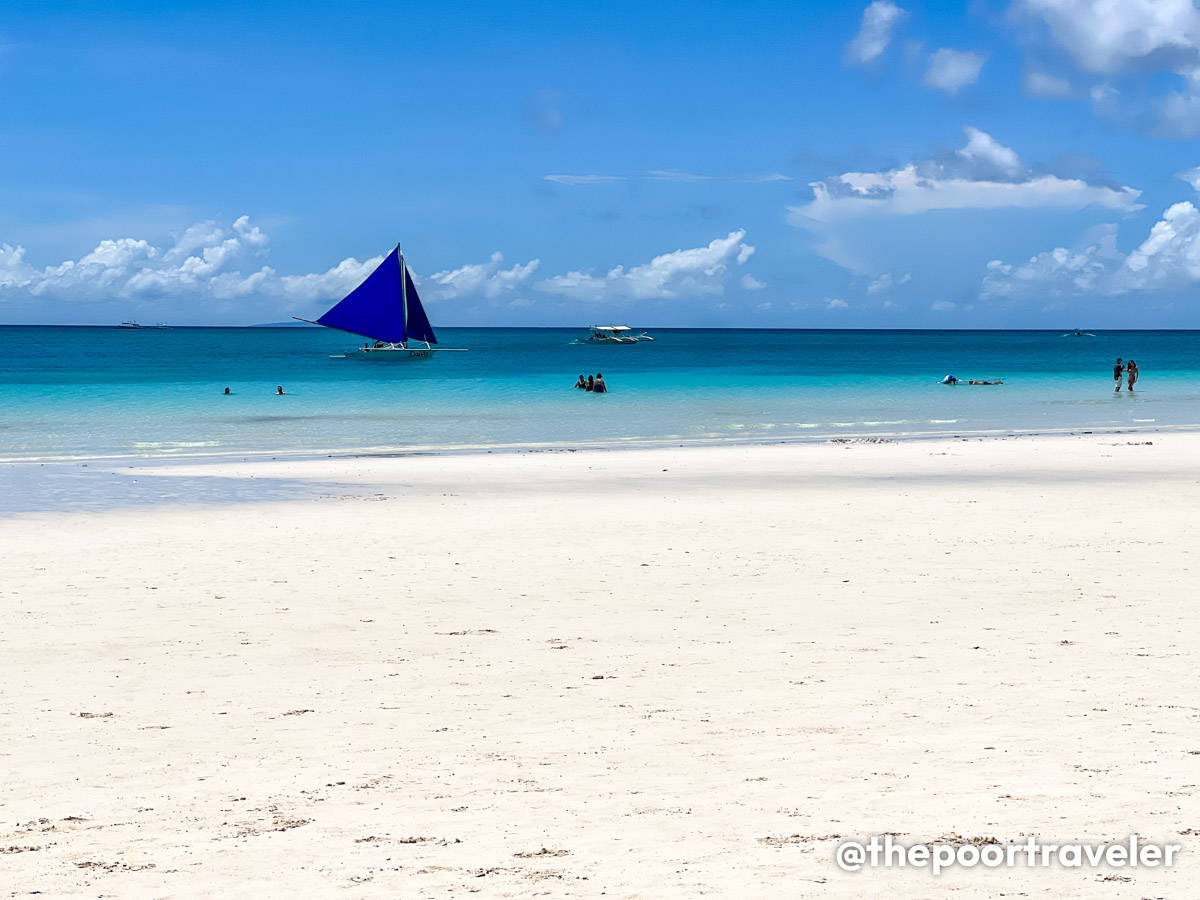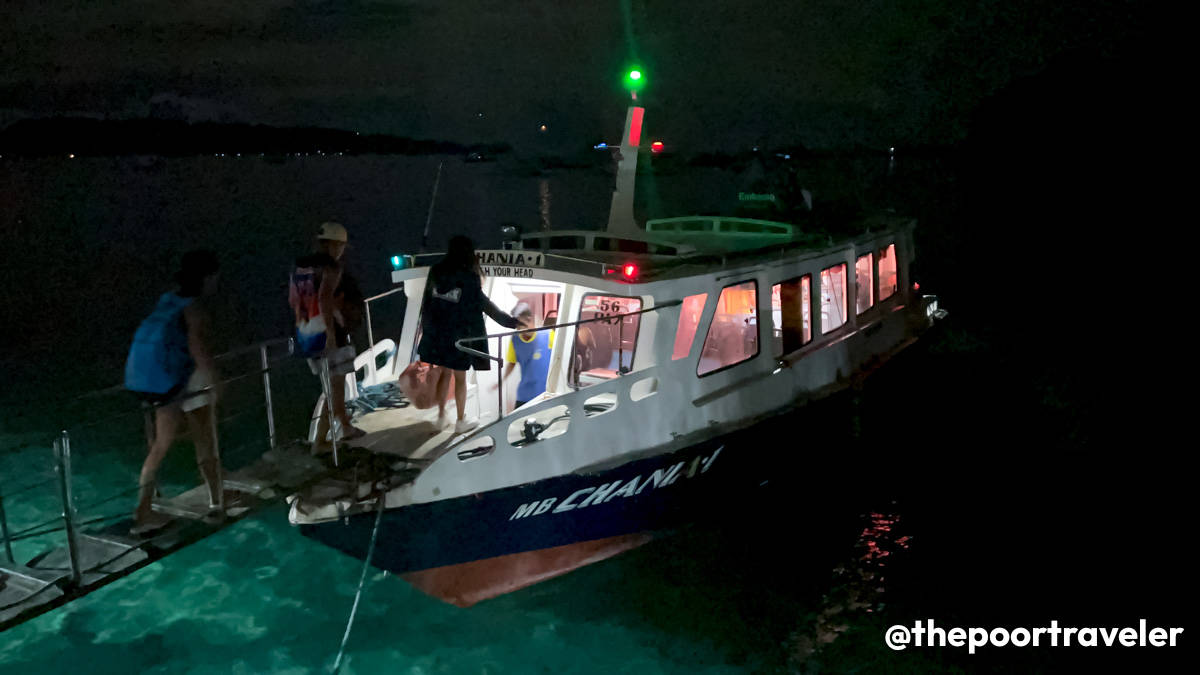Many of those who travel to Japan for the first time go to Osaka. It serves as the primary gateway to Kansai Region and it has a lot to offer to tourists. Along with that, travelers also often go to Kyoto on the same trip since it is Osaka’s neighboring city. These two neighboring cities make for a very colorful Japan trip.
Osaka has a vibrant and modern vibe. It is known for its street markets, entertainment districts, and a haven for food lovers. Meanwhile, Kyoto transports tourists to a more old-fashioned world that showcases Japan’s heritage. You can explore ancient temples, visit traditional teahouses, and spend time in stunning gardens. With a blend of old and new, these two destinations will surely give you an unforgettable journey.
And if you’re planning a trip to Osaka and Kyoto, we’ll share with you common mistakes tourists commit so you can avoid them. We also have a separate article where we list down the travel planning dos and don’ts and social faux pas or things that are considered rude and disrespectful in Japan.
Osaka & Kyoto Travel Mistakes
1. Bad Timing and Big Crowds
Kansai region is undoubtedly one of Japan’s most popular destinations, and it’s no surprise that many of its iconic sites get really crowded, especially on weekends and during peak seasons. If you’re visiting famous spots in Osaka and Kyoto like Osaka Castle, Universal Studios Japan, Arashiyama Bamboo Forest, Fushimi Inari Shrine, Higashiyama, and Kiyomizu-dera, you can expect large crowds if you don’t plan ahead.

The trick to beating the crowds is simple: get up early! The earlier you arrive, the fewer people you’ll encounter. As the day goes on, more visitors flood the attractions. So, if you want to bag that perfect Instagram shot without photobombers, set your alarm and get there before everyone else.
That said, it’s also important to remember that most visitors tend to stick to specific areas of these sites. For example, at Fushimi Inari Shrine and Arashiyama Bamboo Forest, crowds gather near the entrance, but if you walk further into the site, it’s much quieter. At Osaka Castle, there are hidden spots that many overlook, making for perfect photo opportunities without the crowds.
Universal Studios Japan is notorious for being packed, with long wait times, especially on weekends. But did you know that school field trips are typically scheduled on Mondays and Tuesdays? So, if you can avoid those days, try to visit on a Wednesday or Thursday for a more relaxed experience. If you can’t help but visit on those peak days, try to get there early and hit the Harry Potter attractions first, as those tend to have the longest lines.
However, not every crowded spot is a dealbreaker. For places like Dotonbori and Shinsaibashi, we actually enjoy the energy that comes with a bit of crowd. The festive vibe adds to the charm of these bustling districts, so don’t stress if there are people around — just soak it all in and enjoy the lively atmosphere!
2. Dismissing Osaka Amazing Pass
If you’re visiting Osaka for the first time, the Osaka Amazing Pass is an absolute must-have! This all-inclusive sightseeing pass comes in 1-day and 2-day versions, and it’s packed with value. Note: If you opt for the 2-day pass, keep it mind that it needs to be used on two consecutive days.
With the Osaka Amazing Pass, you’ll get unlimited access to the subway, tramway, and bus systems in Osaka, which is perfect for exploring the city without worrying about transport costs. But what makes this pass even more worth it is the free access to many major attractions, including the iconic Osaka Castle Main Tower, the Umeda Building’s Floating Garden Observatory, HEP FIVE Ferris Wheel, Tombori River Cruise, Dotonbori Tour, and more.
The 1-day pass costs around JPY 3500 (P1333), while the 2-day version is priced at JPY 5000 (P1905). It’s a great deal, especially when you consider that just the ticket for the Umeda Sky Building Observatory alone is JPY 2000, and the Tombori River Cruise costs JPY 1500. The Osaka Castle Museum also charges JPY 600. If you plan on visiting those three attractions, you’d be spending JPY 4100! But with the Osaka Amazing Pass, you get all of that plus unlimited transportation, making it a major bang for your buck.
You can get the Osaka Amazing Pass here!
✅ GET OSAKA AMAZING PASS HERE!
3. Using the Wrong Pass
Aside from the Osaka Amazing Pass, the Kansai Region offers a variety of other tourist passes, each catering to different travel needs. The best pass for you really depends on your itinerary, so let’s break it down a bit. Each pass has its nuances, so it’s important to choose one that matches your travel plans.
If you’re mainly staying within Osaka City, the Osaka Amazing Pass is your best bet. But if you’re exploring beyond the city, adding other passes like the JR West Kansai or Kansai WIDE Pass could help you maximize your time and budget. For a clearer picture, refer to the table below to see which pass fits best with your itinerary.
If you’re only planning to explore the Kansai Region, which includes cities like Kobe, Kyoto, Osaka, Nara, and more, the JR West Kansai Area Pass is a great option. It comes in 1 to 4-day versions, but keep in mind that the usage days must be consecutive. This pass is perfect if most of the places you want to visit are near JR stations, as it only works on JR Lines.
However, if your target destinations are mostly along non-JR lines such as Hankyu, Hanshin, Kintetsu, or Keihan, the Kansai Railway Pass (formerly known as the Kansai Thru Pass) is the better choice. It covers almost the same areas as the JR pass, but the major advantage is that you don’t have to use it on consecutive days, making it more flexible for your itinerary.
If you’re planning a day trip or a two-day visit to Kyoto from Osaka, the Kyoto-Osaka Sightseeing Pass is a good choice. It works on Keihan Lines, which connect Osaka and Kyoto. The downside is that there’s no Keihan station near Arashiyama, so you’d need to buy a separate ticket to reach that area. However, with this pass, you can easily visit Gion District and Fushimi Inari Shrine.
Now, if Arashiyama is a must-visit for you and you’re coming from Osaka, then the Hankyu-Hanshin One-Day Pass is the better option. This pass also works for traveling to Kobe, making it a convenient choice if you’re planning to visit both cities in one day. However, if your itinerary includes Okayama, Tottori, or even Takamatsu, then you’ll need the JR West Kansai Wide Area Pass (emphasis on WIDE), which covers a much broader area.
There are plenty of other passes available, and we have a separate article where we discuss them in more detail. The passes are definitely worth it, but since each one has its limitations, it’s rare to find a single pass that covers every attraction in your itinerary. With this in mind, don’t let the passes dictate your trip. If there’s a place that you really want to visit but isn’t covered by your pass, just buy a separate ticket. After all, you’re already in Japan, so make the most of your trip and go wherever your heart takes you!
4. Confusing Train Stations
Many train stations in Osaka have similar-sounding names but are operated by different railway companies and serve different types of trains. This can be really confusing, especially when you’re in a hurry or navigating through crowded areas.
Take Namba, for example. There are three main stations here:
- Namba Station: served by Nankai Railway and Osaka Subway
- JR Namba Station: operated by JR West
- Osaka Namba Station: serviced by Kintetsu and Hanshin Railways
On a map, these stations seem to be right next to each other, but in reality, they’re quite far apart. Walking from one to another takes time, and if you’re in a rush and go to the wrong station, you might miss your train.
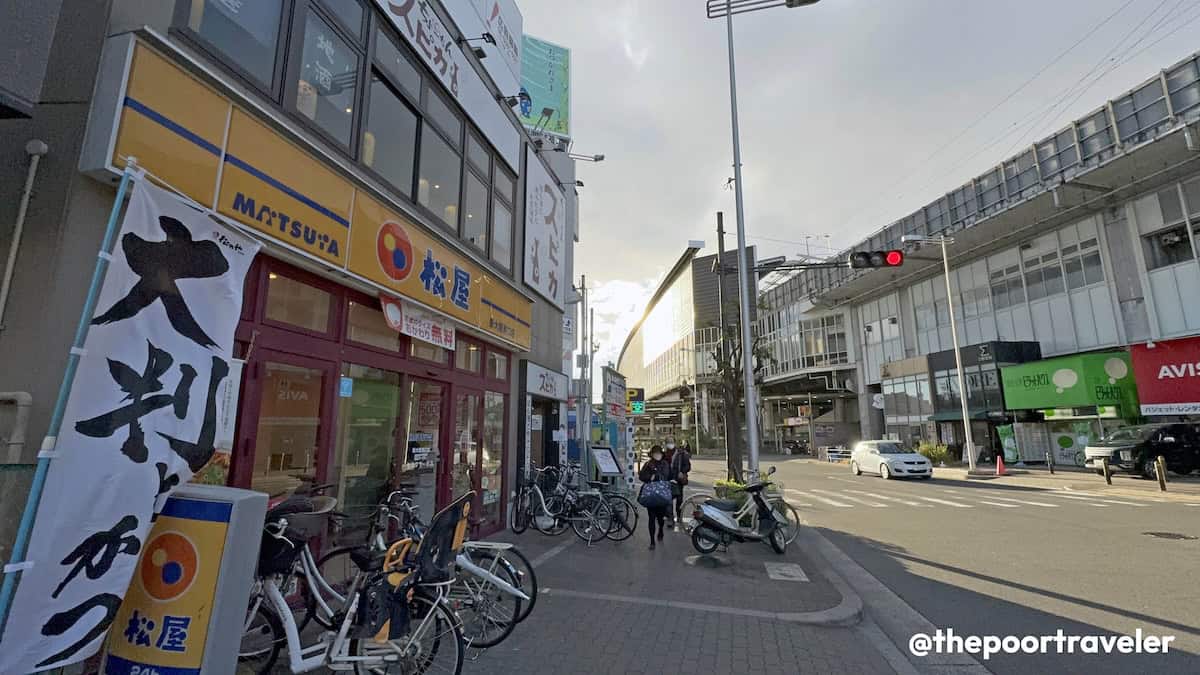
Another common mix-up happens between Osaka Station and Shin-Osaka Station. Despite their similar names, these are two completely different stations, and they’re not close to each other. The key difference? Shin-Osaka Station serves Shinkansen or bullet train, while Osaka Station does not. The word “shin” means “new” in Japanese, and in this case, Shin-Osaka is the newer station.
If you have a bullet train to catch, make sure to go to Shin-Osaka Station. And once you’re there, remember that the Shinkansen has its own separate entrance, so check the signs carefully and enter the correct gate.
5. Sticking to Trains and Taxis
Osaka and Kyoto have extensive train networks, and most attractions are easily accessible by train. However, not all sites have train stations nearby. In Kyoto especially, some of the most important landmarks are best accessed by bus rather than by train.
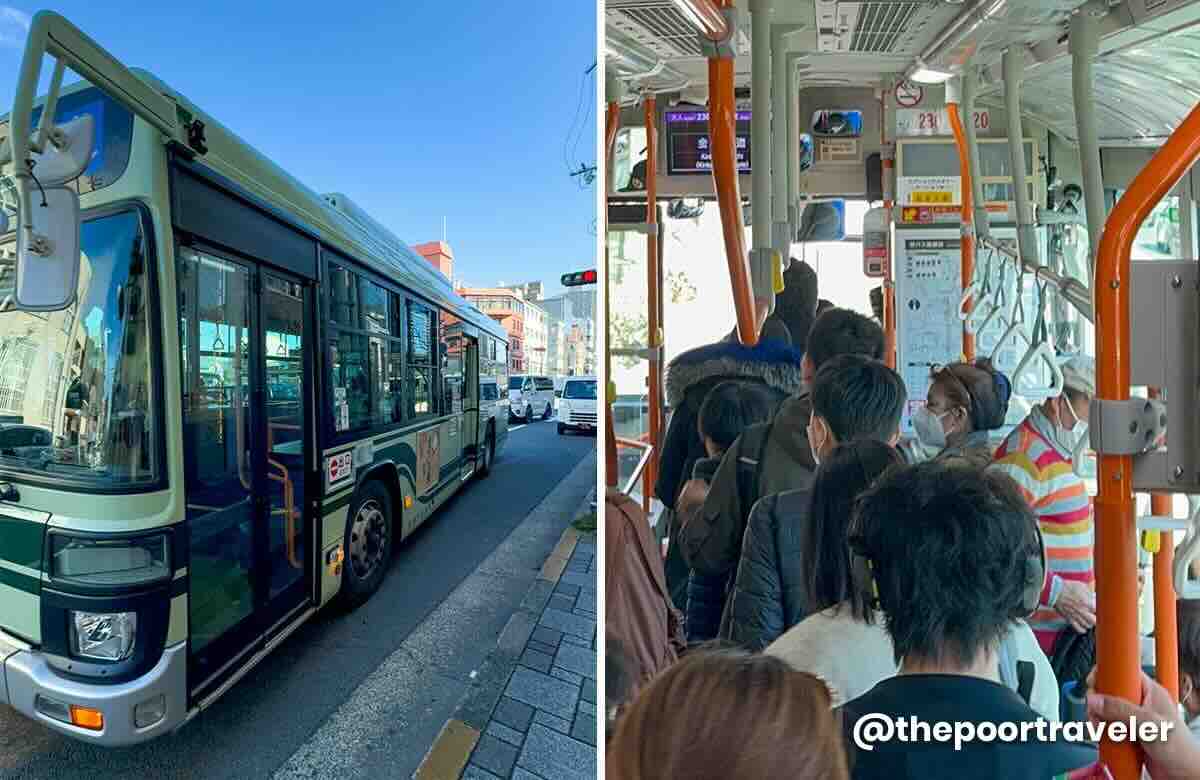
Two UNESCO World Heritage Sites in Kyoto are far from train stations. The first is the Golden Pavilion or Kinkaku-ji Temple, which isn’t along any major train line. The best way to reach it from Kyoto Station is by taking Bus #205 from the B3 bus terminal in front of the station. REMINDER! Just be careful not to board the RAPID 205 bus, as it doesn’t stop near the temple.
Another major site that’s far from the train lines is Kiyomizu-dera Temple. The nearest train station, Kiyomizu-Gojo Station (Keihan Line), is a 25-minute walk away. If you’d rather cut that time in half, take a bus instead. The nearest bus stop, Gojozaka, is only a 12-minute walk from the temple. While you still have to walk uphill, it’s much shorter than coming from the train station. Plus, the Higashiyama district along the way has lots of attractions to enjoy. If you’re coming from Kyoto Station, take Bus #206 or Bus #86 to reach Gojozaka.
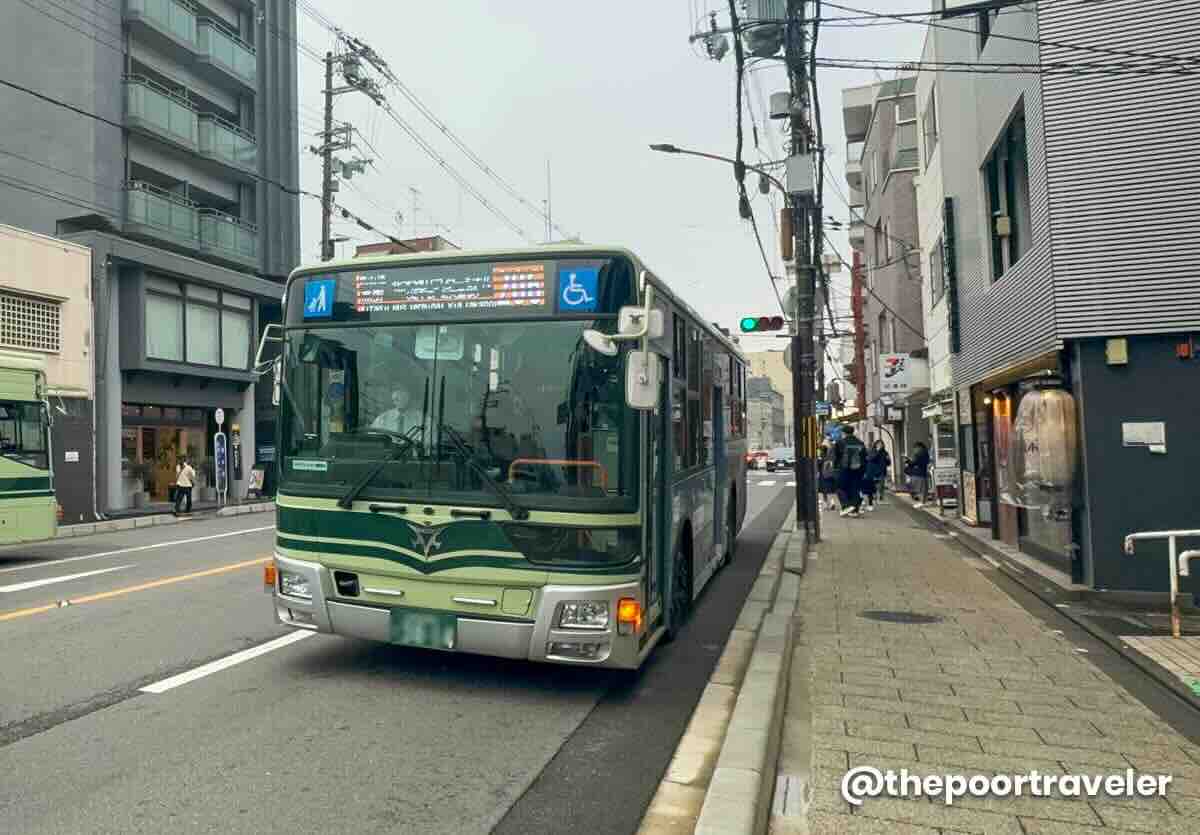
Using Kyoto’s city buses is quite simple. Most buses have two doors: one at the front, near the driver and another at the back or middle. Typically, you board through the rear door. Most buses charge a flat fare, so you don’t need to tap your IC card or take a ticket when boarding. When you’re ready to get off, exit through the front door, where you’ll pay using an IC card or cash. Note: If you choose to pay in cash, make sure to have the exact amount, as no change is given.
If the bus has only one door, always let passengers exit first before you board.
As for taxis, we haven’t tried taking one in Osaka or Kyoto because they are expensive. The only thing we can tell you is that the doors open automatically, which is pretty cool!
6. Staying in the Wrong Area
Osaka and Kyoto offer many great districts for tourists, and in general, as long as your accommodation is near a train station in the city center, you’ll be fine. The train system here is extensive and reliable, making it easy to get around. However, each district has its own pros and cons, so choosing the right area depends on your travel plans.
As mentioned earlier, Osaka is the usual base for tourists exploring the region. Here are the popular areas:
Kita Ward
Kita Ward (North Ward) is a top choice for tourists. This district is home to Osaka Station and Umeda Station, two of the busiest and most well-connected stations in the region. Many consider this area the heart of Osaka, especially in terms of transportation and shopping. If you plan to visit Kyoto, Kobe, or Nara, staying in Kita Ward is ideal because these destinations are easily accessible from here. Plus, long-distance buses to Tokyo also depart from this area. The downside? Hotels here tend to be more expensive due to the prime location. However, if you explore the inner parts of the district, you can still find some affordable accommodations.
If you are planning to stay in this area, here are some of the top-rated properties according to online user reviews.
Minami Ward
Another fantastic area is Minami Ward (South Ward), which includes Namba and Dotonbori, two of the most vibrant and tourist-friendly areas in Osaka. If you want to be close to Dotonbori’s neon lights, street food, and nightlife, book a hotel in this area. Minami Ward is also a transportation hub, with multiple train stations and the Osaka City Air Terminal (OCAT), where you can catch buses to other prefectures like Tottori or Hiroshima.
If you are planning to stay in this area, here are some of the top-rated properties according to online user reviews.
Near Shin-Osaka Station
If you plan to take the Shinkansen or bullet train multiple times and use Osaka as your base, staying near Shin-Osaka Station is a smart choice. On a recent trip, we stayed at APA Hotel, just a couple of blocks from Shin-Osaka Station, and had a great experience. The area is quiet, but there are plenty of convenience stores or konbini and fast-food restaurants nearby, making it a practical option for travelers.
If you are planning to stay in this area, here are some of the top-rated properties according to online user reviews.
Search for more Osaka Hotels!
7. Standing on the Left on the Escalator
In Japan, there’s an unwritten rule when it comes to using escalators, and it differs by region. In most parts of Japan, including Tokyo, people stand on the left side, leaving the right side open for those who want to walk or overtake. However, in Kansai Region, it’s the opposite — people stand on the RIGHT side, and those who want to walk or overtake use the left.
The origin of this regional difference is uncertain, but one theory suggests that it dates back to the Osaka Expo in 1970. According to an article from nikkei.com, organizers followed the global standard of standing on the right for escalator etiquette, and the practice has continued in Kansai ever since. While some question whether this is the real reason, what’s important is that in most of Kansai region, people generally stand on the right when using an escalator.
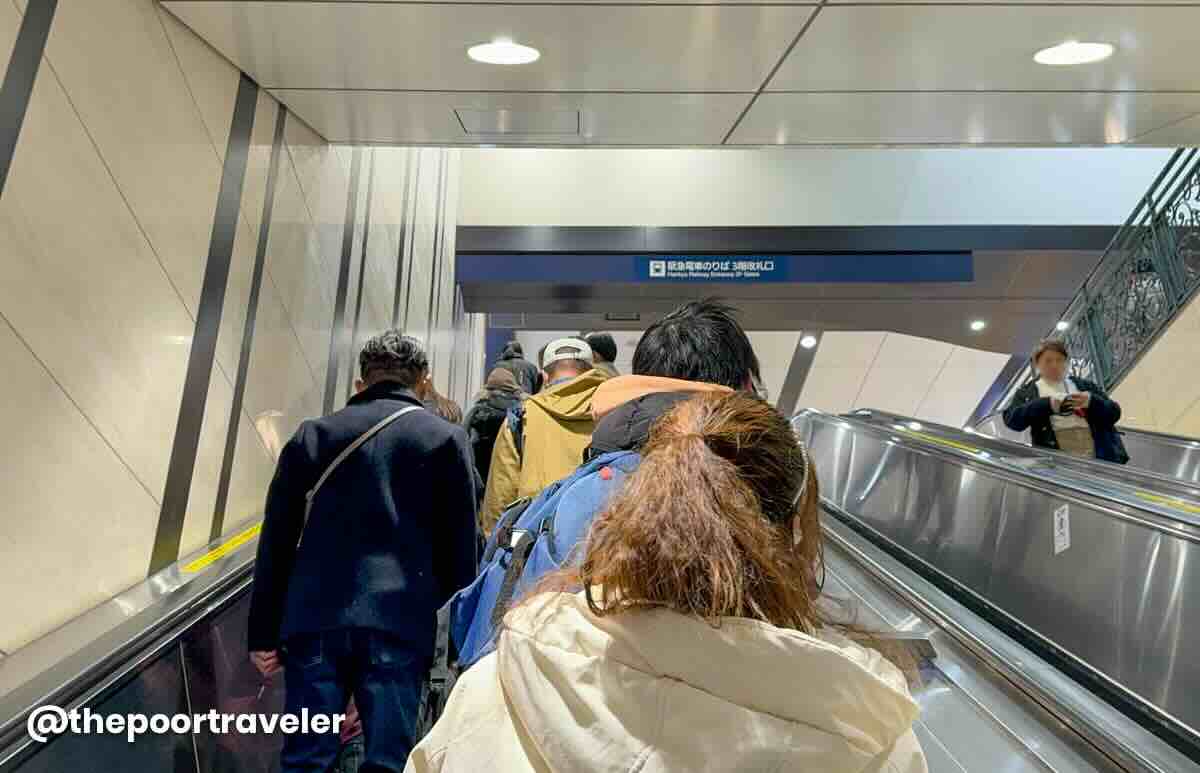
However, Kyoto is one notable exception. Unlike the rest of Kansai, locals in Kyoto prefer to stand on the LEFT, like in Tokyo. But in reality, escalator etiquette in Kyoto Station can be confusing because some people stand on the left while others stand on the right. This might be due to the large number of tourists from different regions, leading to mixed practices.
To avoid making mistakes, the best approach is to observe the people around you when you step onto an escalator. The purpose of this etiquette is to keep one side open for those who need to walk or are in a hurry. So, if everyone is standing on the right, do the same. If they’re standing on the left, follow suit. This way, you can blend in seamlessly and avoid blocking people who are rushing.
8. Not Exploring Wider and Further
We’ve mentioned earlier that most tourists tend to flock to a specific spot of a site. For example, in Arashiyama Bamboo Forest, a lot of visitors stay near the entrance and don’t venture farther in. But there is so much more to Arashiyama than just its famous bamboo grove.

Right next to the bamboo forest is Tenryuji Temple, a UNESCO World Heritage Site. And yet, every time we visit, we notice that while the bamboo grove is packed, the temple itself remains relatively quiet. It’s a great place to enjoy some peace, but at the same time, we can’t help but think that many tourists are missing out on seeing this important historical site.
Beyond the temple, Arashiyama has even more to offer. The Togetsukyo Bridge is a scenic landmark worth visiting, while Nonomiya Shrine and Horinji Temple offer additional cultural experiences. You can also embark on a yakatabune boat tour, which takes you on a serene ride down the Oi River. The views are breathtaking, especially during autumn, when the foliage is in full display. If you’re lucky, you might even see a paddling of ducks gliding across the water. The tour costs around JPY 4000 for two people, with an additional JPY 1000 per extra person, which might feel a bit pricey, but the experience is well worth it.

Similarly, if you visit Osaka Castle, many visitors only stay outside to take photos. While that’s not necessarily a mistake, entering the castle is highly recommended. Inside, you’ll find exhibits showcasing Osaka’s rich history, and it gives you a deeper appreciation of the landmark beyond just its stunning exterior. The entrance fee is JPY 600, but if you have the Osaka Amazing Pass, entry is FREE.
And if you have more time and budget, don’t limit yourself to just Osaka and Kyoto — especially if it’s not your first time visiting. These cities are fantastic, but they also serve as jump-off points to other amazing destinations. Consider exploring Kobe, Himeji, Nara, Wakayama, Shiga, and Mie. If you’ve been to Osaka multiple times, trying out these less-visited cities will give you a fresh perspective on Kansai’s diverse beauty.
9. Limiting Your Food Options to Konbini and Fast Food
Japan is one of those countries where convenience stores and supermarkets offer an abundance of delicious and affordable food. You’ll find pre-cooked meals that are not only budget-friendly but also surprisingly tasty. However, while it’s tempting to rely on these options, it’s important to find a balance between grocery store meals and dining at local restaurants. After all, Osaka is considered “Japan’s Kitchen“, and Kyoto boasts an impressive number of Michelin-starred restaurants.

Exploring Japan’s food scene doesn’t have to be complicated. Sometimes, all it takes is opening your Google Maps app to discover a fantastic local restaurant near your hotel. This way, you can fully appreciate Japan’s rich food culture. If you’ve had your fill of ramen, try switching things up with a bowl of udon or soba. And while takoyaki is a must-try Osaka street food, don’t stop there. Step into an okonomiyaki restaurant to experience why it’s an Osaka icon and learn how Kyoto’s betayaki and negiyaki differ from Osaka’s version.
If you’re looking for a highly recommended food spot, head to Endo Sushi near the port. It was the first sushi bar we ever visited in Japan, and even after multiple trips, we still can’t forget it. In fact, we make it a point to visit almost every time we’re in Osaka.

10. Underestimating the Weather
We’ve explored the Kansai Region in all four seasons, and the contrast is stark. We’ve experienced getting all sweaty in the summer and have felt the biting cold of winter, especially when venturing beyond Osaka.
If you’re visiting during summer, particularly in July or August, wear light, breathable clothing to stay comfortable, especially if you plan on exploring the outdoors. The heat and humidity can be intense, so dressing appropriately will help you enjoy your trip without feeling overwhelmed by the weather.
For a winter trip, proper outerwear is essential, especially if you plan on hiking or skiing. There are many types of jackets, and the best one depends on your cold tolerance and comfort level. If you have a high tolerance for the cold, you may not need too many layers. However, if you’re someone who gets chilly even from air conditioning, expect that you might need a puffer jacket along with heat tech innerwear.
If you’re exploring the city in winter, choose a jacket that’s easy to take off, as trains and indoor establishments are well-heated. A bulky jacket that’s difficult to remove can become inconvenient when constantly moving between the cold outdoors and warm indoor spaces. Dressing smartly for the season ensures you stay comfortable and make the most of your Kansai adventure!
Have Peace of Mind While Traveling!
Getting a travel insurance is optional, but we highly recommend this, especially when traveling abroad. Travel can be unpredictable, and though we hope we’ll never use it, having it gives us peace of mind in case of unexpected delays, cancellations, or emergencies.
For international destinations, consider PGA Sompo’s TravelJOY Plus insurance. You can GET IT HERE. Don’t forget to use WORTHIT for a special affordable rate.
Updates Log
2025 5 10 – First uploaded


